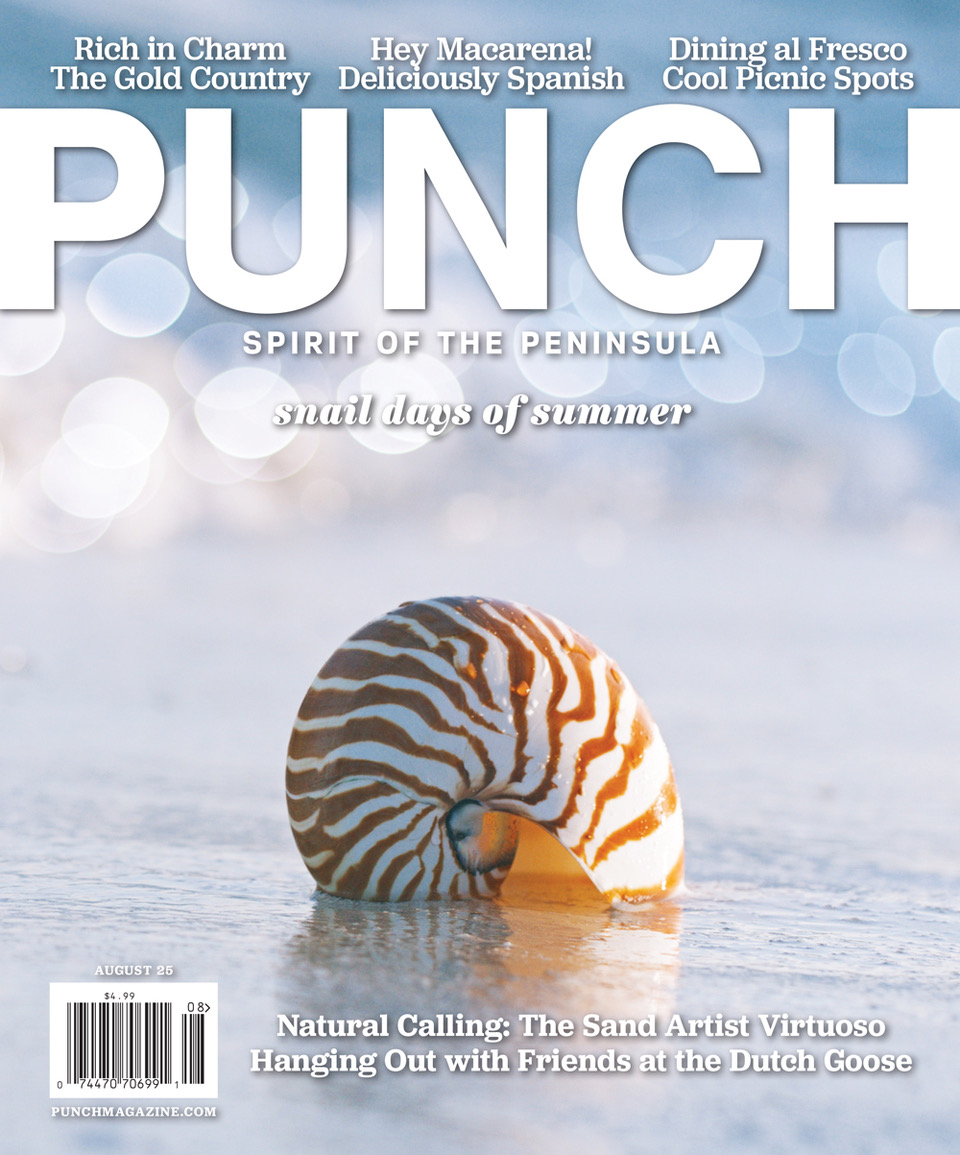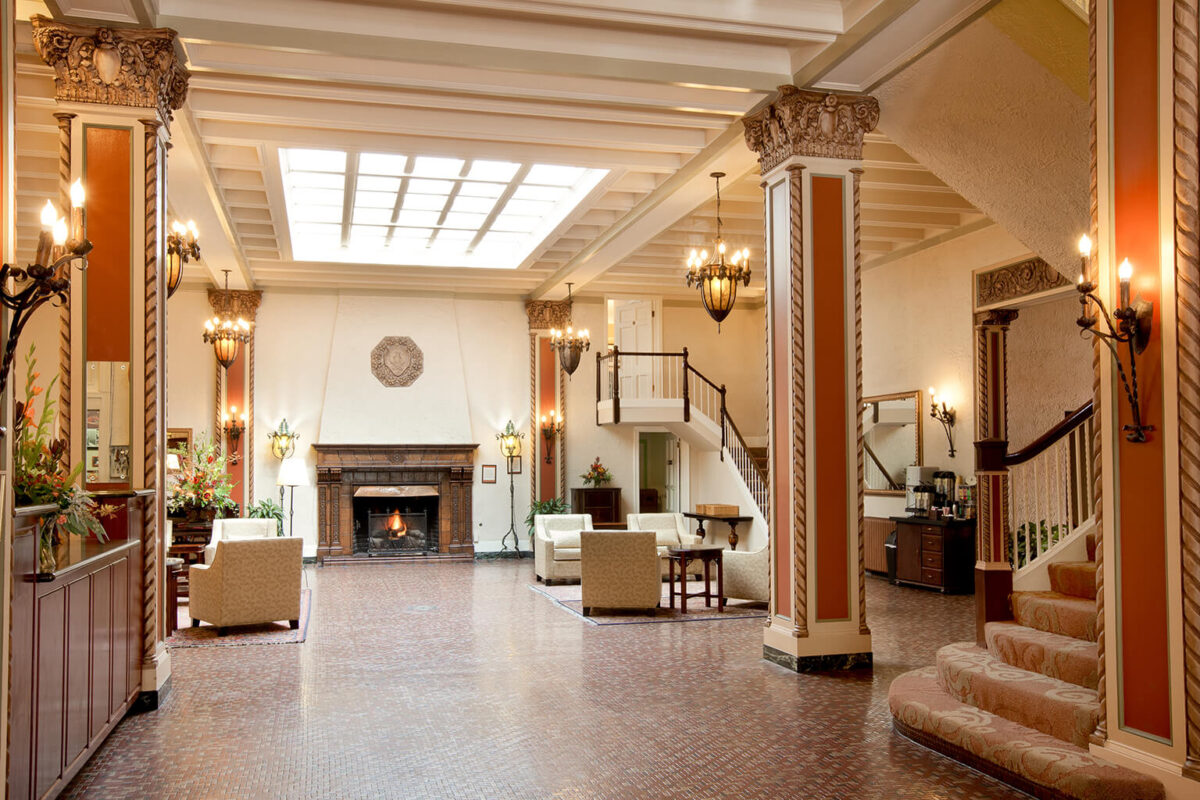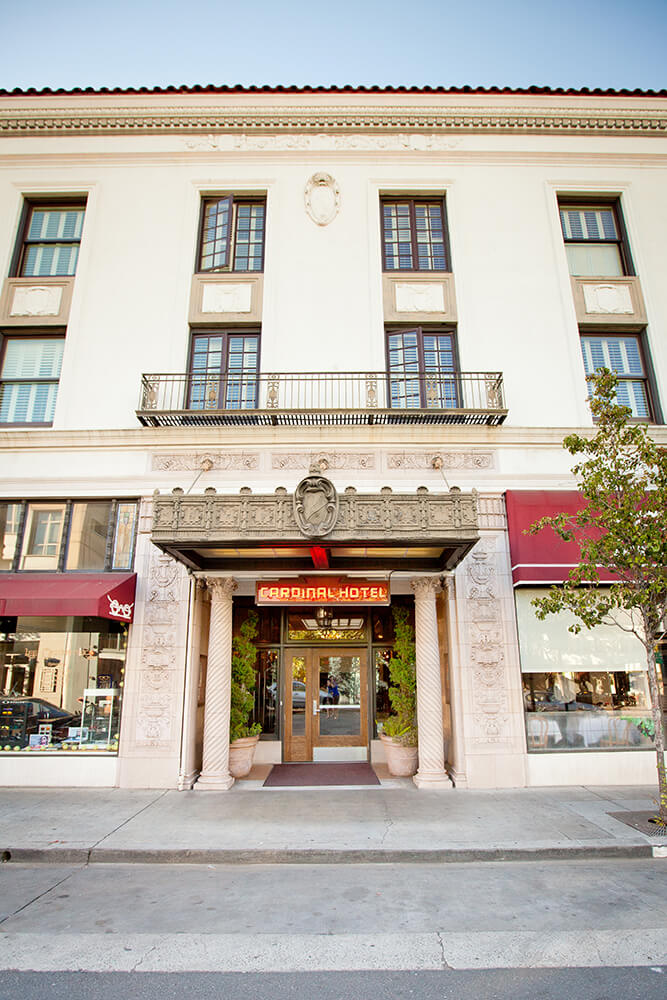Words by Andrea Gemmet
Quick: Who’s your favorite character from the Peanuts cartoons? Is it thoughtful Linus, sassy Sally, irrepressible Snoopy or loveable loser Charlie Brown?
For brothers Sean and Jason Mendelson, who work together at Lee Mendelson Film Productions in Burlingame, figuring out which characters they most identify with took some soul-searching. A bit ironic, since their late father Lee is the reason that generations of kids grew up watching animated Peanuts specials on TV.
In 1963, Lee left his job at KPIX-TV in San Francisco, opened his own company and made a documentary about baseball legend Willie Mays. Lee thought it would be fun to do his next documentary on a terrible baseball player—good ol’ Charlie Brown. Lee met with Peanuts creator Charles Schultz to pitch the idea and their mutual admiration for Willie Mays sealed the deal. The documentary A Boy Named Charlie Brown never aired on TV, but it led to their next project: A Charlie Brown Christmas. That hastily-made holiday classic kicked off a creative partnership that produced over 40 Peanuts specials and endured until the beloved cartoonist’s death in 2000.
Unlike most kids growing up in the 1980s and ‘90s, Sean and Jason didn’t just watch Charlie Brown specials—they had a hand in making them. Lee Mendelson Productions was a family affair. Glenn and Lynda, older siblings from their father’s first marriage, were the voices of piano-playing Schroeder and curly-haired Frieda in the 1960s. Sean did voice acting as a child, as did Jason, who played the roles of Peppermint Patty and her sidekick Marcie. Both men say they didn’t think much of it at the time.
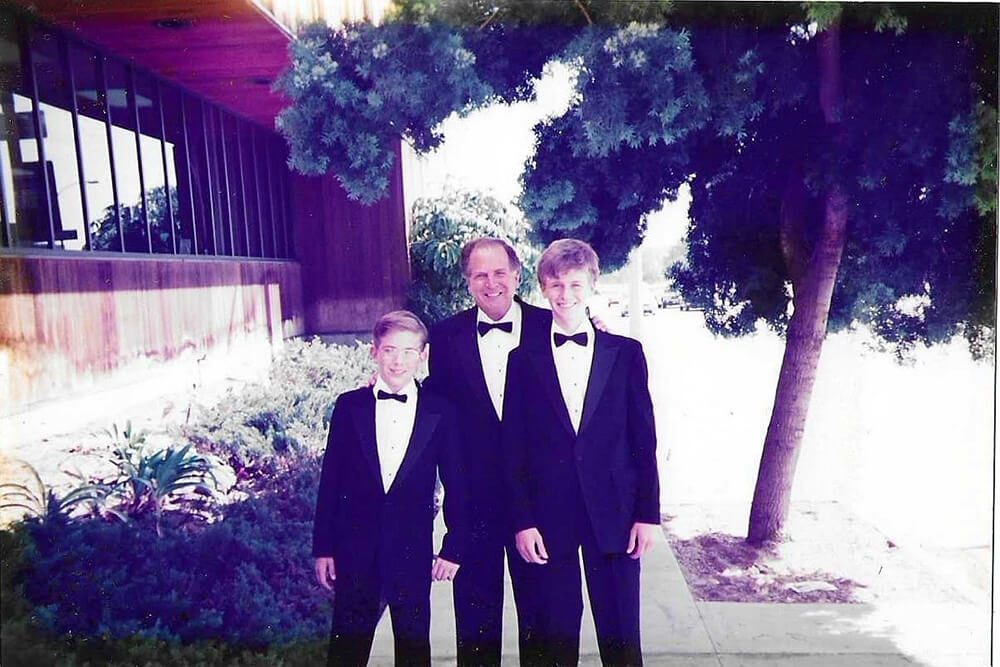
“If there was a special coming out and I had a big part, it might be two hours on a Saturday,” Jason says. They’d go into the studio, their dad would say the lines and he and Sean would say them back to him. “I was in studios doing recordings at four and five years of age, as was Sean.” Then the boys would forget about it—until it aired on TV months later.
The Sound of Charlie Brown
These days, the four siblings work together at the film production company their father founded. Glenn, Lynda and Jason have been there for years, while self-described black sheep Sean has recently joined the fold in a more prominent role. Jason, a filmmaker and attorney, cheerfully owns up to the opportunities that sprang from his father’s connections, but “I made a point my whole life—my whole adult life—to not work for my dad,” says Sean, a musician.
That changed after Lee’s death from lung cancer in 2019, when they discovered a treasure trove of Vince Guaraldi’s original session recordings for Peanuts specials at the film production office in Burlingame. The tapes were in mint condition, Sean says, and contained masterful performances.
It was back in 1963 that Lee talked the famed cartoonist into hiring the Bay Area jazz artist to compose and perform music for Peanuts. Charles (known as Sparky to his friends), wanted to use classical music, but “Vince really got the characters,” Jason says, pointing out that he composed “Linus and Lucy” for the documentary, not the Christmas show. That instantly recognizable melody became the signature sound of Peanuts. Vince kept composing and recording soundtracks for the steady string of Peanuts specials that followed and released an album, Jazz Impressions of a Boy Named Charlie Brown, with songs from Lee’s ill-fated documentary.
Vince was recording music for It’s Arbor Day, Charlie Brown in 1976 when he died at a jazz club in Menlo Park at age 47. Fast-forward several decades to the pandemic, when Sean and Jason got the idea to re-release the soundtrack album of It’s the Great Pumpkin, Charlie Brown. “I wanted to make the Great Pumpkin record better than it was,” Jason explains. “The one that came out originally had some issues because they didn’t use a really good source. I had no intention of releasing anything other than Great Pumpkin.”
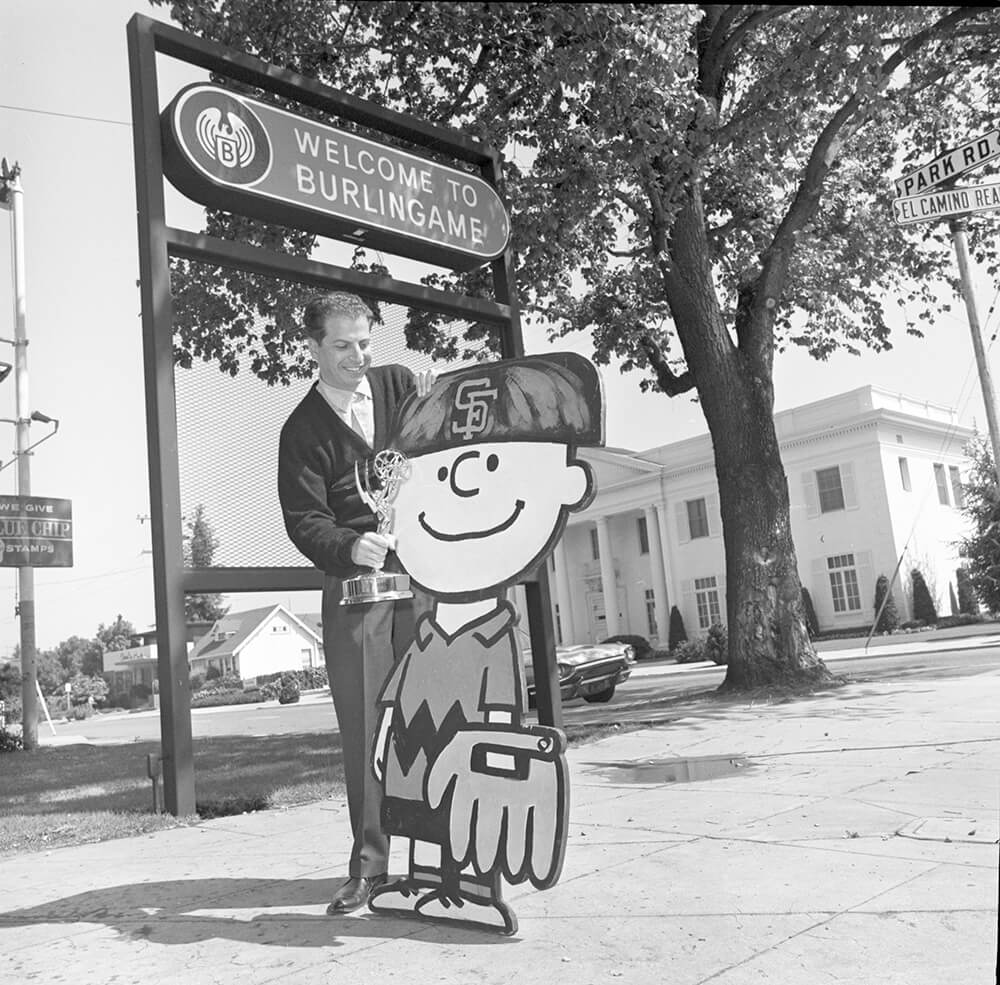
Hasty Holiday Special
Lee Mendelson and Charles Schultz came up with the outline for A Charlie Brown Christmas in one day, got the green light and had only six months to pull it off. Unable to find a lyricist on short notice, Lee penned the words to the song “Christmas Time Is Here” on the back of an envelope. The show broke all kinds of rules: it had children voicing the characters, an anti-commercialism message, a jazz soundtrack and a character reciting a Bible verse. But the creative team of Lee, Charles and animator Bill Melendez stayed true to their vision. Right before it came out, “Bill and Lee thought, ‘We killed Charlie Brown.’ They were convinced they’d screwed it up,” recalls Lee’s son Jason. Instead, they created a groundbreaking holiday classic.
The brothers refer to it as a “holy grail” moment when they found the cache of Vince’s old session tapes in the office. “They sound amazing,” marvels Sean. “It sounds like they were recorded yesterday.” Like their father, Sean and Jason are huge fans of Vince’s music and proud that Peanuts specials are often a child’s first introduction to jazz. To bring the music they loved to a wider audience, they teamed up with Craft Recordings to release the original Great Pumpkin soundtrack on records and CDs.
But the rest of those pristine session tracks were too good to keep to themselves. The brothers found that while a TV special might have used a 40-second version of a song, the studio recordings often held longer versions. “In some cases, it’s the greatest performance, but it was three seconds too long in 1966. So instead they did it again and again and again, and the one that hit the mark is now the one they had to use,” Jason says.
Sean and Jason started producing new soundtrack records themselves. “We’ve been riding the vinyl wave,” Sean says modestly. Their popular releases include pastel-colored, egg-shaped records for It’s the Easter Beagle, Charlie Brown and this summer’s offering, You’re a Good Sport, Charlie Brown, which features zoetrope images on the album and liner notes from Charles’ son, Craig Schultz, whose dirt-biking exploits inspired the animated special.
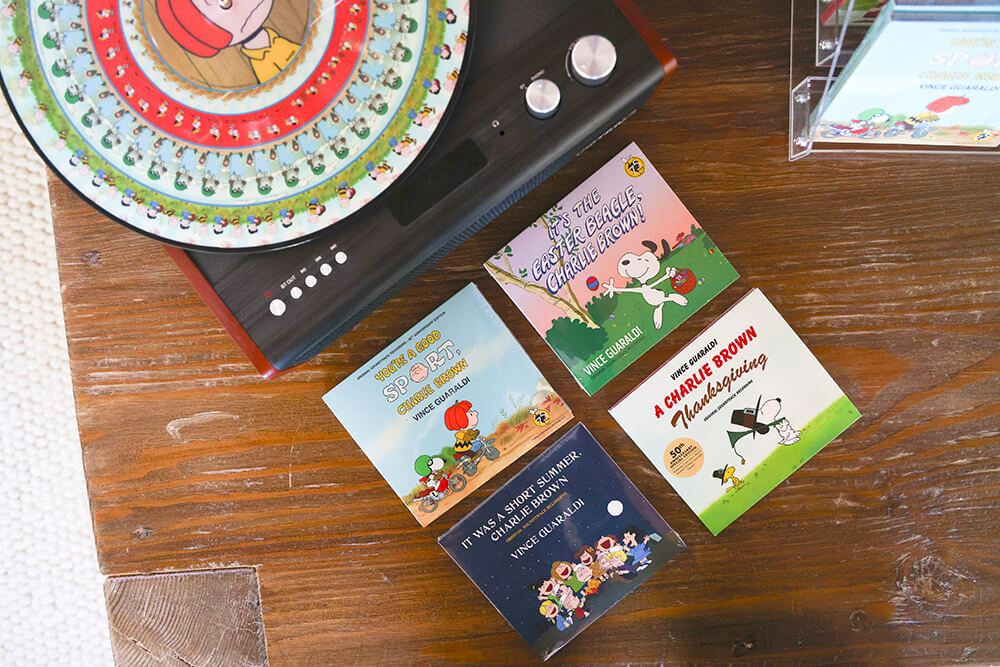
For Sean, who had only done contract jobs for Lee Mendelson Film Productions while pursuing his music career, the Peanuts records led to a bigger role in the family business. “The stuff Jason and I are working on is bringing me a lot of creative fulfillment,” Sean says. “It just fit like a puzzle because Jason and I are now a record company, for all intents and purposes.”
A Couple of Characters
For two guys who have spent their entire lives around Peanuts, Sean claims no one has ever asked them which character they identify with the most. In a joint interview where the siblings finish each other’s sentences and bicker good-naturedly, it takes me some time to extract an answer.
“I most identify with a little boy who throws up over the ship in the Mayflower episode of This is America, Charlie Brown,” Sean deadpans over Jason’s protests. The youngest of the Mendelson siblings, he next lands on Charlie Brown’s little sister Sally, for her bubbly personality. “And that’s what I strive to be. I try to take joy out of life,” Sean says. “No, excuse me. Forget that. Snoopy. Snoopy is mischievous in all the right ways and is a creative enterprise, always.”
Jason’s default answer is Peppermint Patty, “because that’s the last one that I played.” As a glasses-wearing child, he had also voiced her sidekick, Marcie. “When I played her, I felt like her and the way she was sort of supporting the others and not really doing her own thing,” Jason says. “I think for me now … it’s probably Charlie Brown because of the anxiety. I try to get up and keep going and persevering, but not like he does.”
“Man, did this take a turn,” jokes Sean, telling me, “You’re like Lucy in the psychiatrist booth, Andrea.”

Honoring a Legacy
Sean and Jason’s filmmaking father left big shoes to fill. Lee found success early, winning a Peabody Award for his series of documentaries on San Francisco for KPIX-TV, followed by a dozen Emmys, three more Peabodys and a bunch of Oscar and Grammy nominations over his long and prolific career. But what impressed his sons more than all those trophies was Lee’s ability to get the best out of the people he worked with and to treat everyone with respect and kindness. “I don’t know anybody who could say a bad word about him,” says Jason. “Even his ex-wives.”
Despite putting their own creative imprint on the project, they say producing Peanuts records is a way to honor their father. “He always promoted the other person, and that’s all we are doing right now—promoting Vince Guaraldi and, in effect, our father’s work on the TV shows,” Jason says. “We feel like we’re stewards.”
From Willie Mays and animator Bill Melendez to Vince Guaraldi and his musical successor, David Benoit, Lee’s collaborators became a kind of family. “My dad would be on the phone with somebody I thought was a family member,” Sean recalls. “I’d say, who were you talking to? ‘Oh, that was Sparky.’ He’d talk to him like he was a brother or a cousin.”
And that close community extends into the next generation. “Every time we do a clip show or a show about the history of Charlie Brown, I’ve never had anybody tell me they wouldn’t show up,” says Jason. “They want to do it to thank Lee or Sparky or Bill, and they always say yes.”
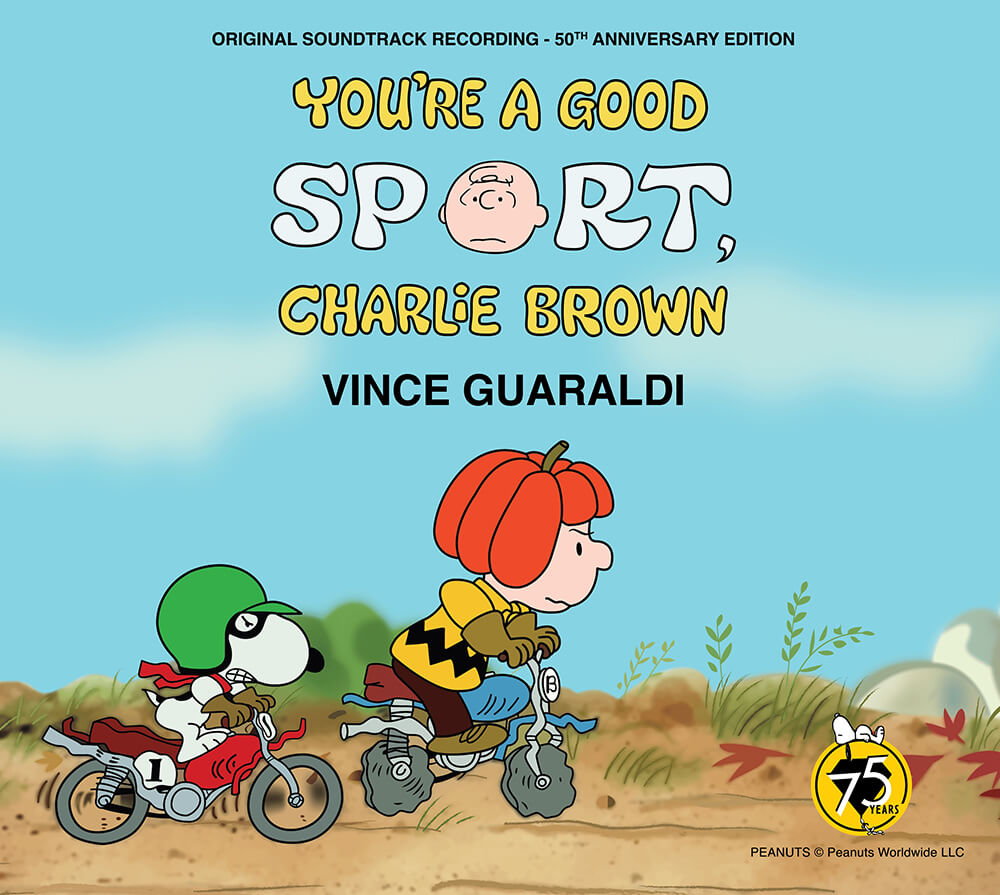
HEAR, HEAR
In July, Lee Mendelson productions released its latest Peanuts soundtrack from Vince Guaraldi’s original studio recordings, You’re a Good Sport, Charlie Brown. Available as downloads, CDs and zoetrope picture disc vinyl, its first run sold out. On September 12, 2025 it will be released in black eco-viny. mendelsonproductions.com
Want to experience Peanuts music live? The San Francisco Symphony performs A Charlie Brown Christmas on December 21 and 22. sfsymphony.org

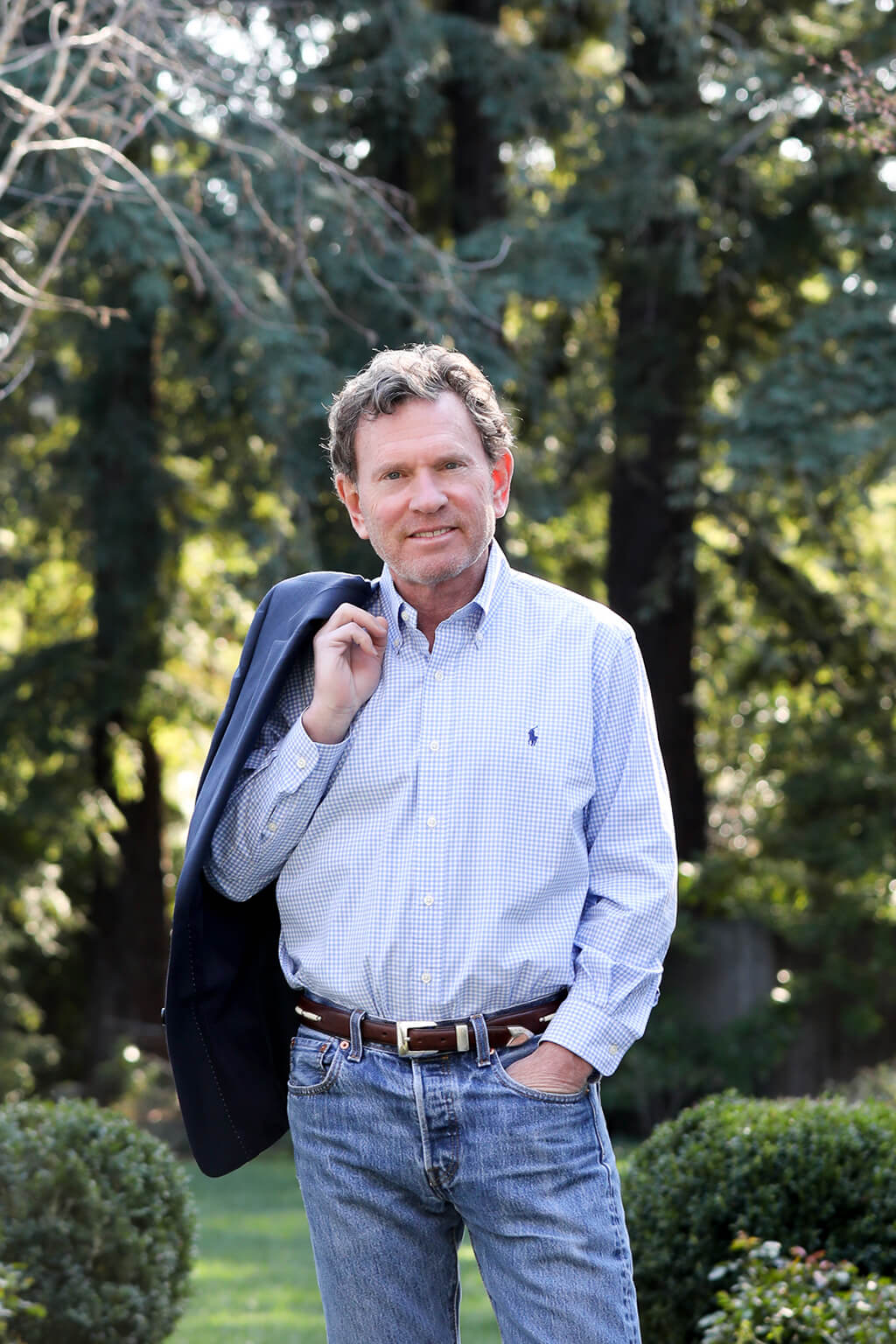
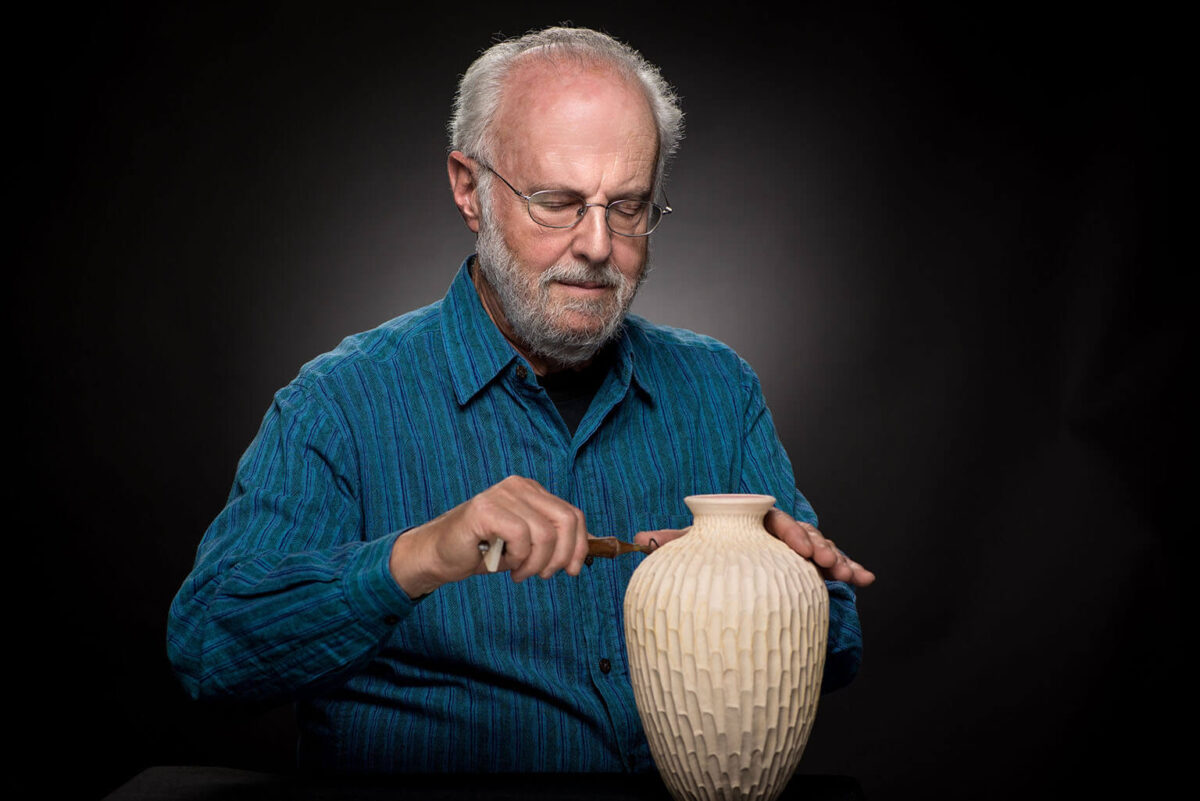
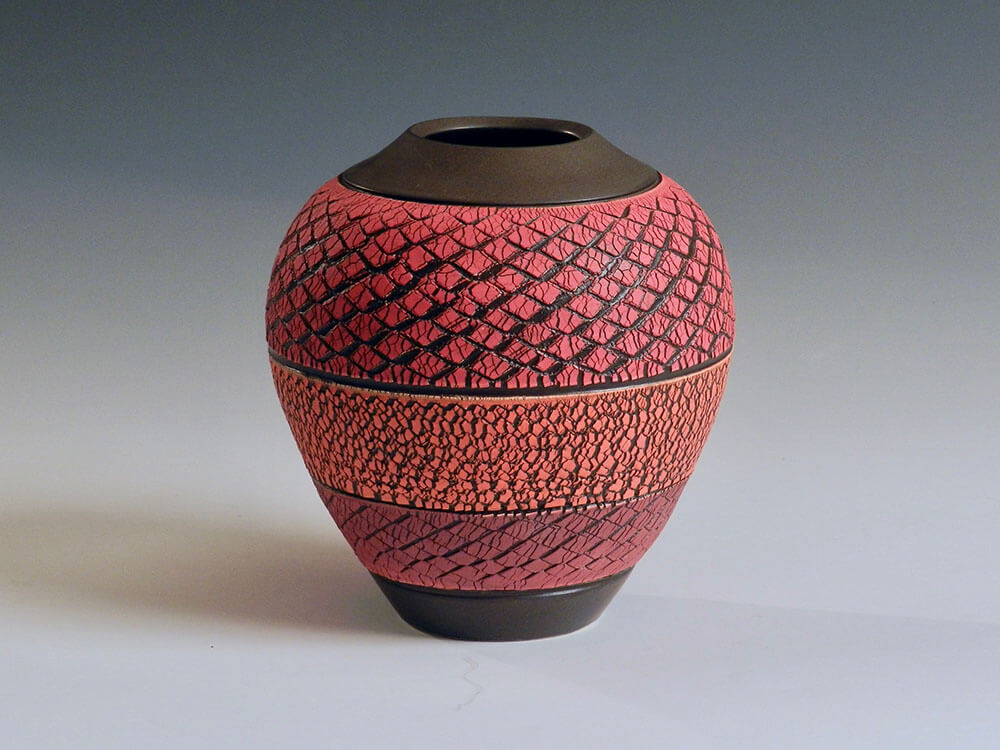
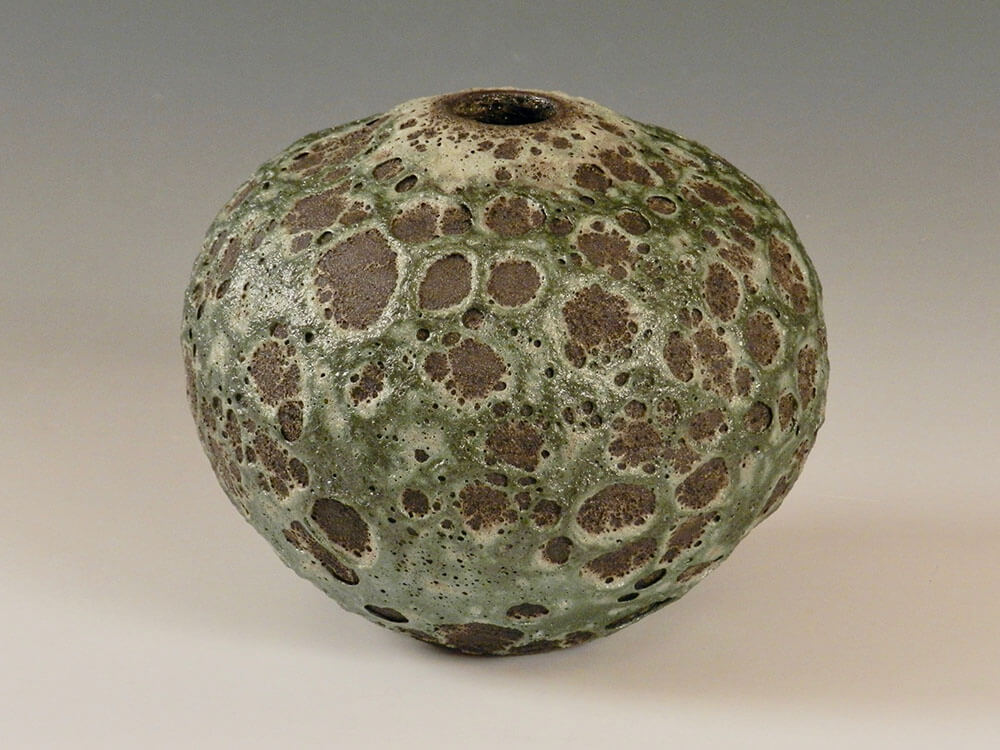
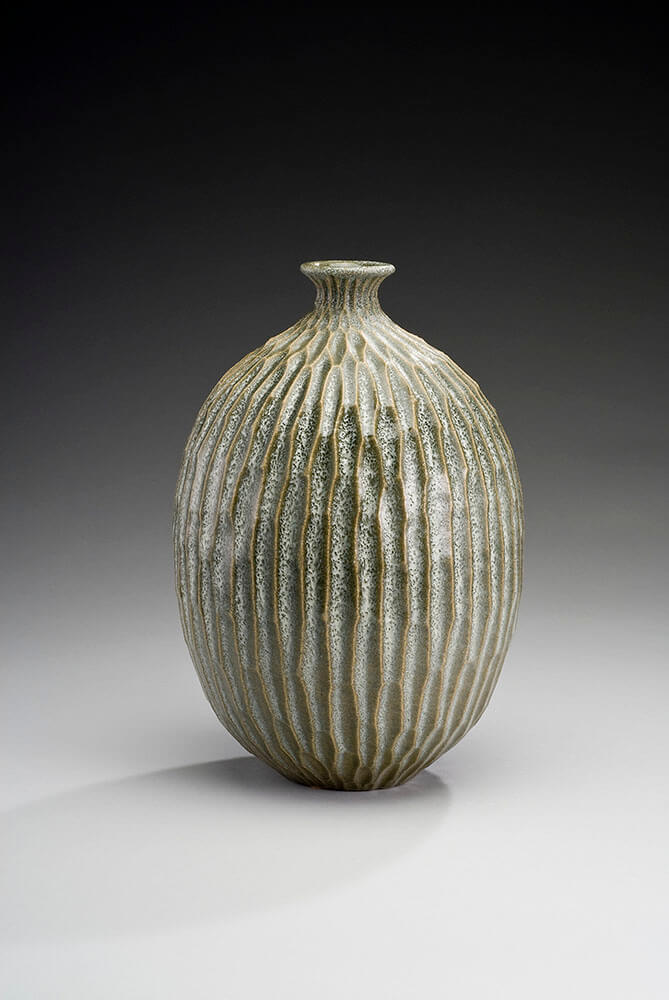
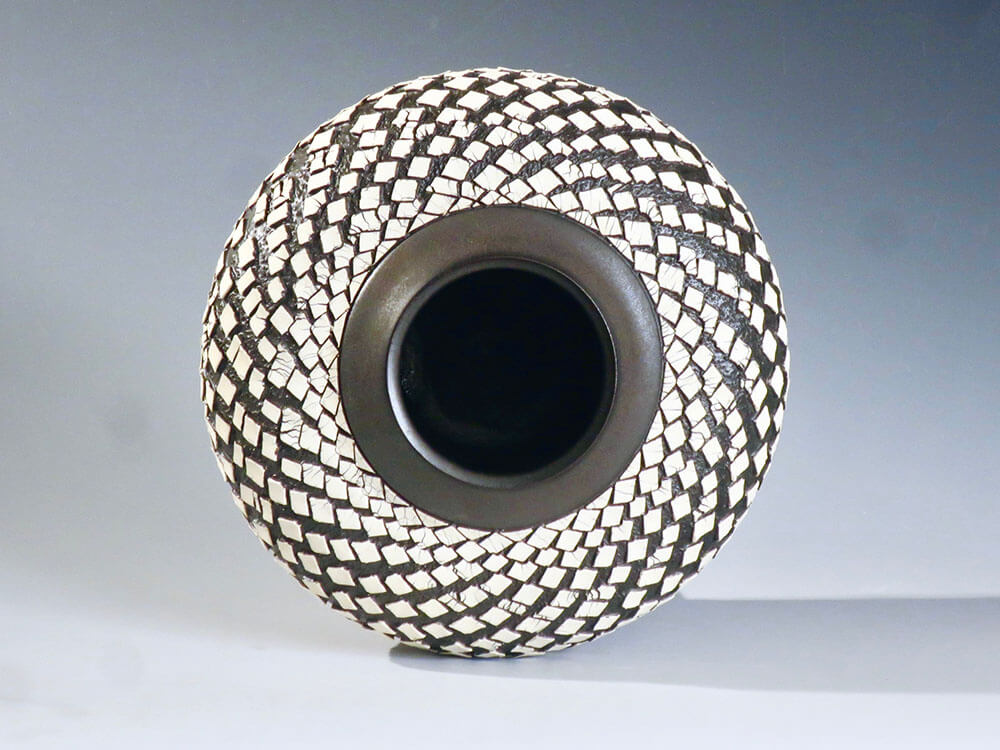
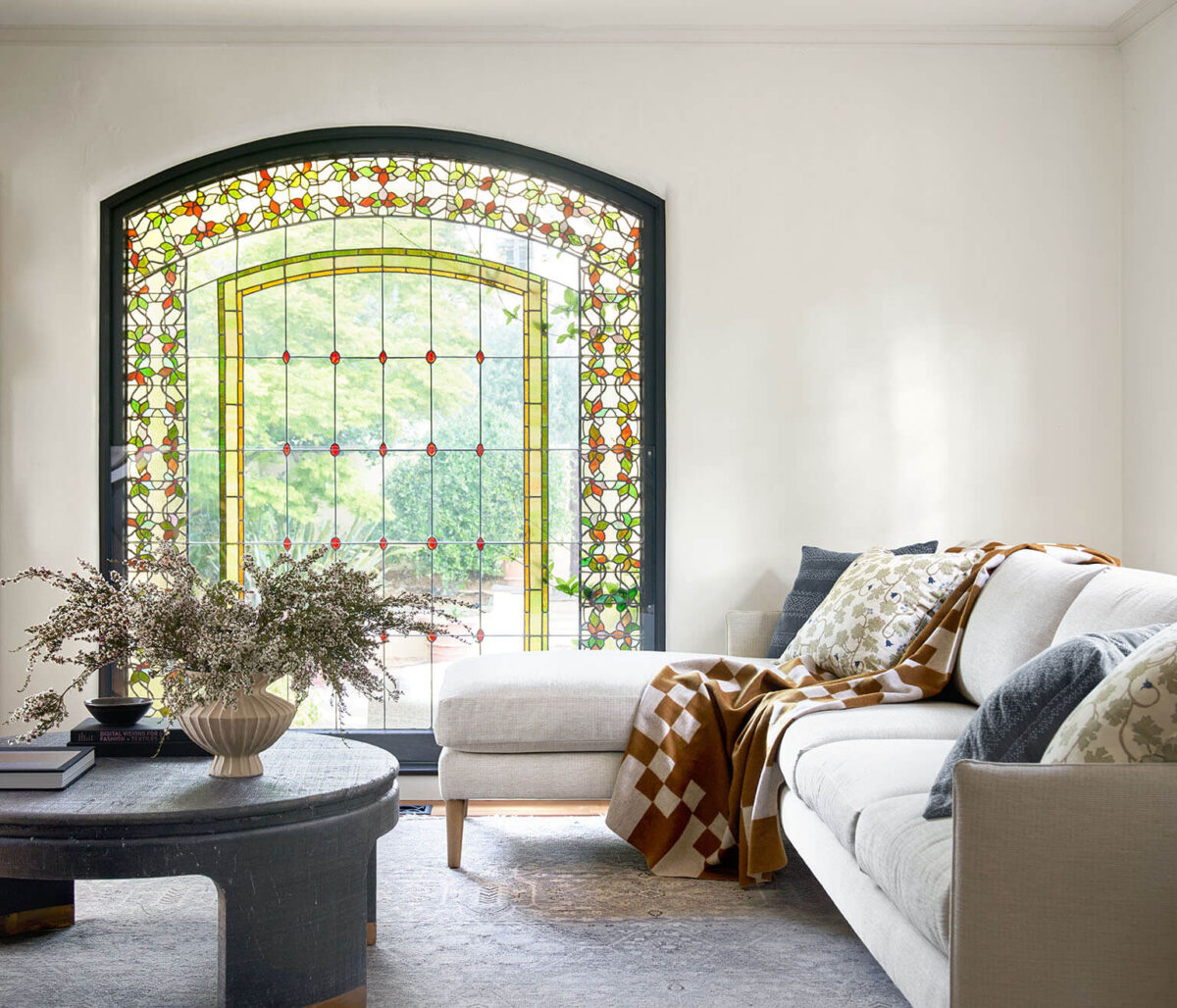
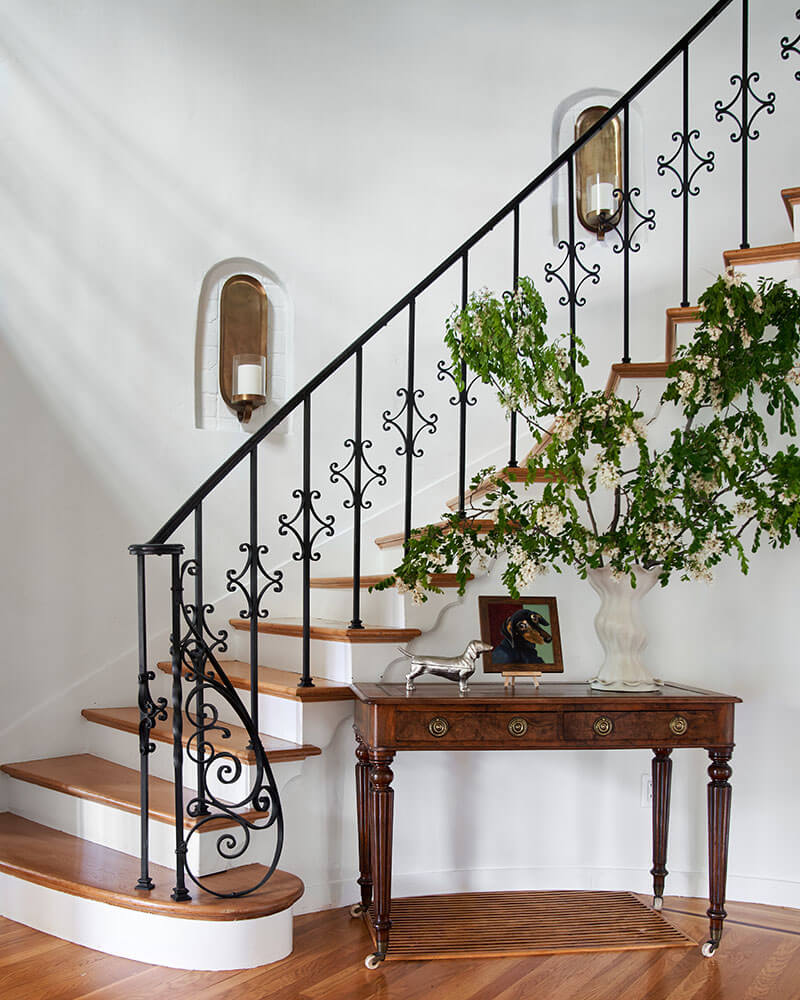

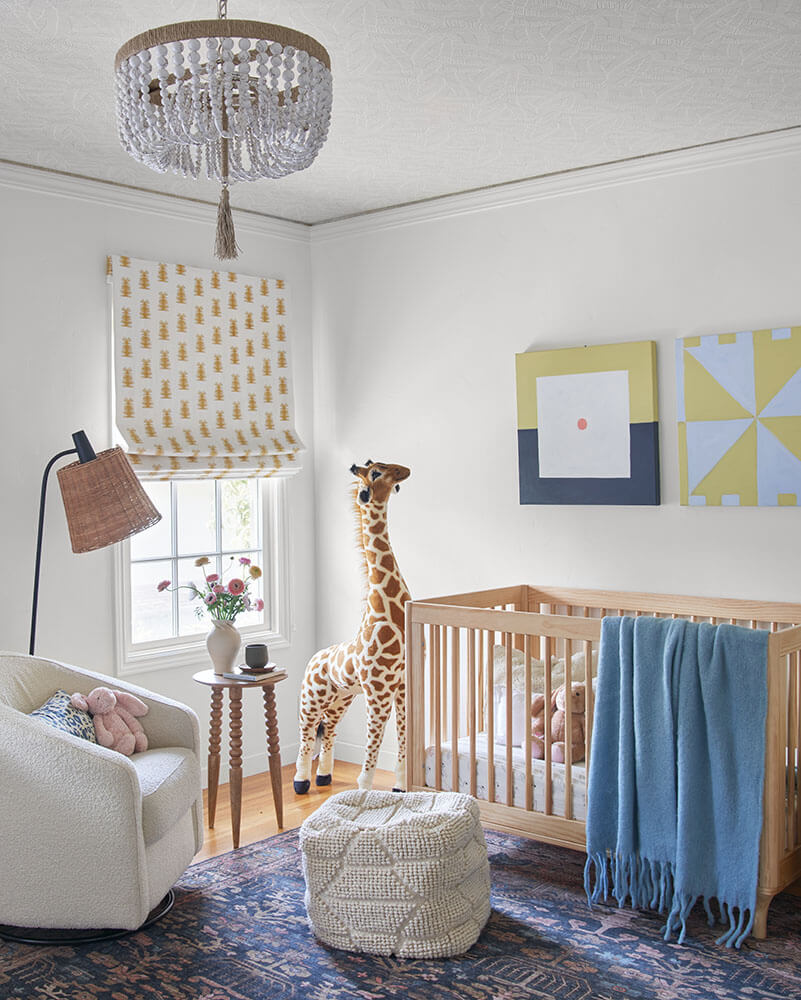

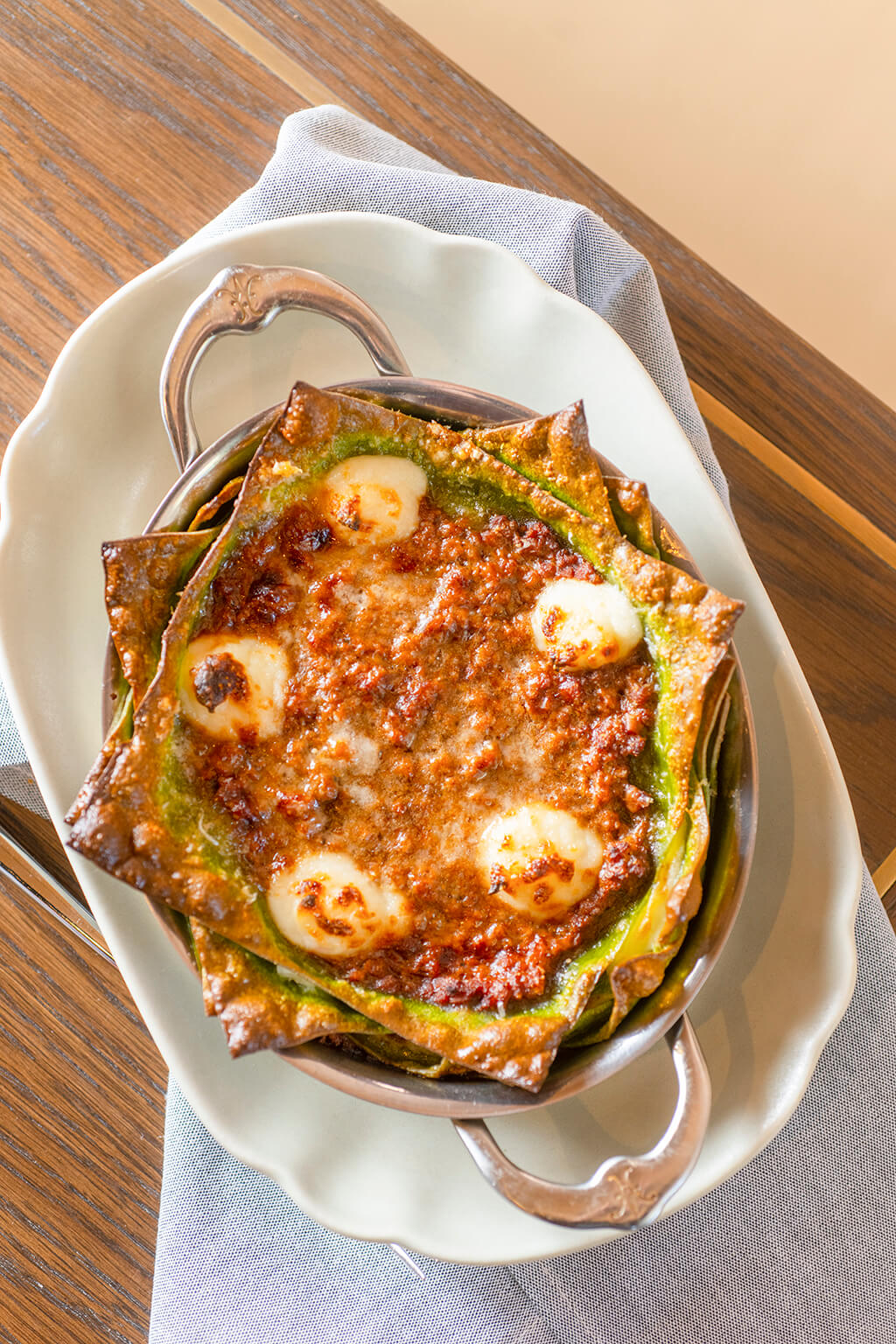
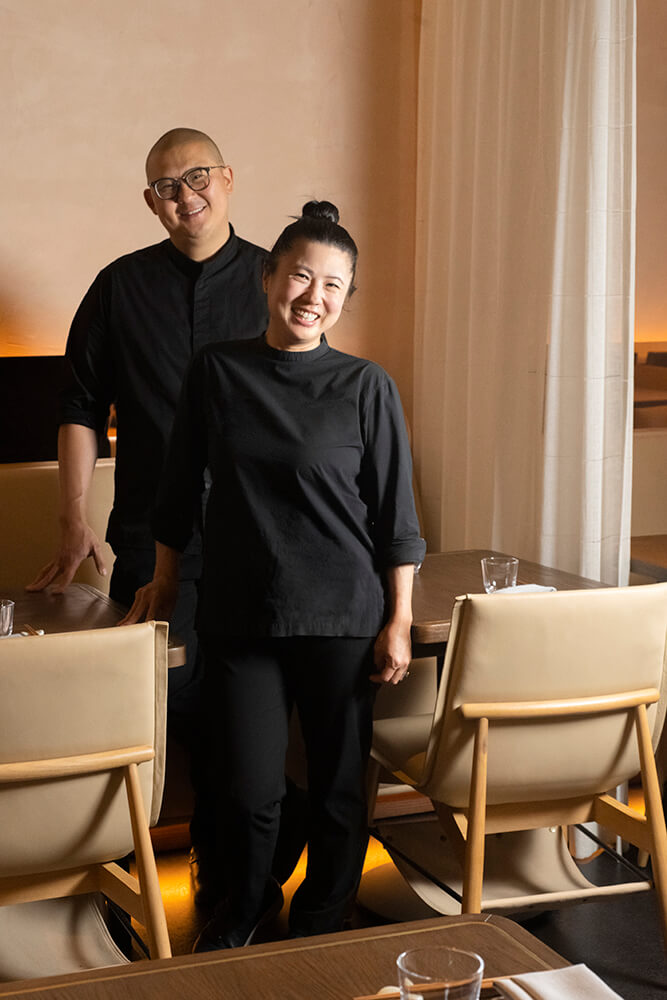
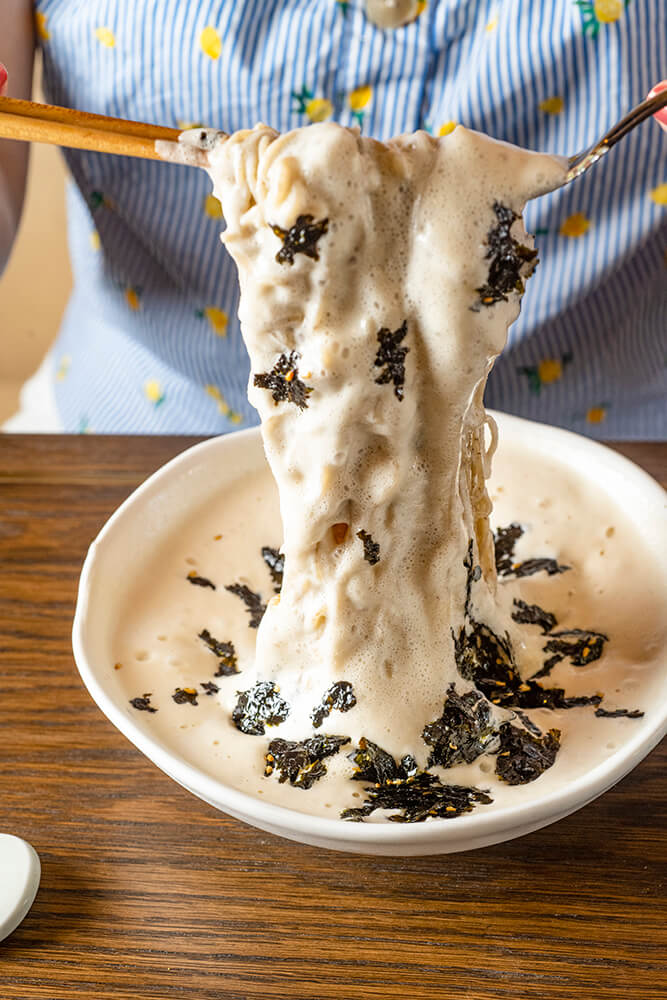
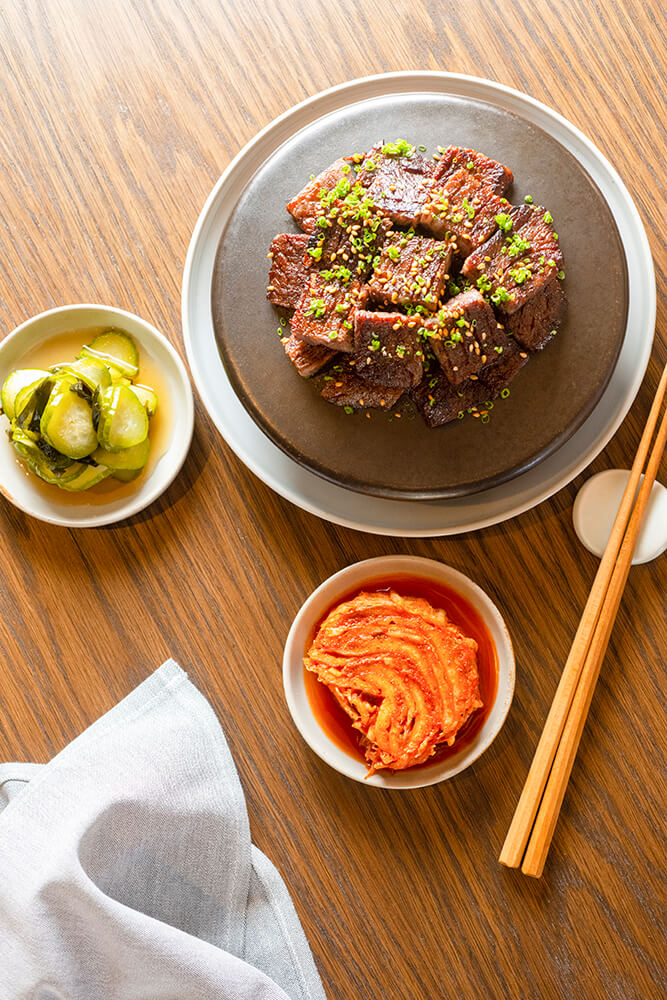
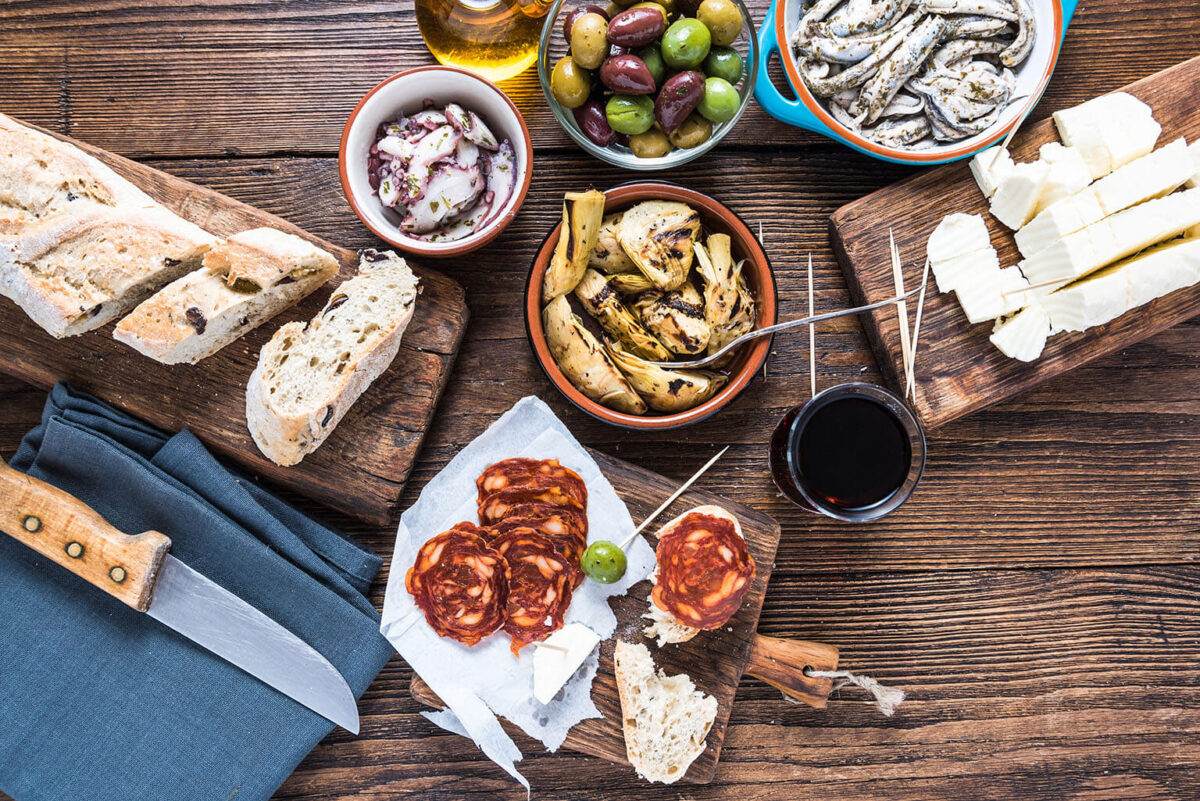
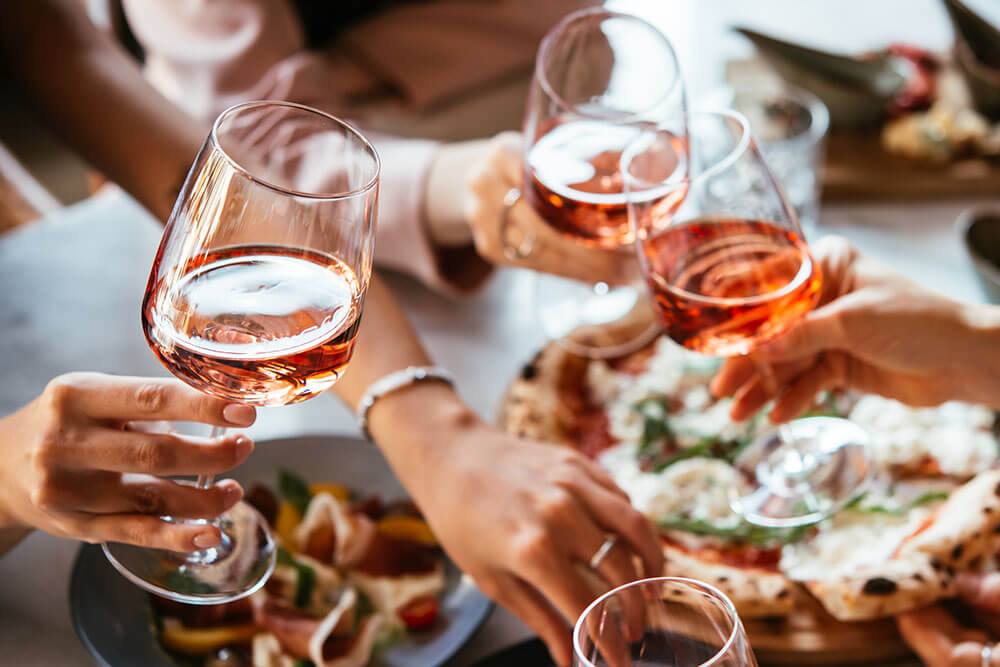
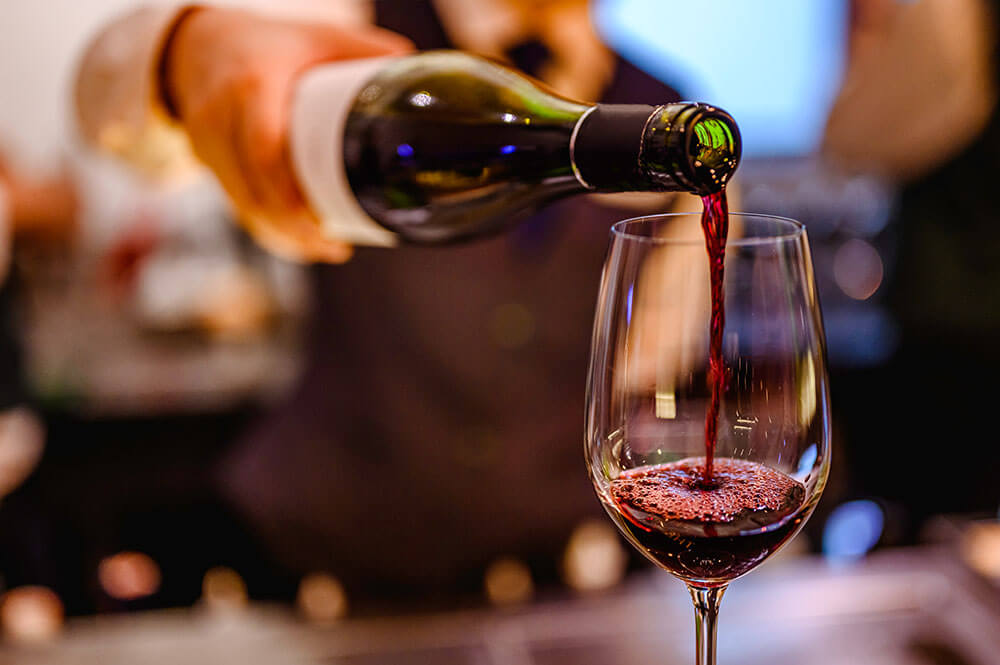
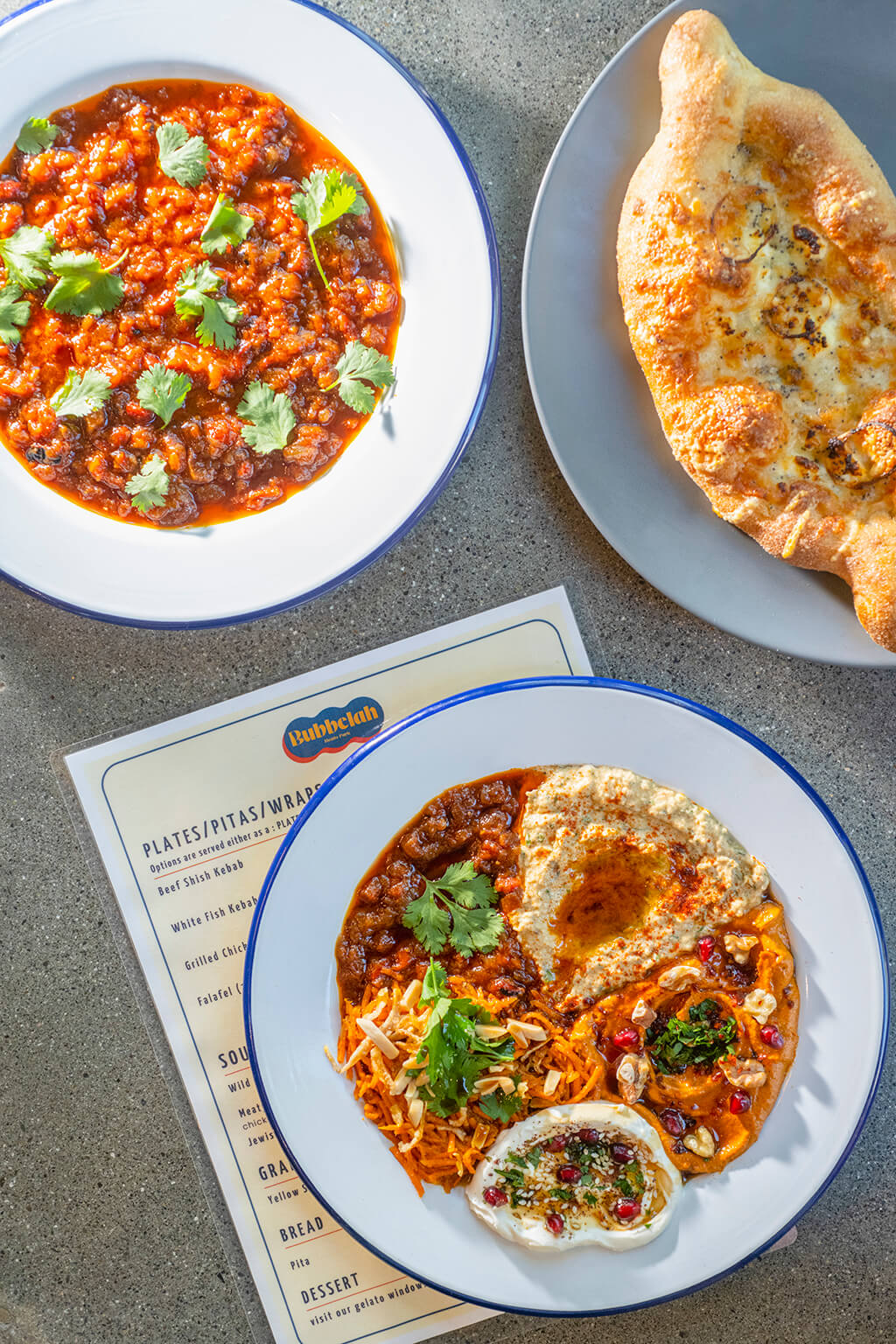
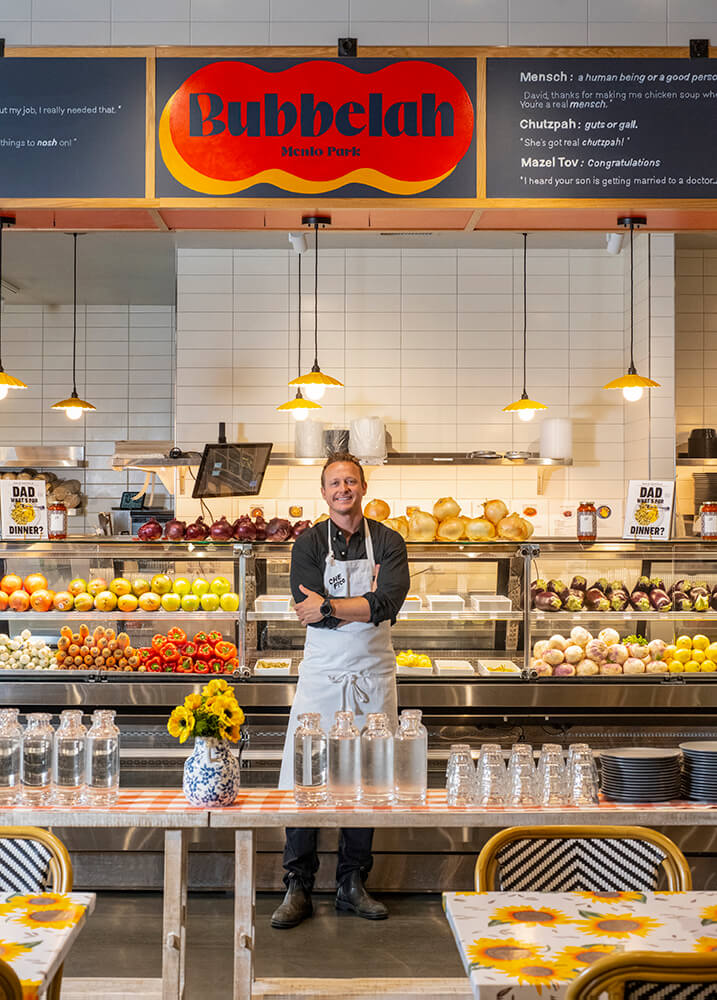
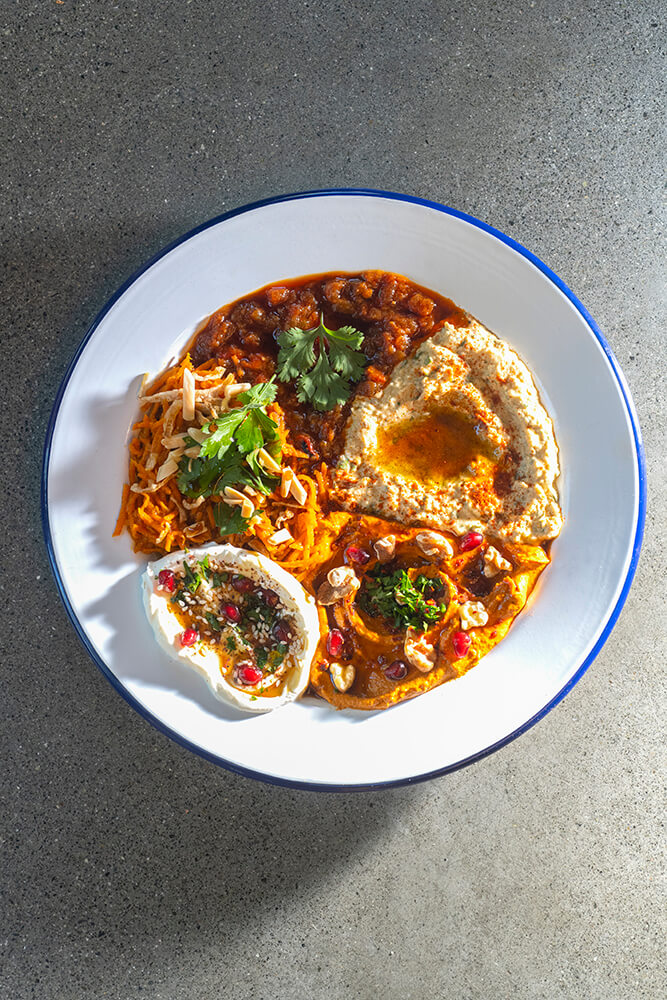
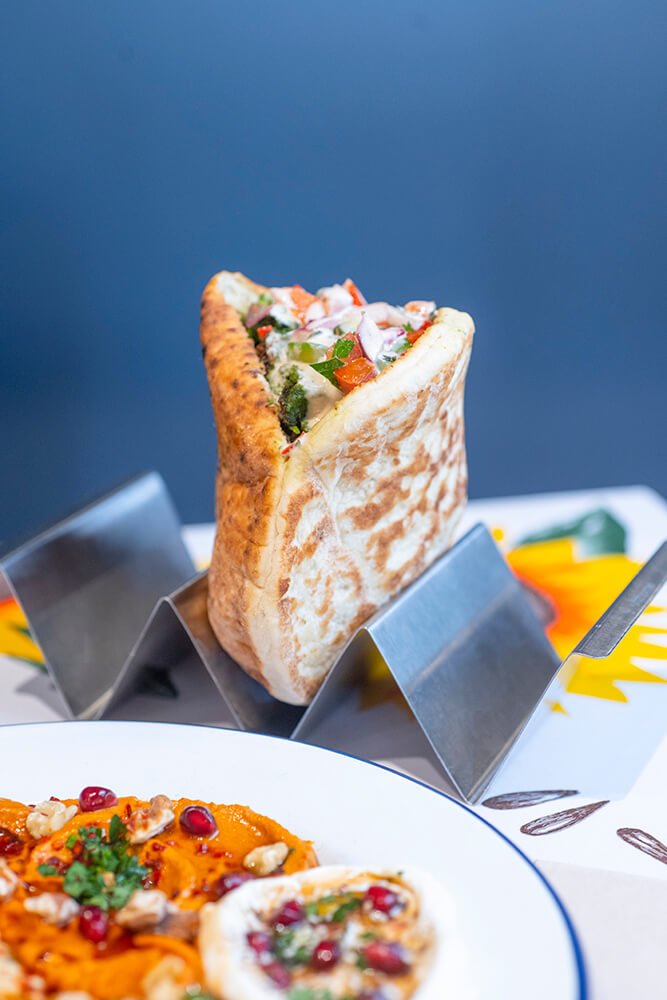

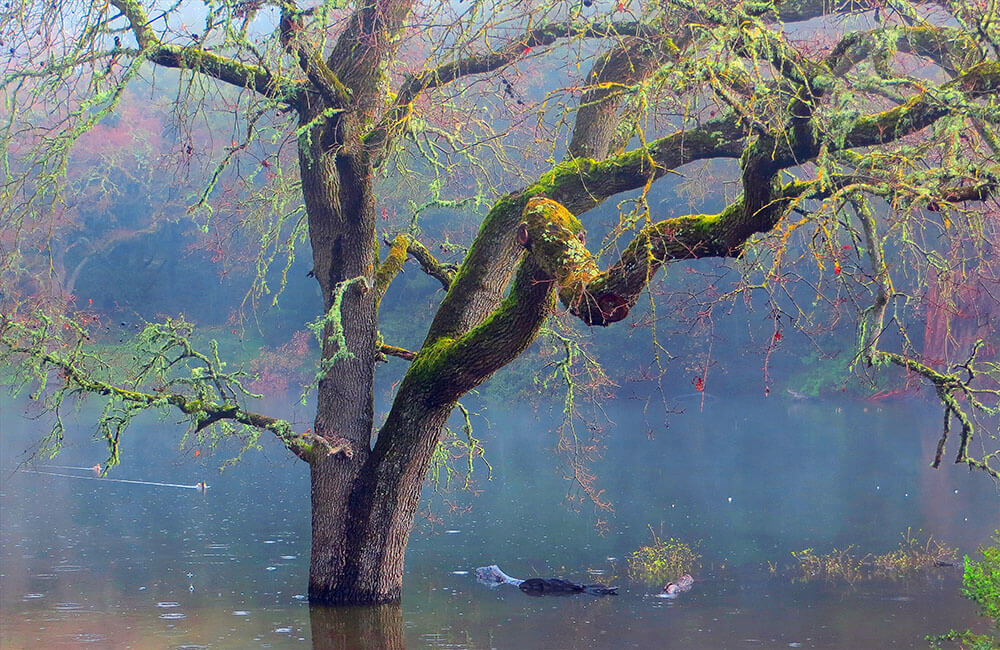
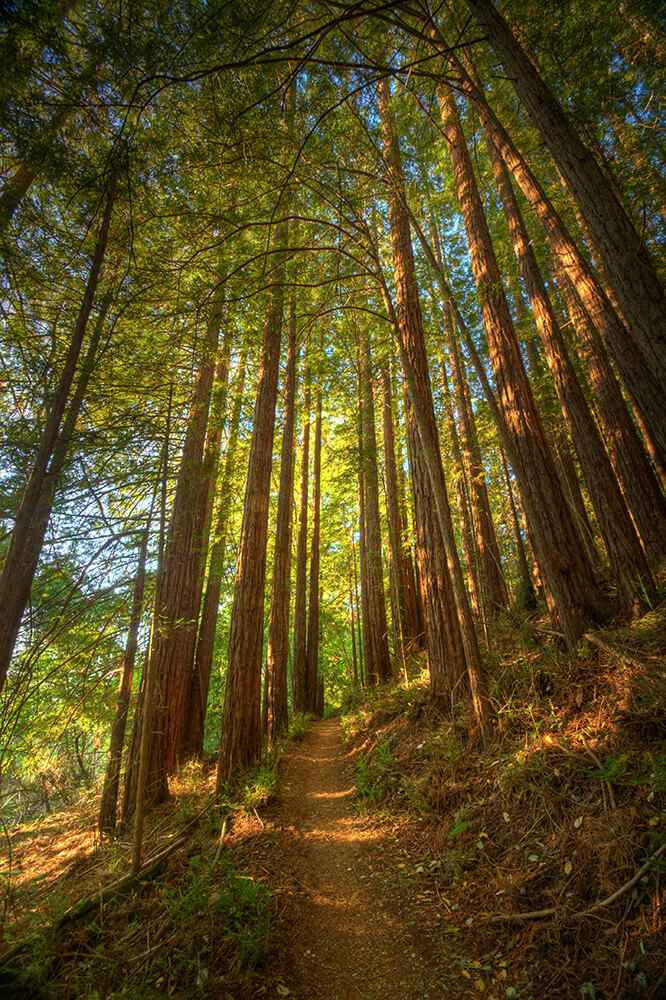
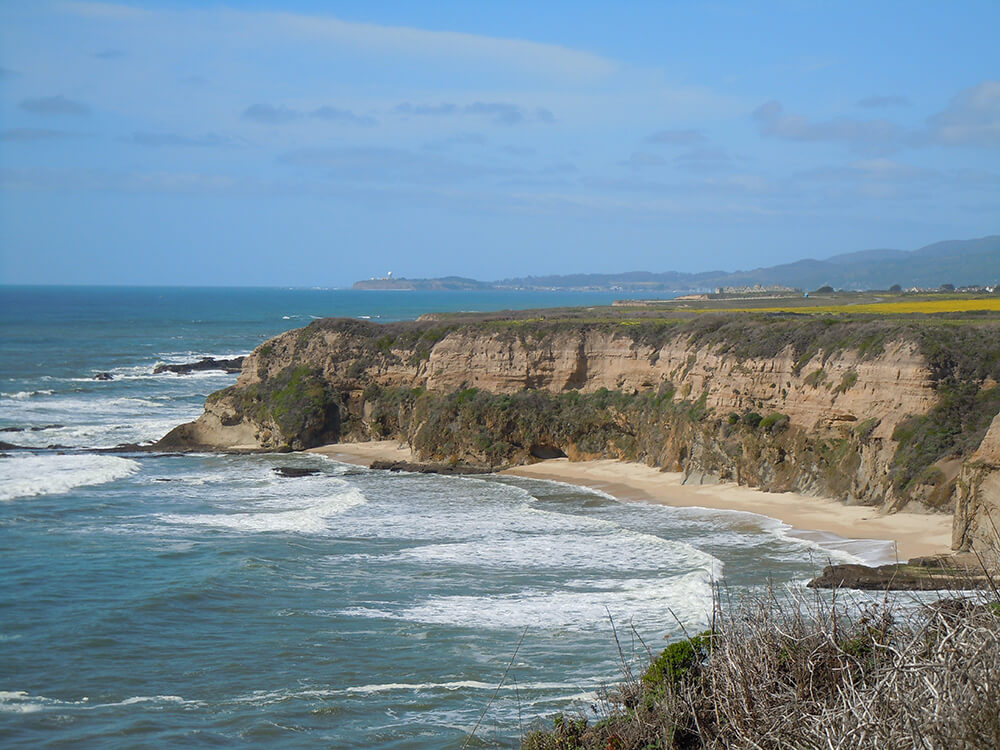
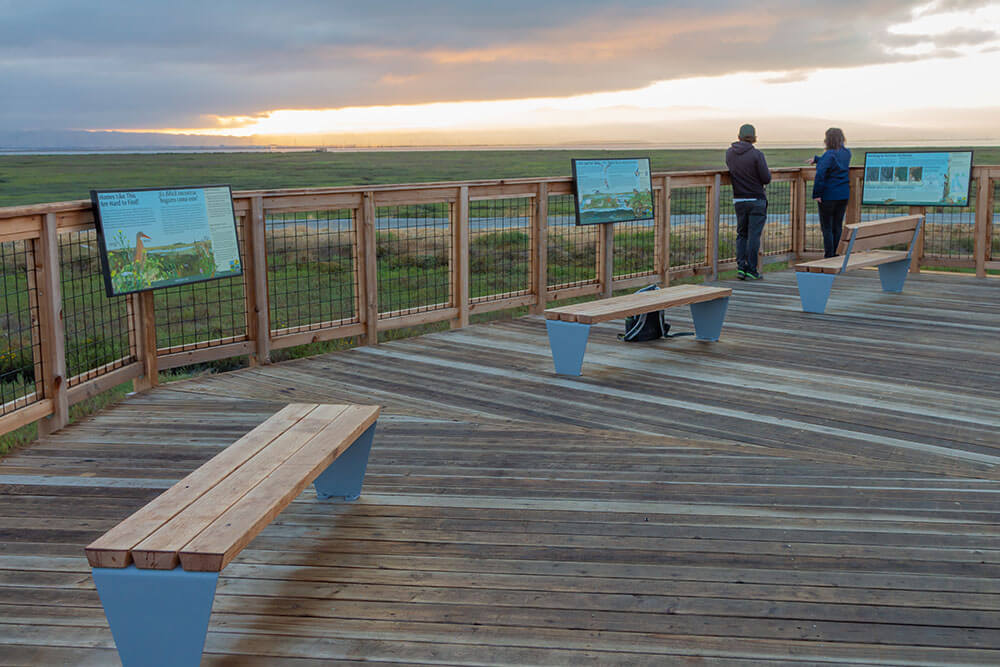
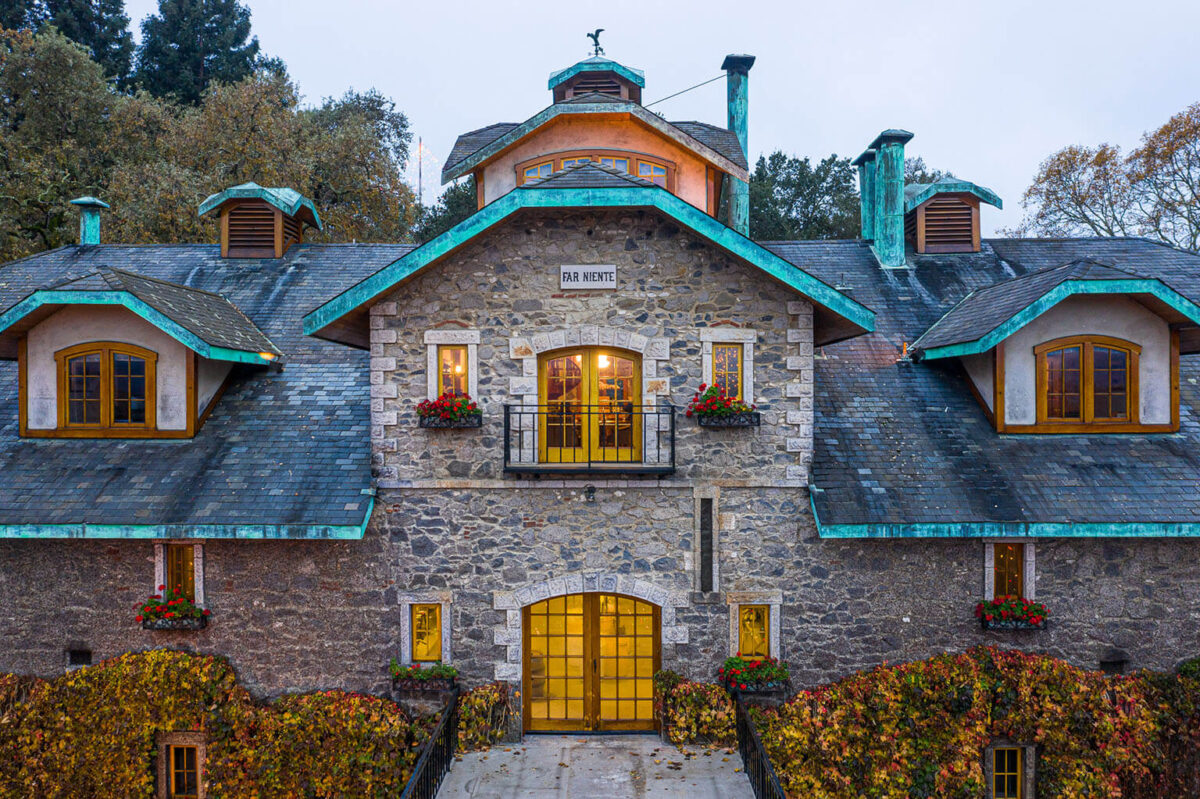
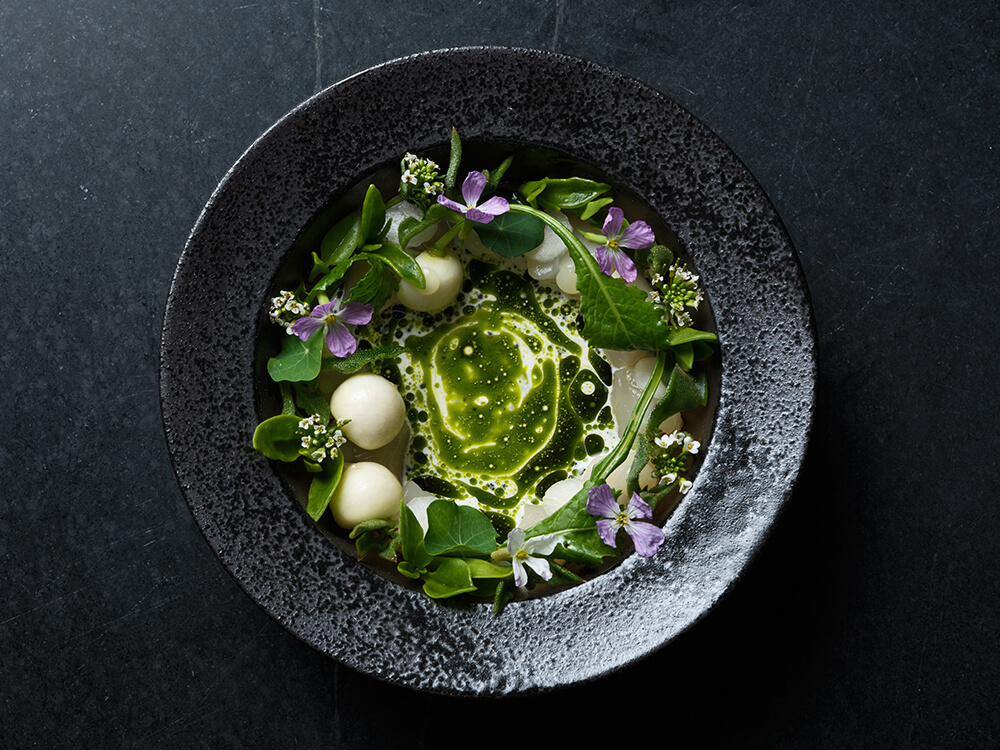
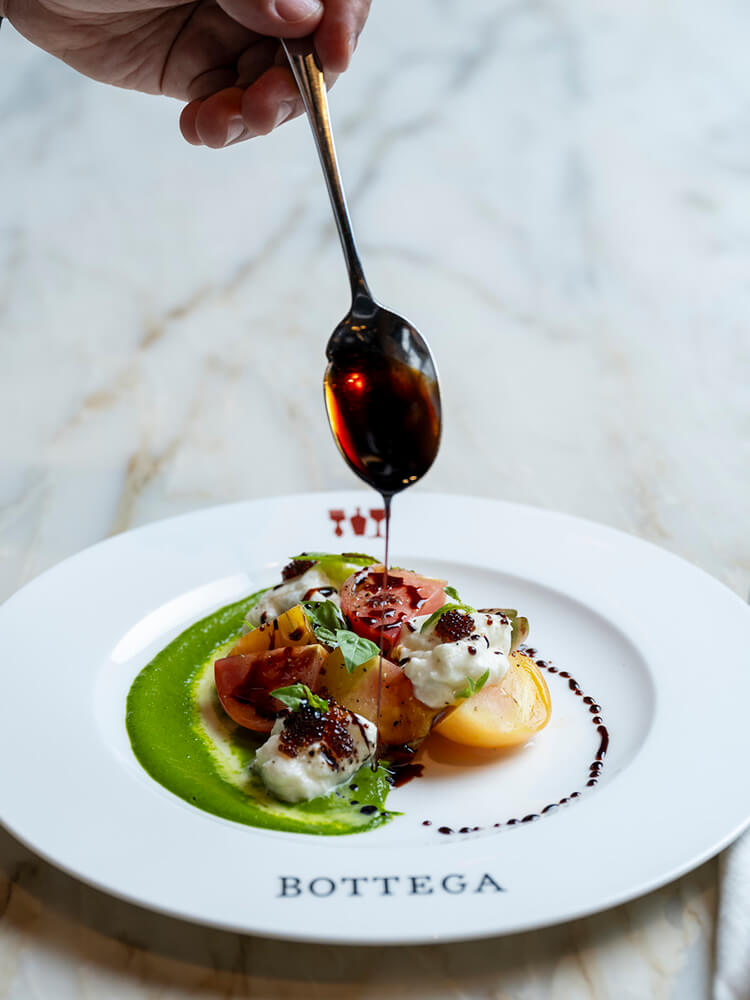
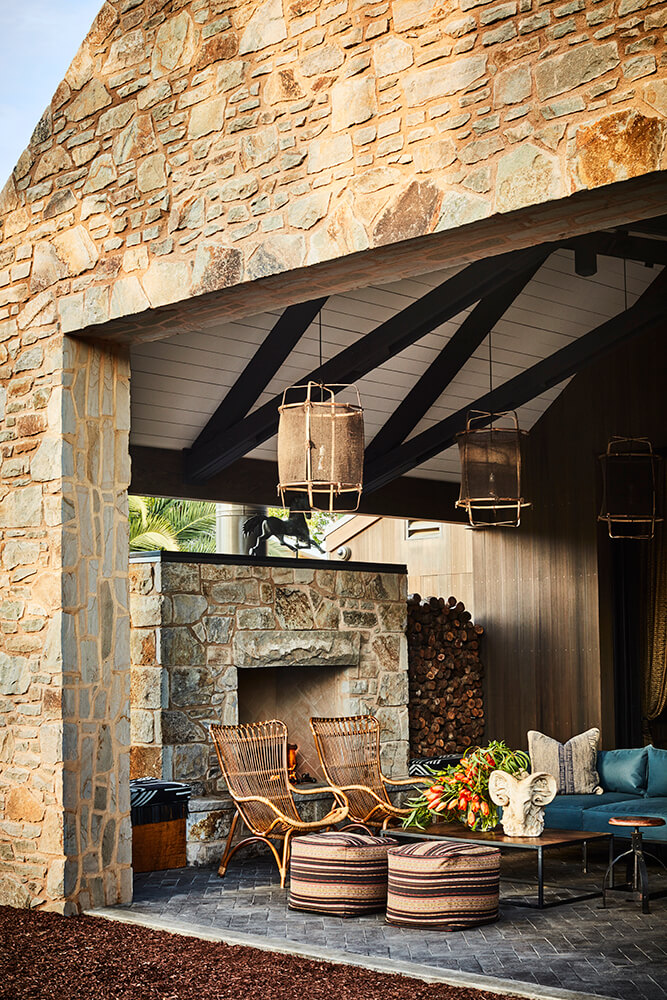
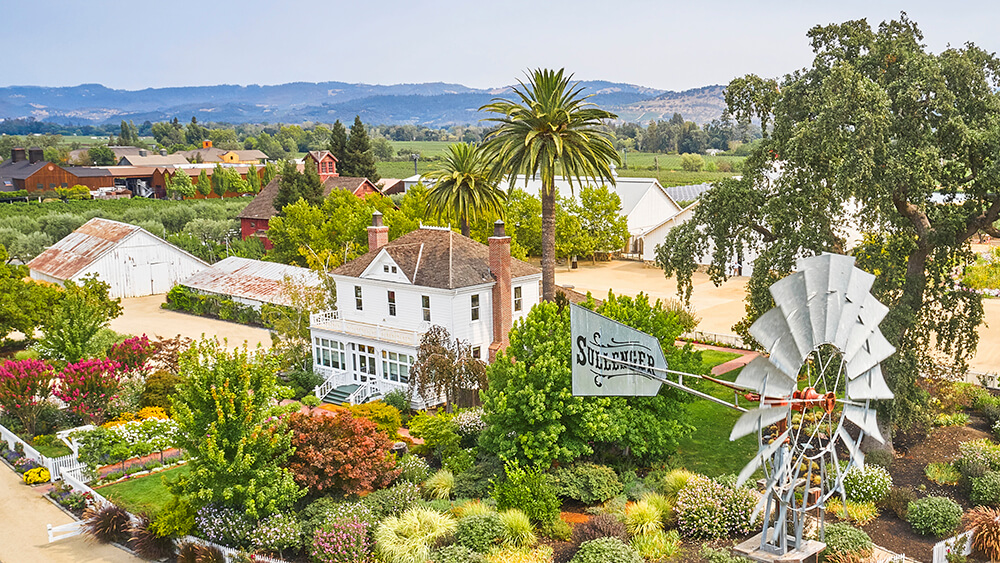
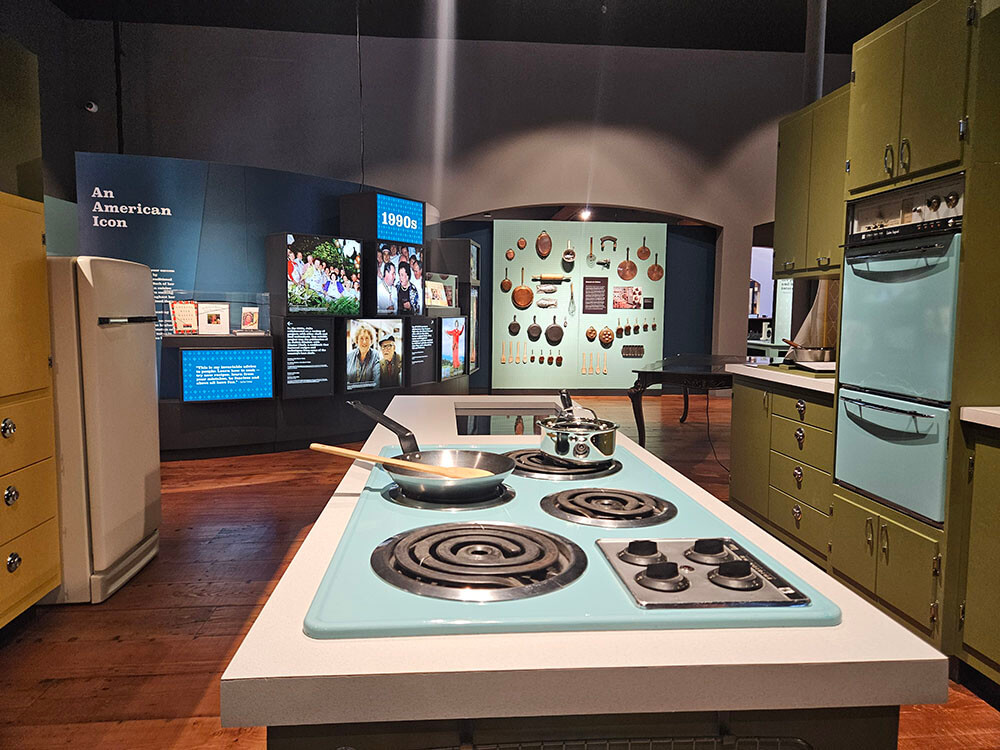
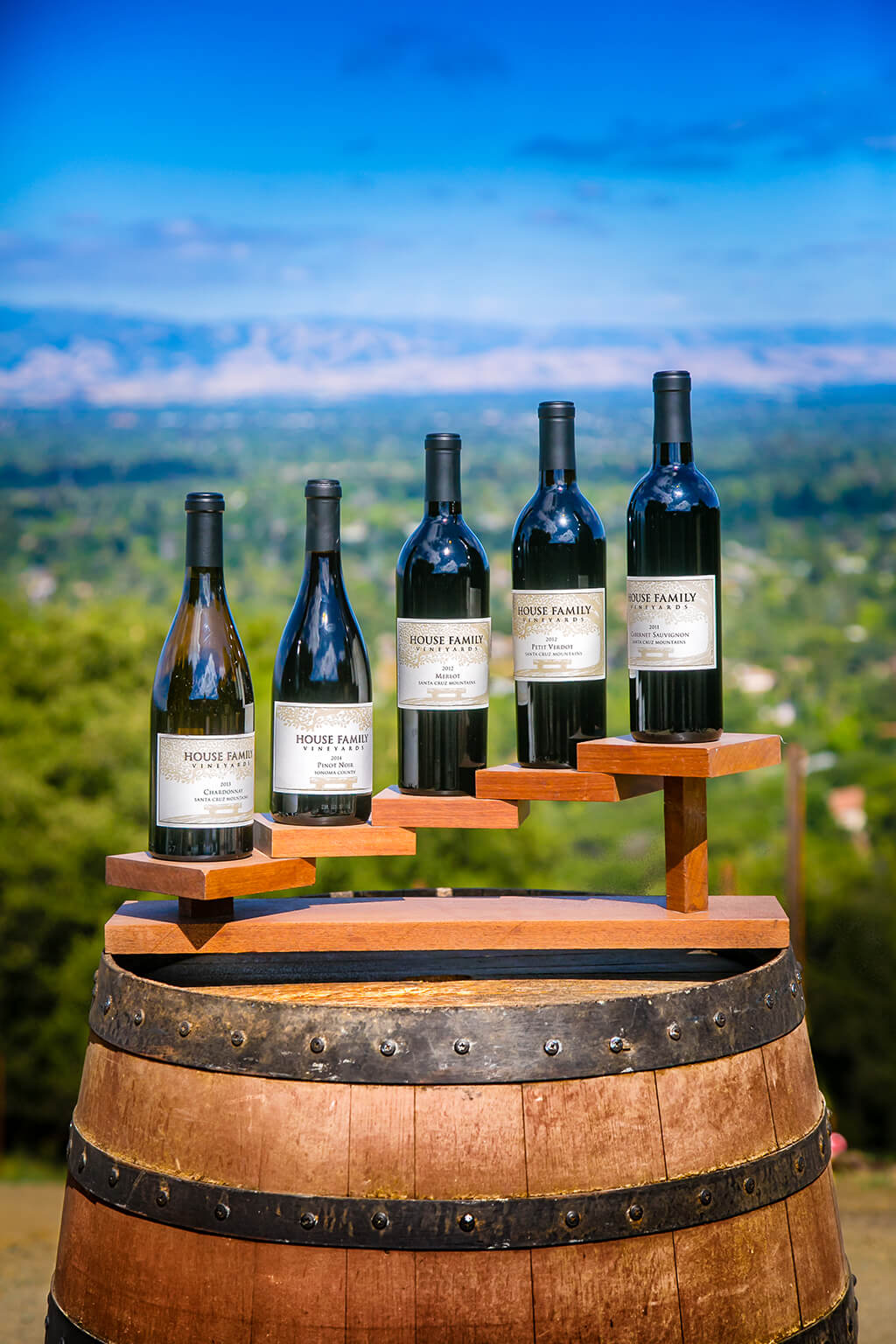
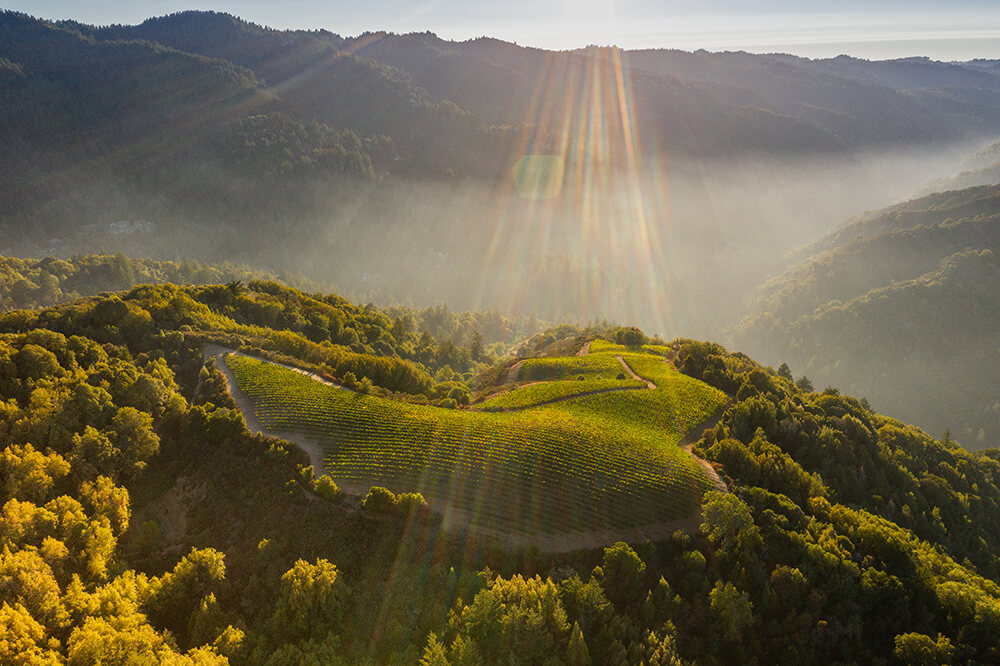
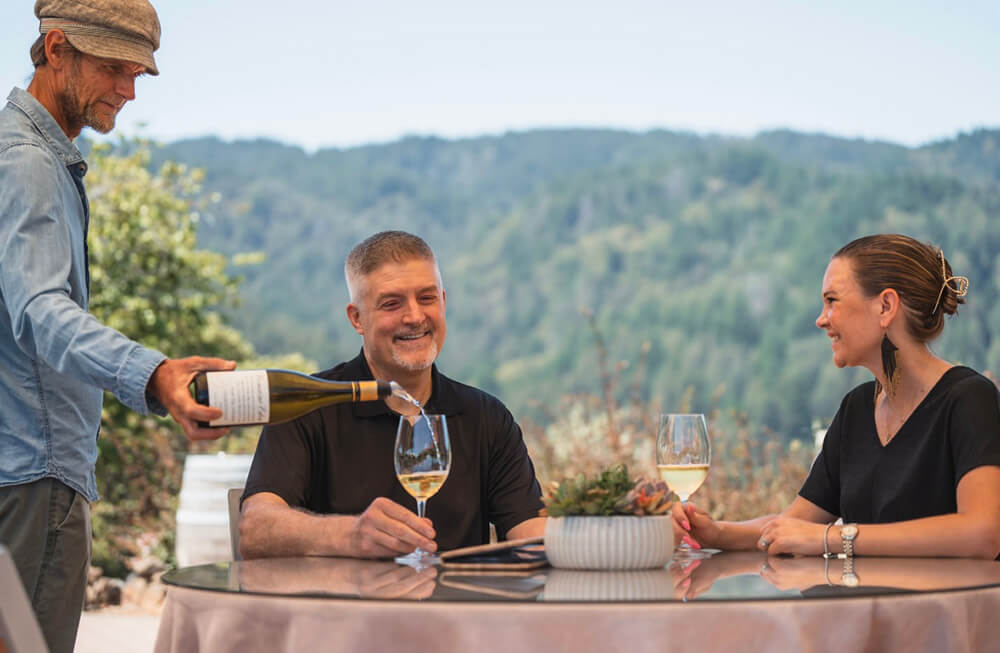
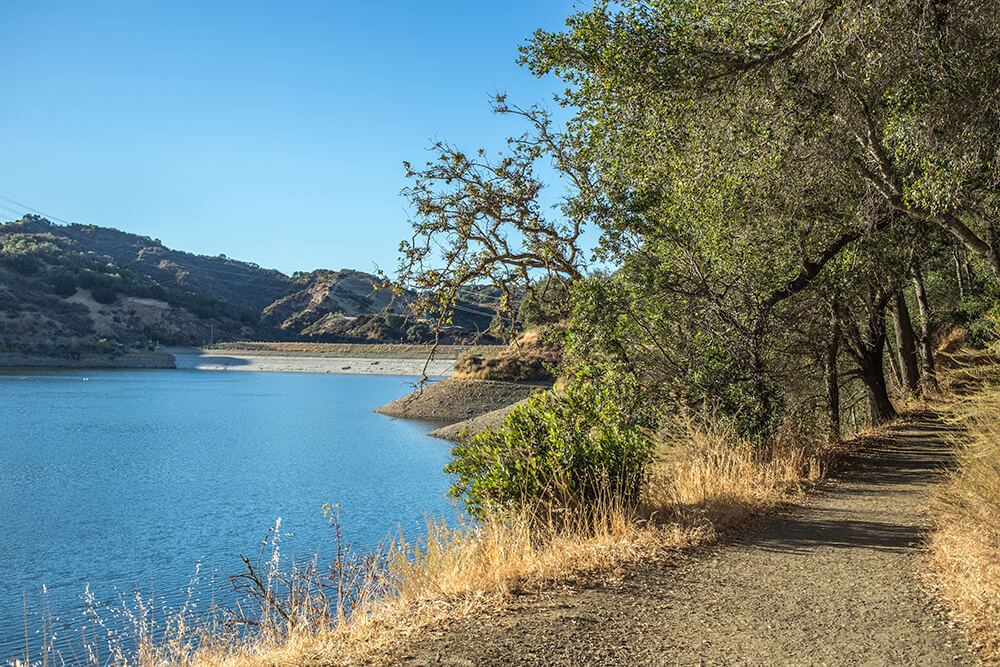
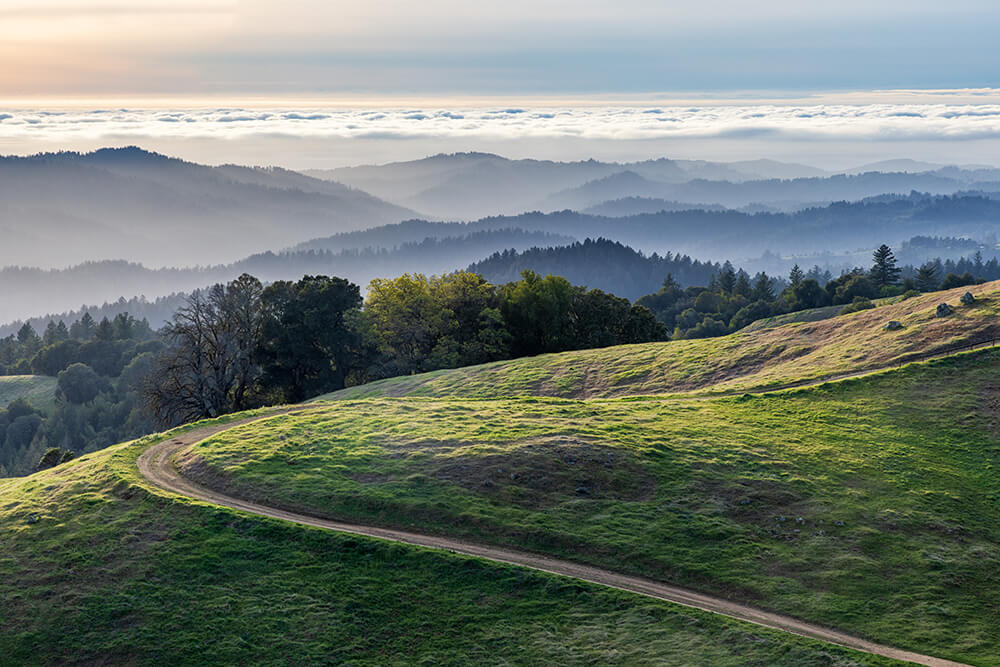
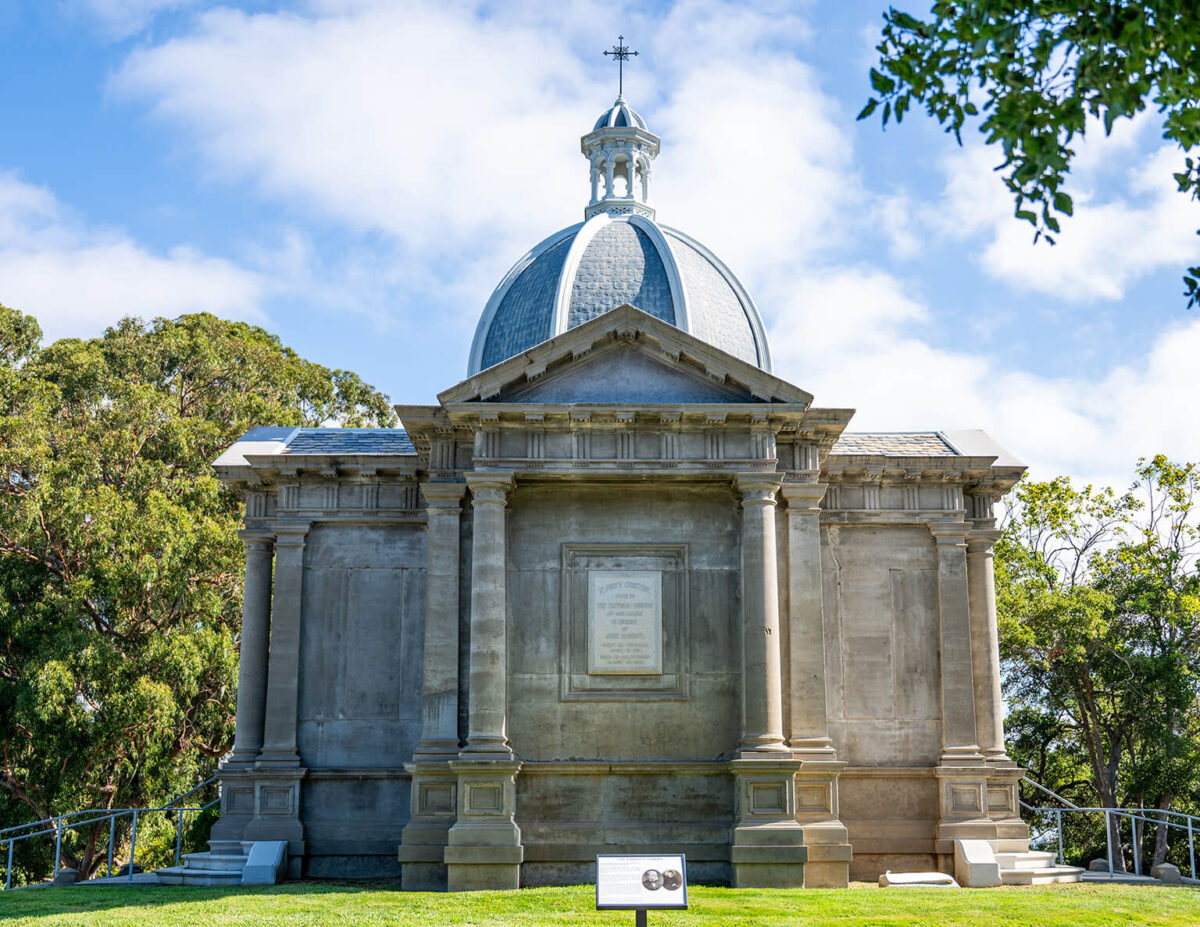


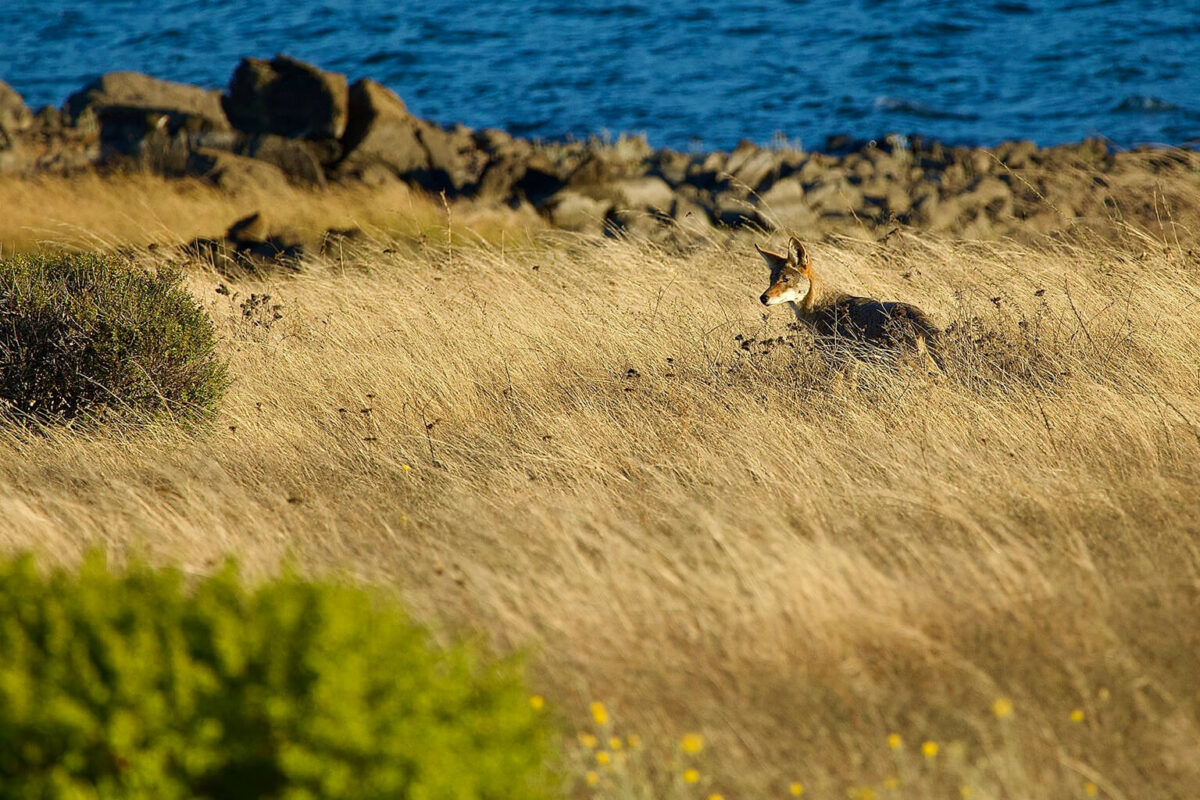
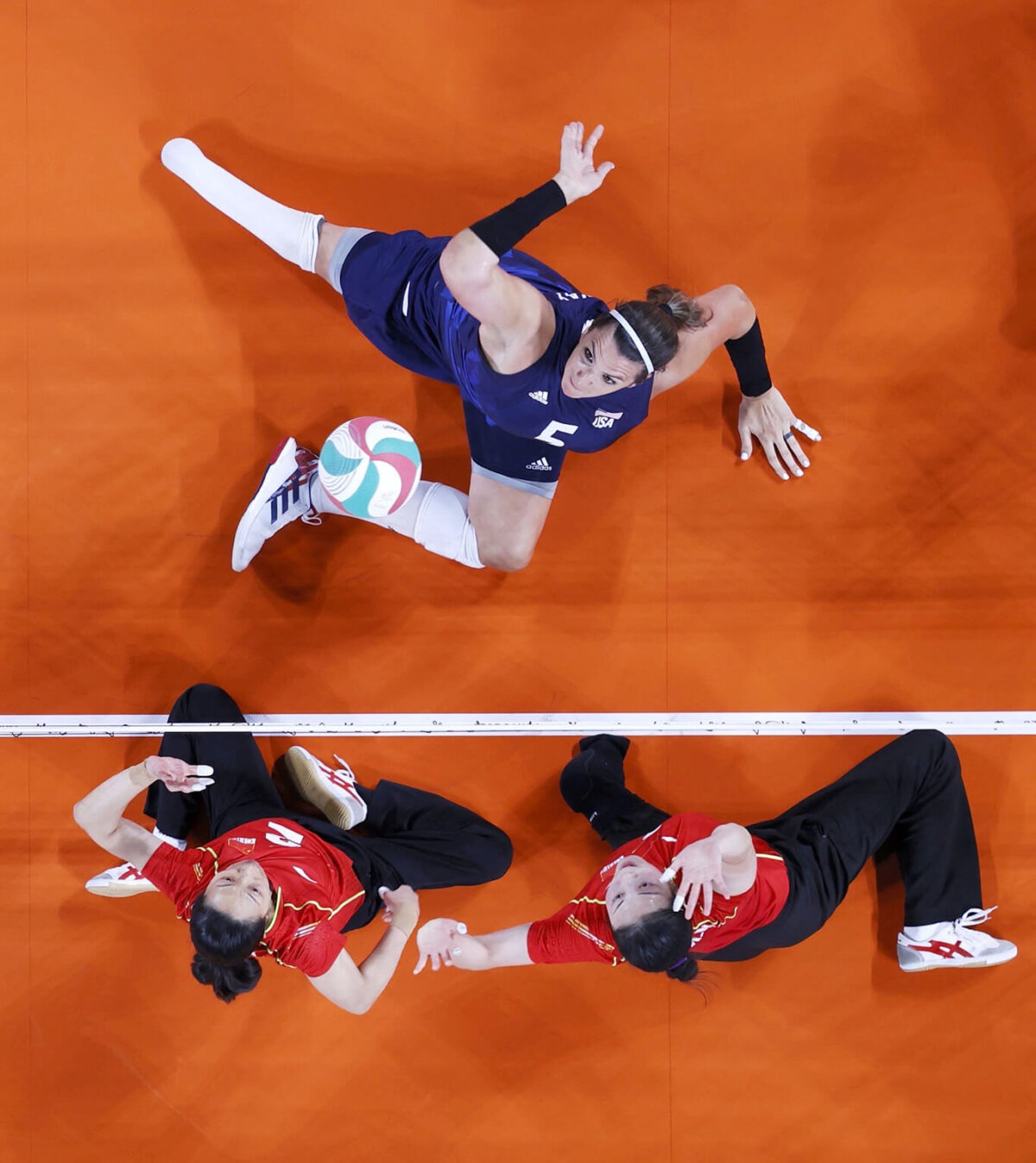
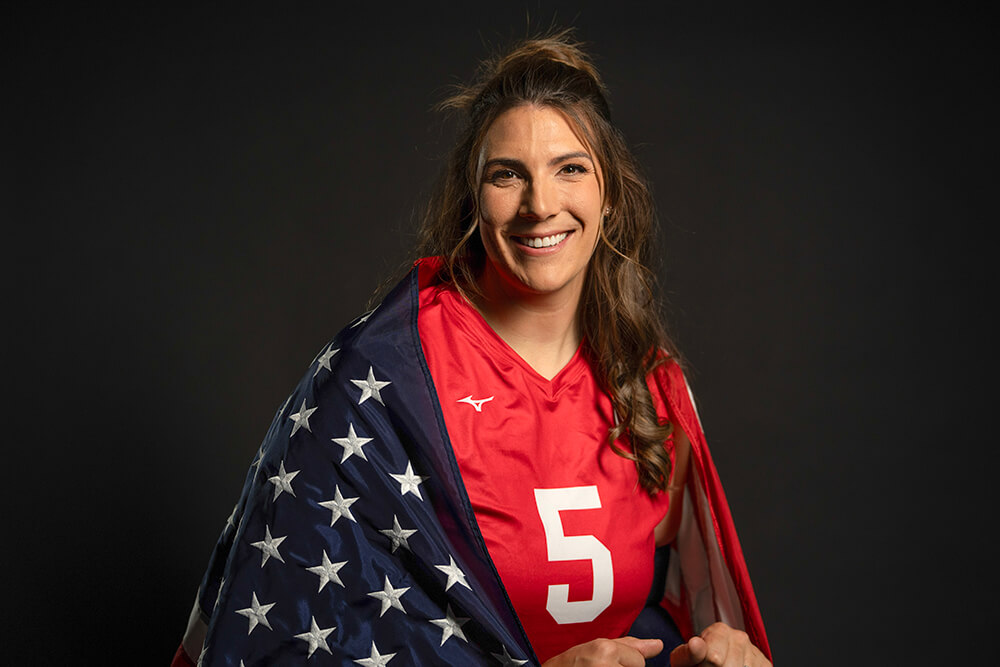
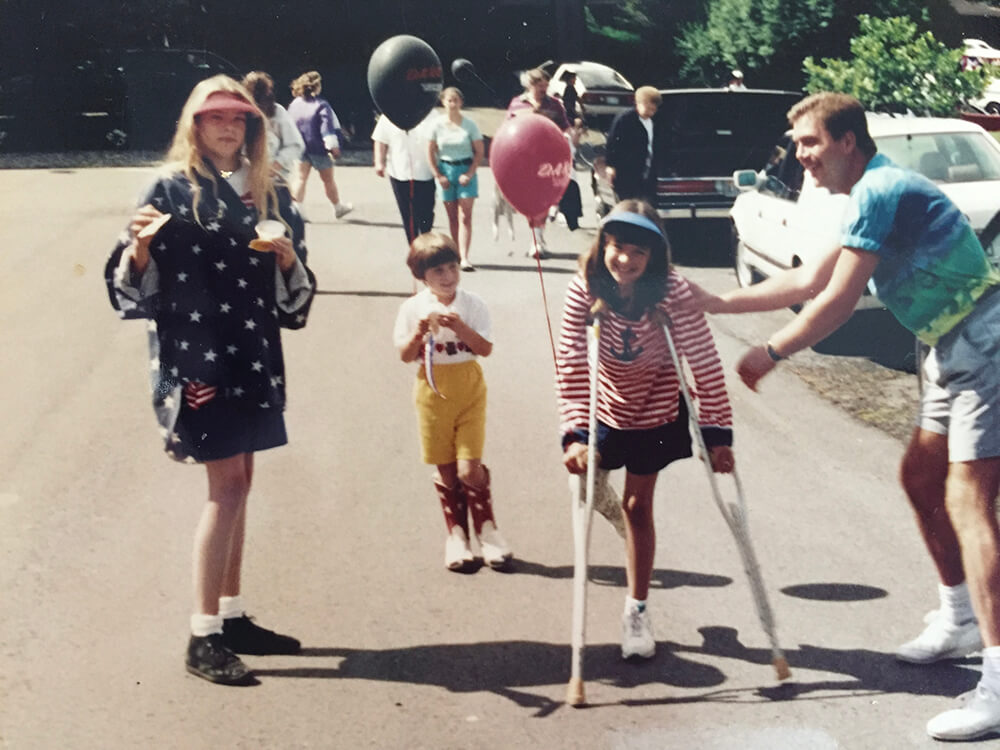
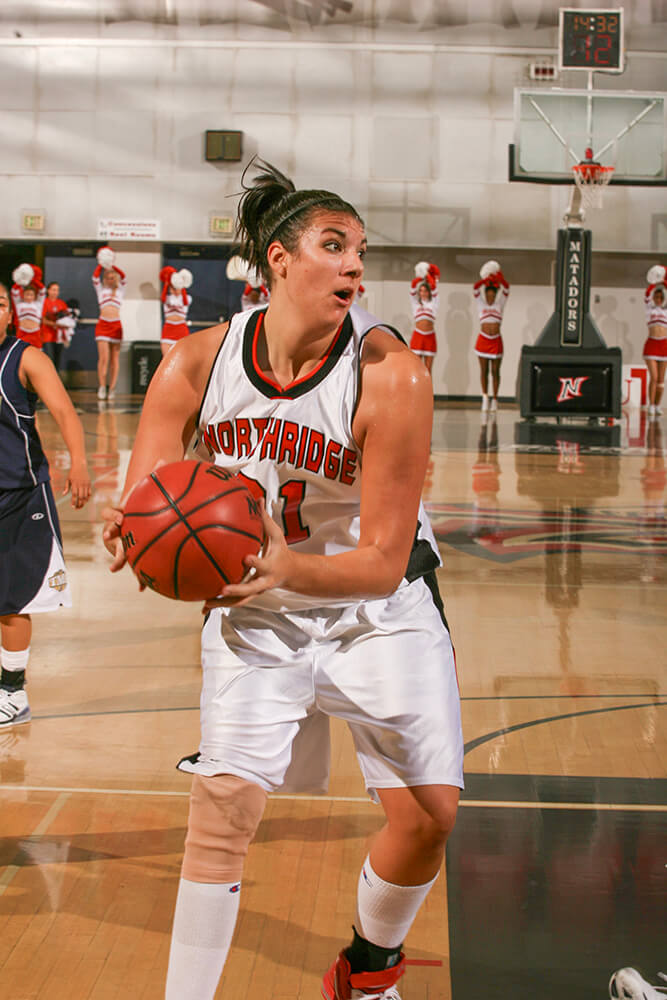
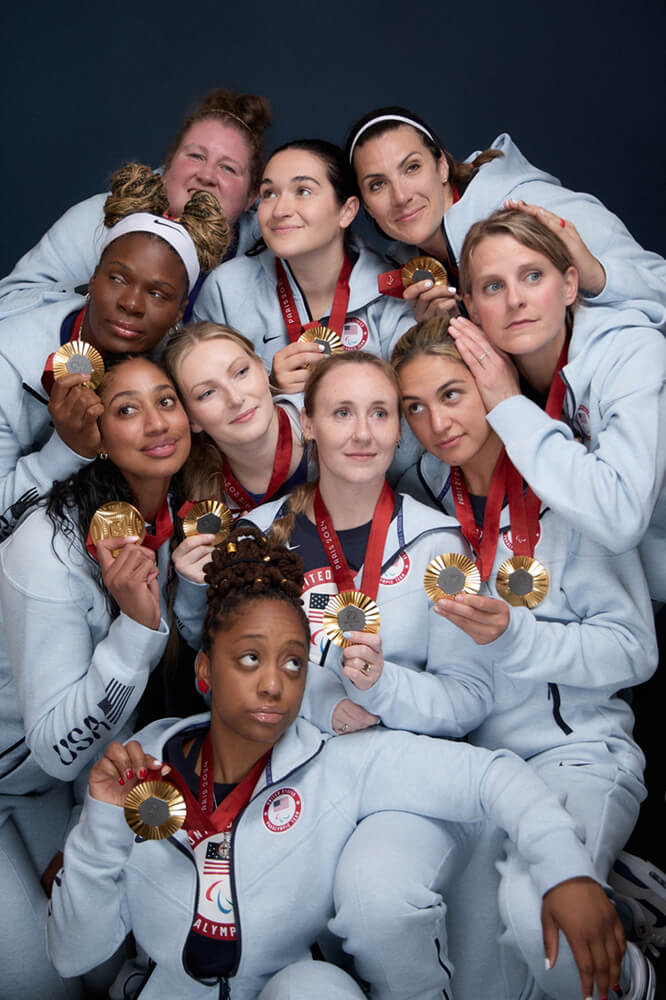
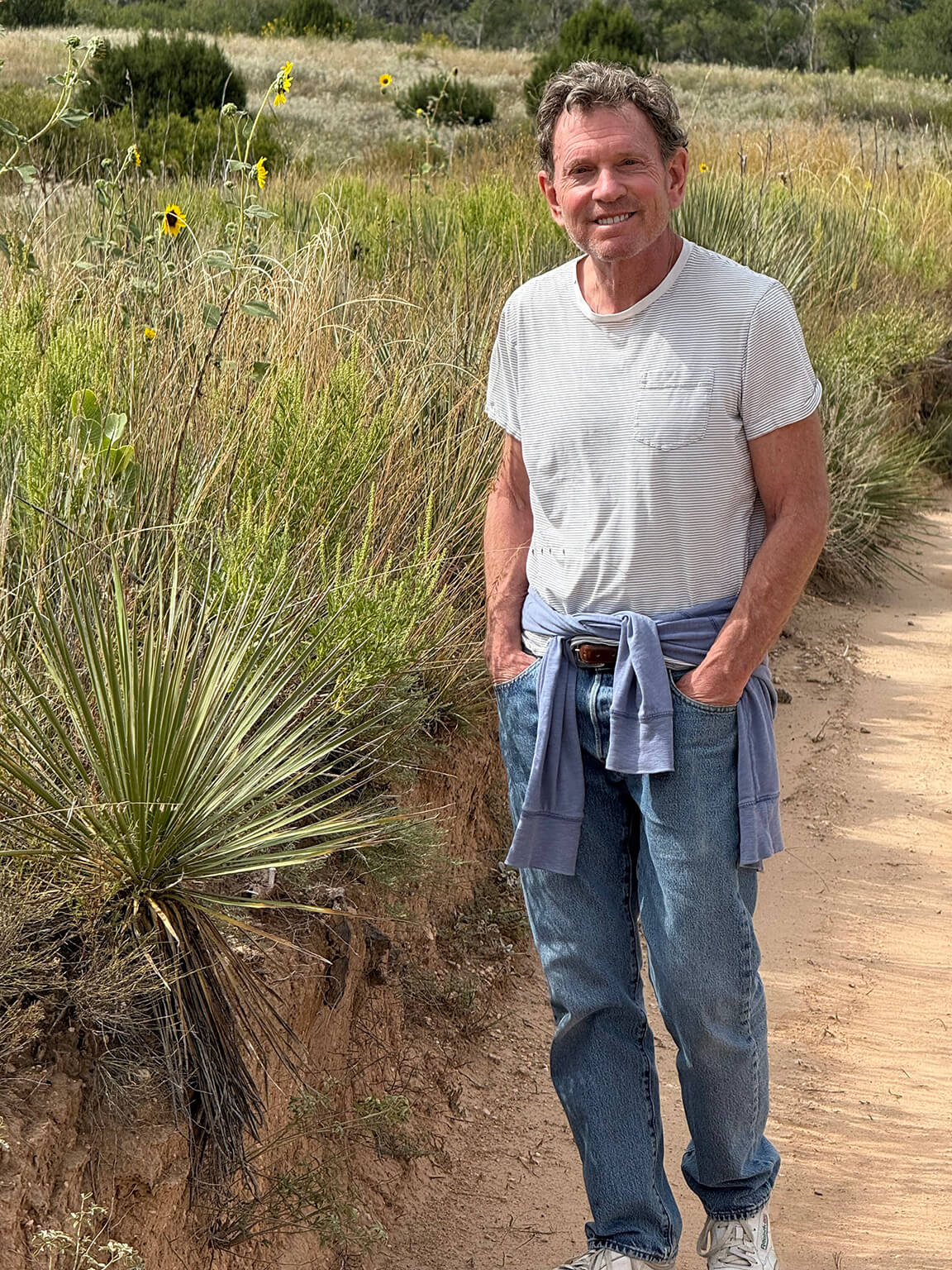
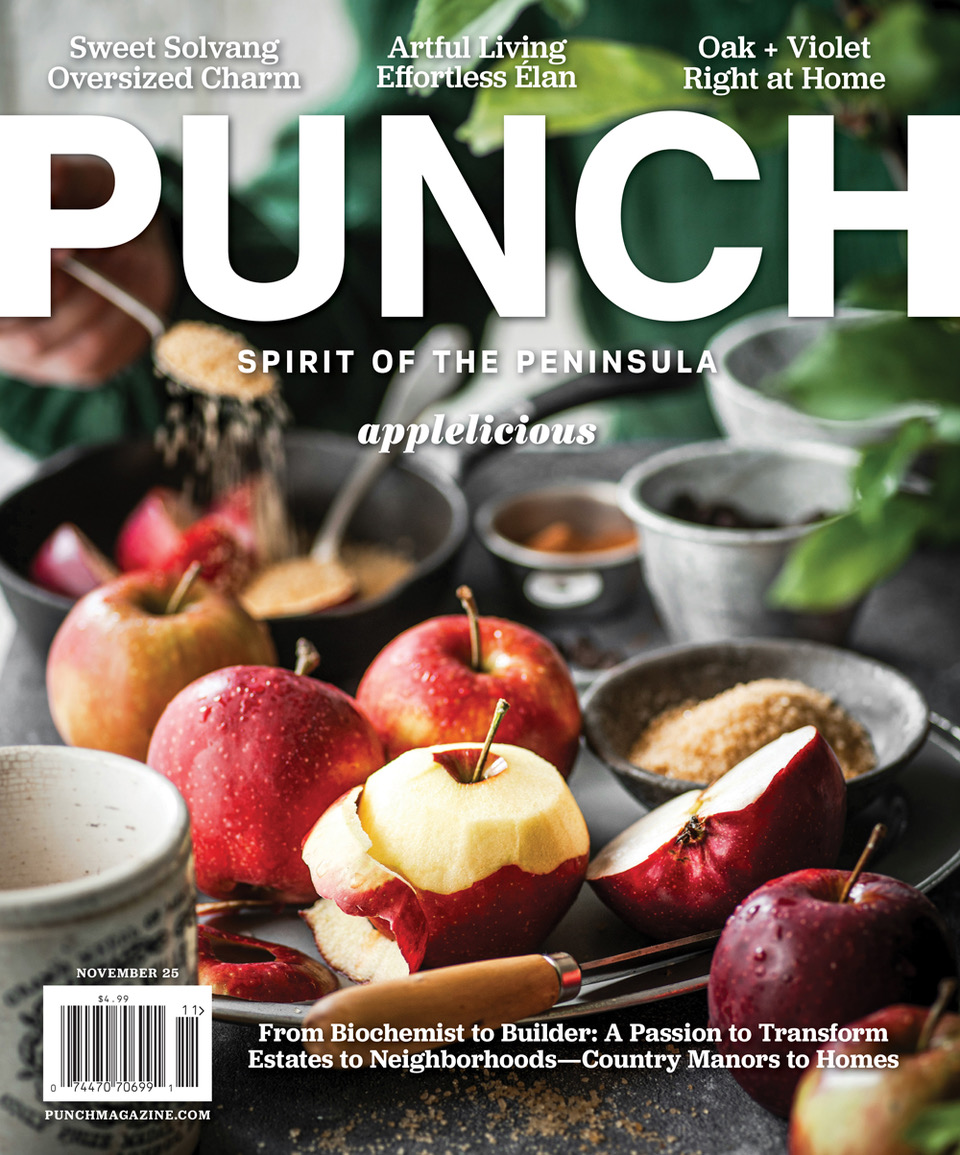
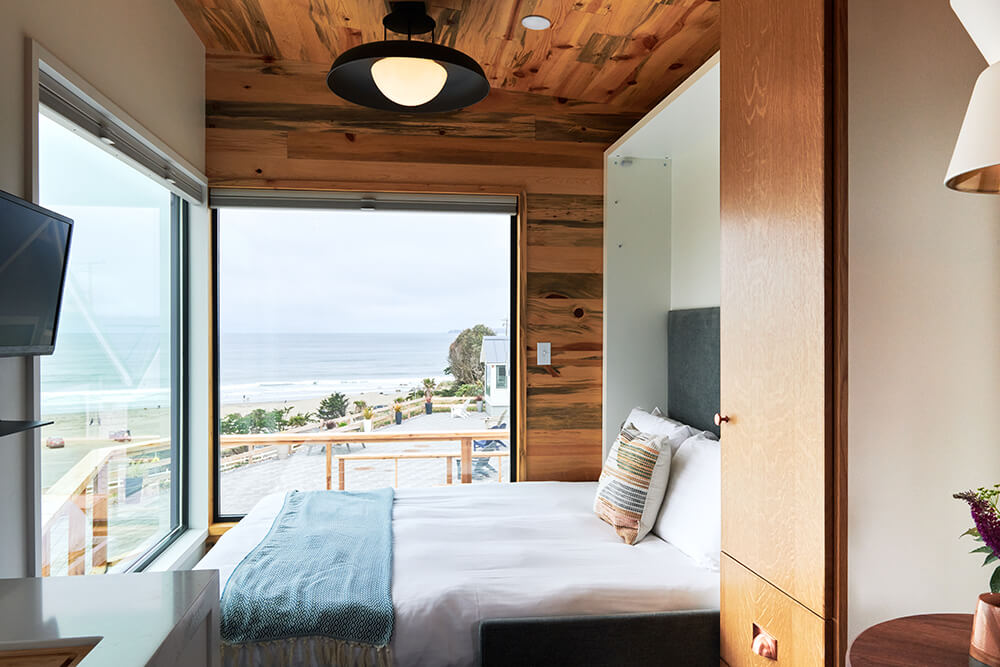
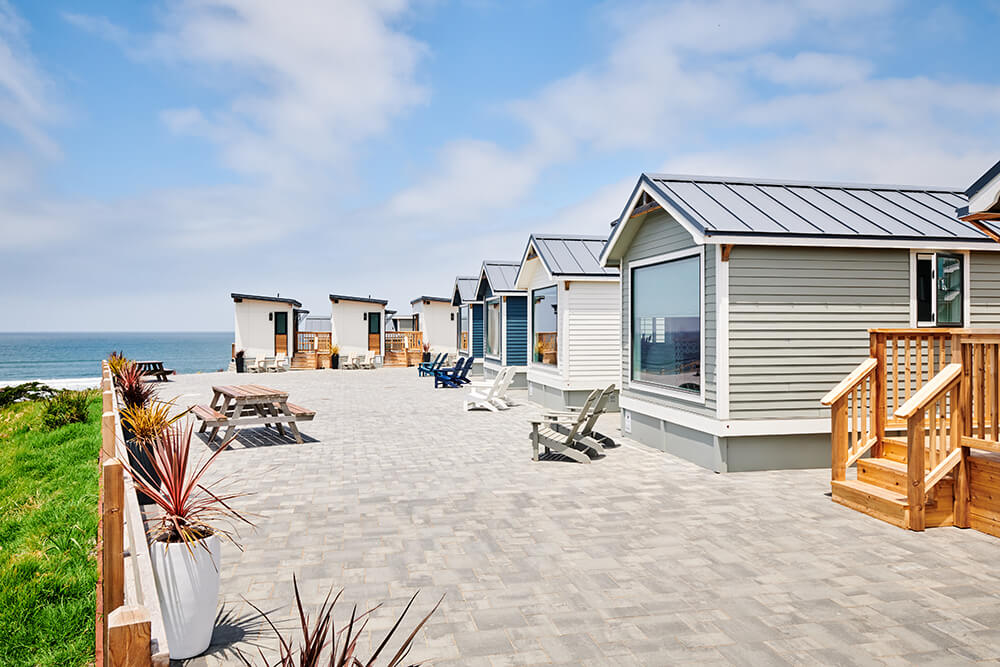
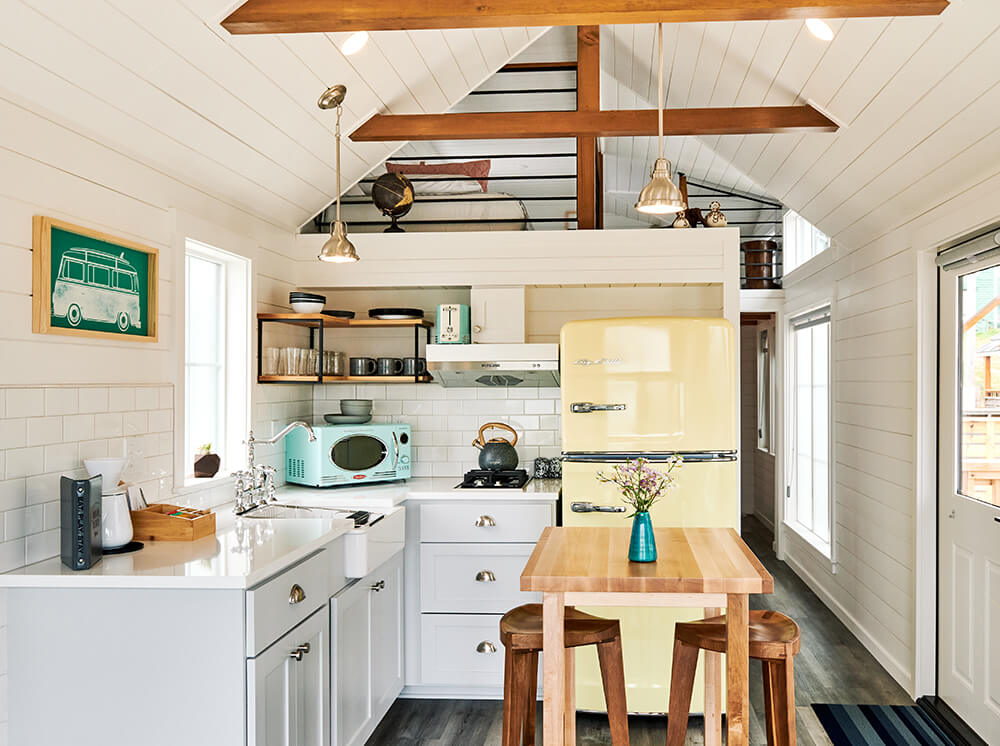
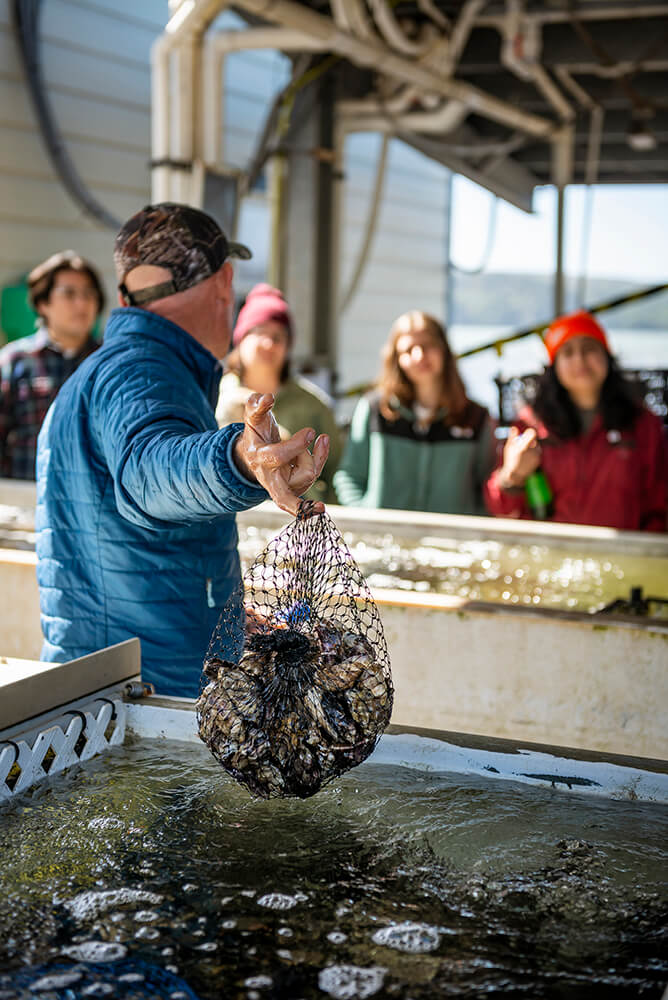
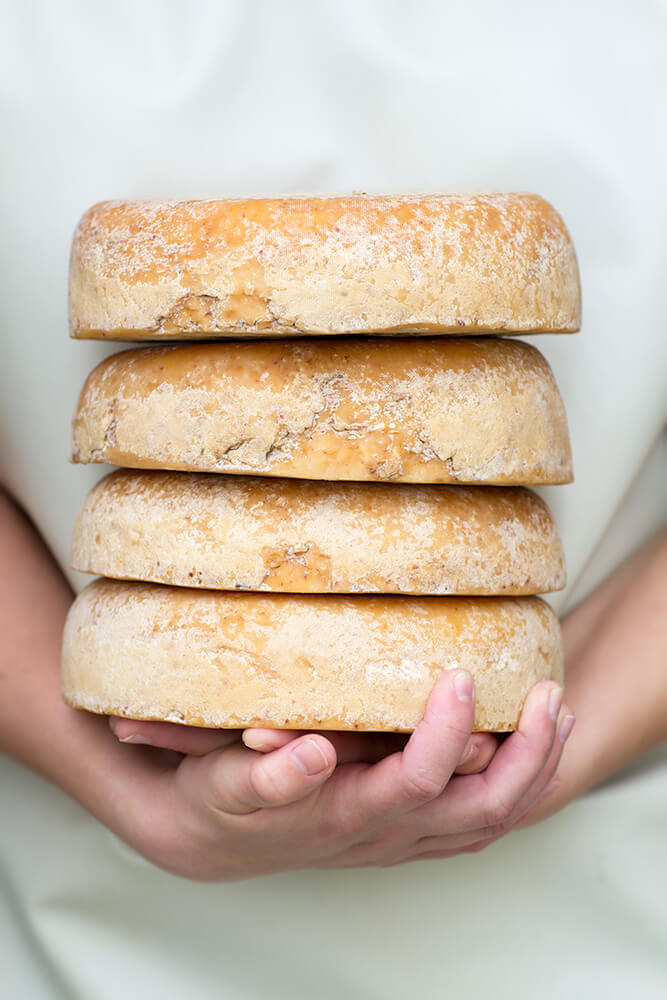
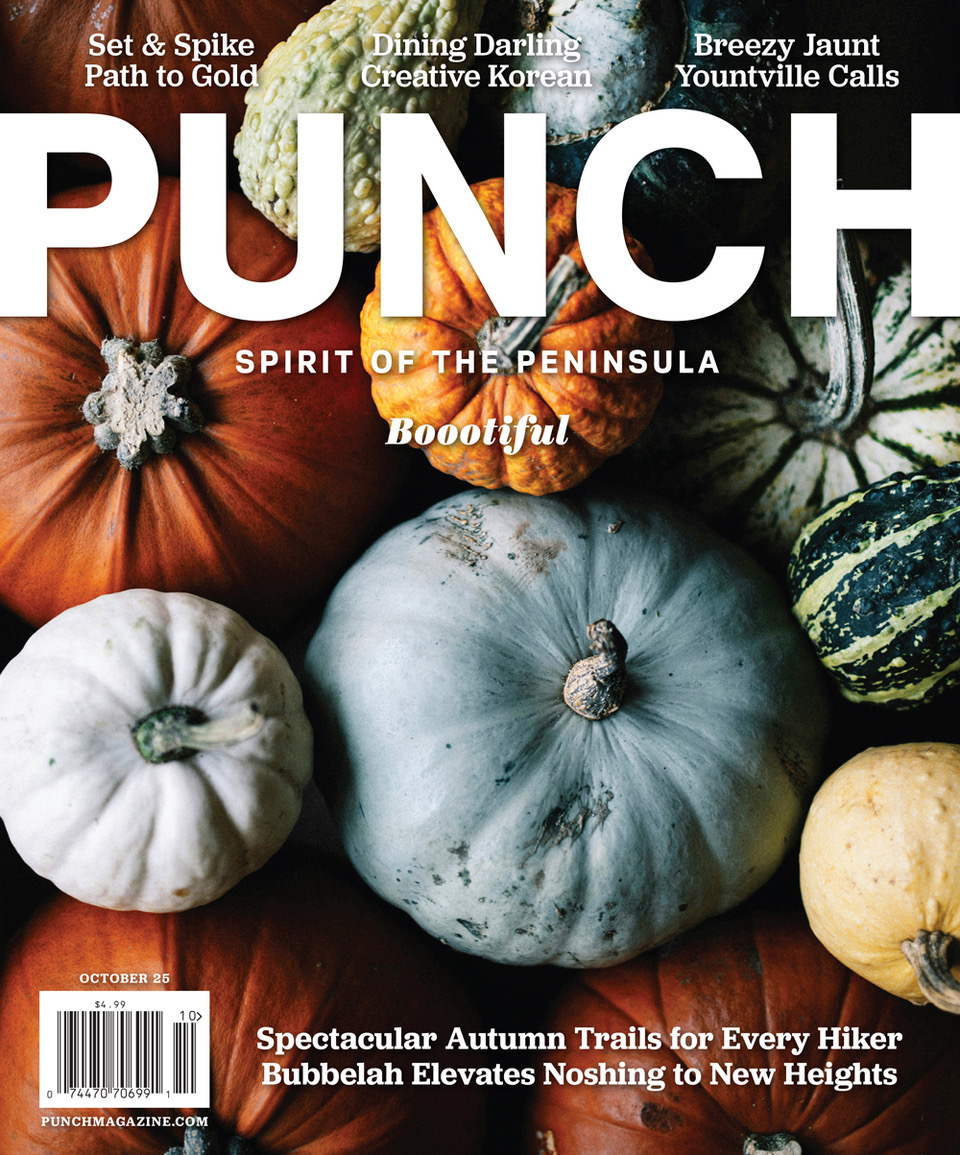
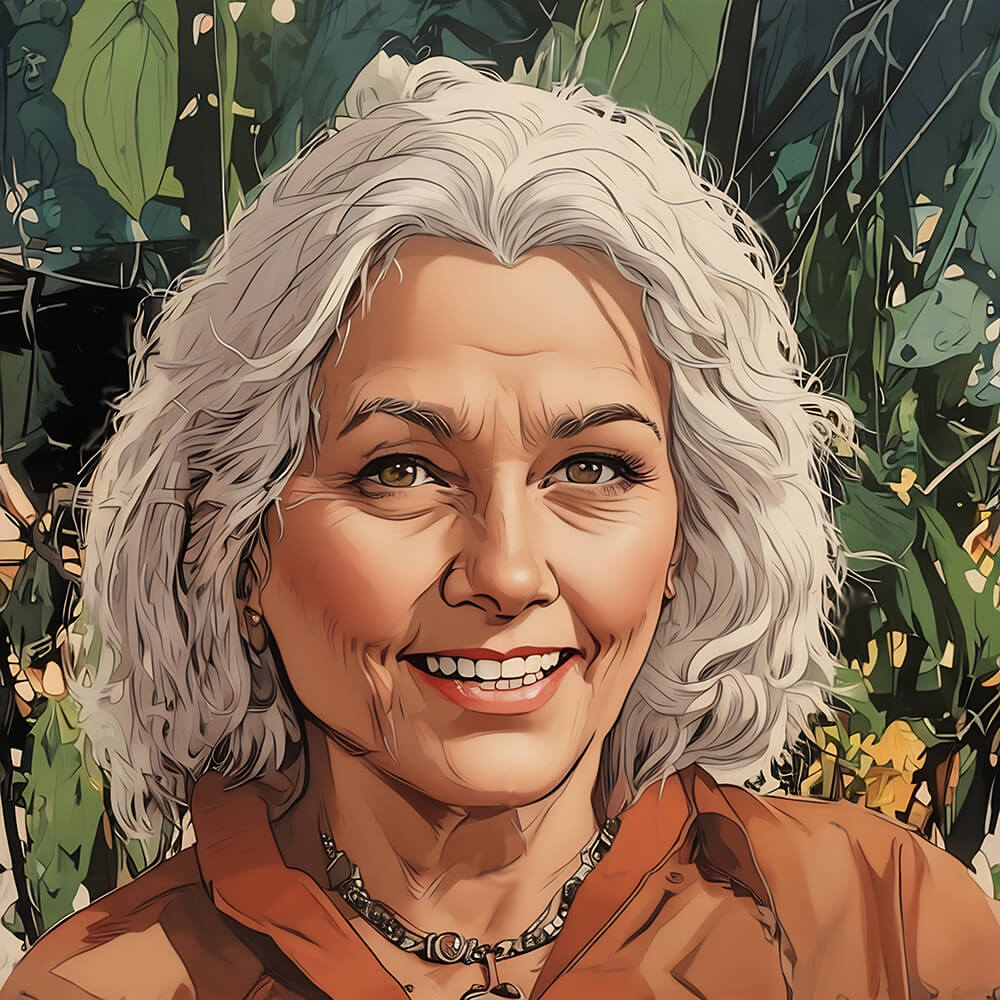


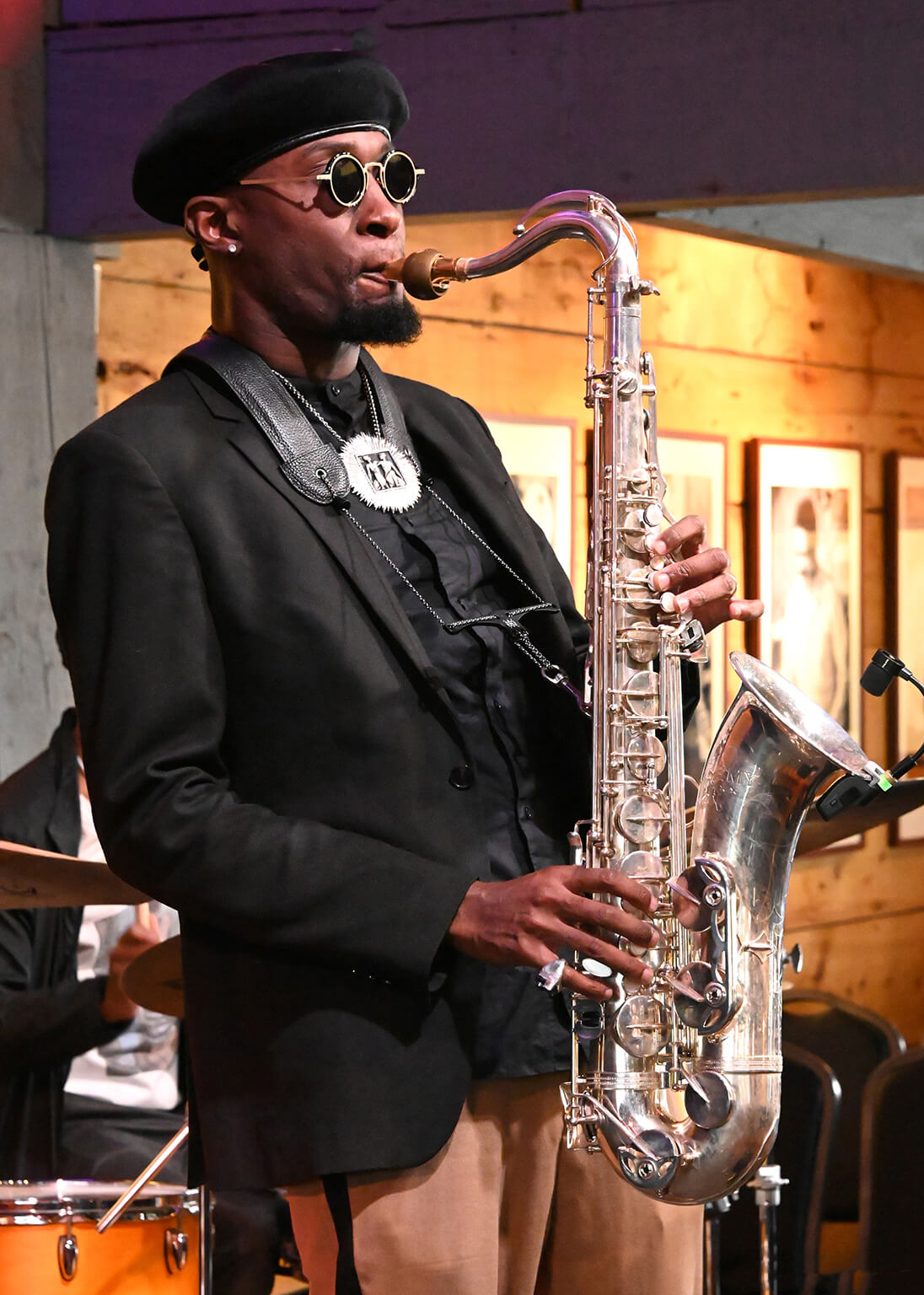
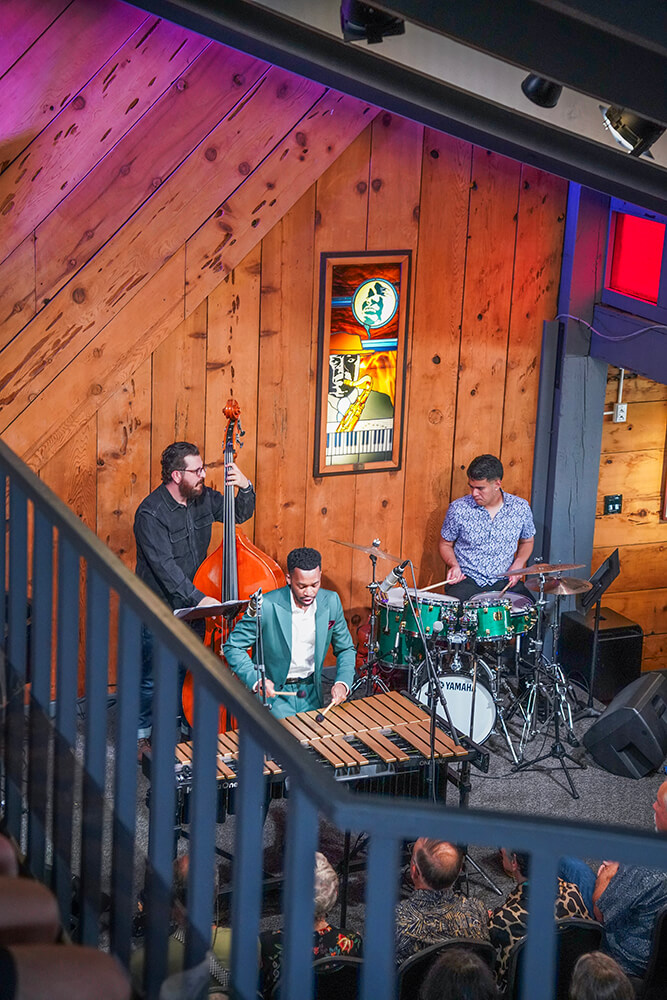
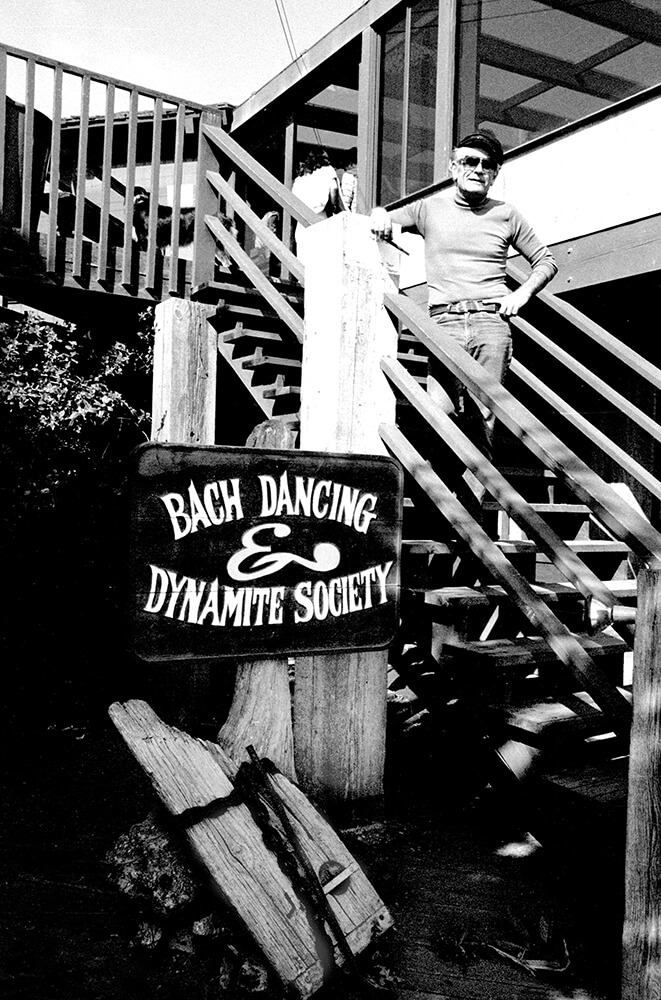
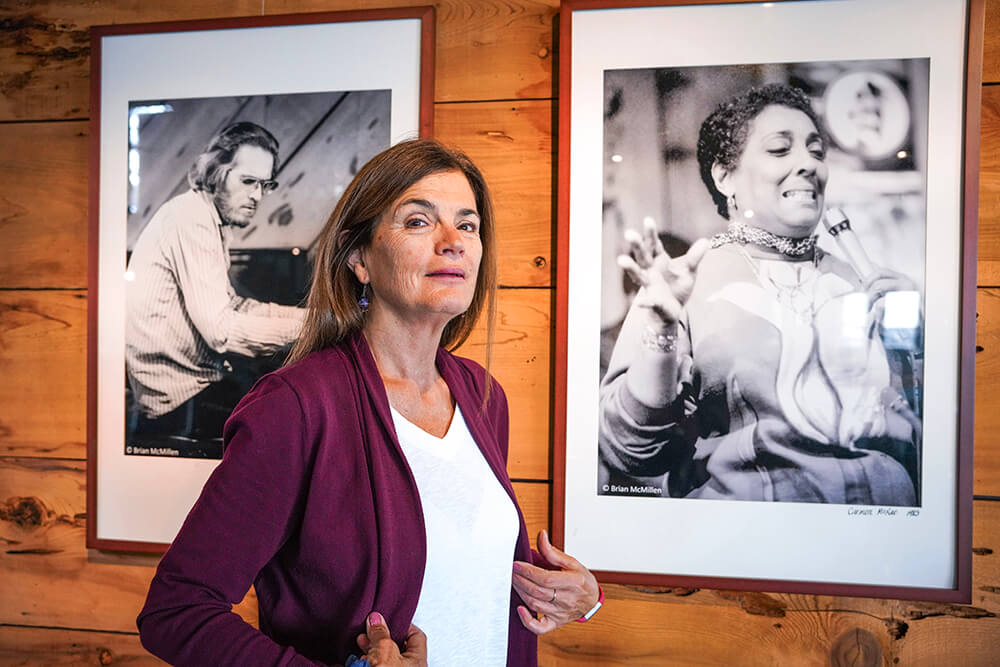
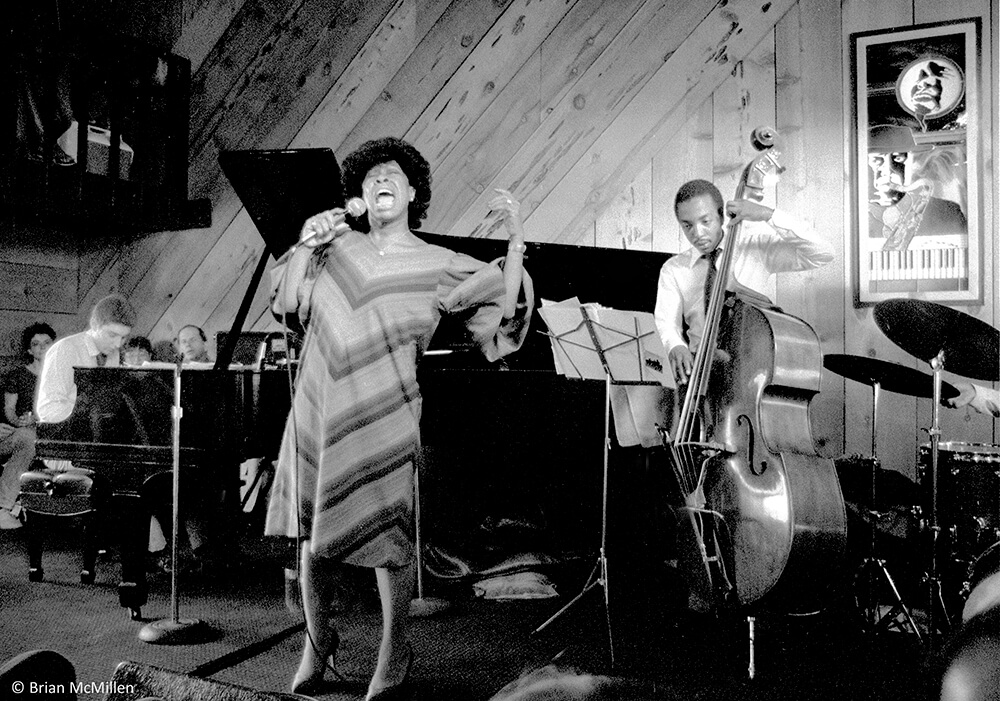
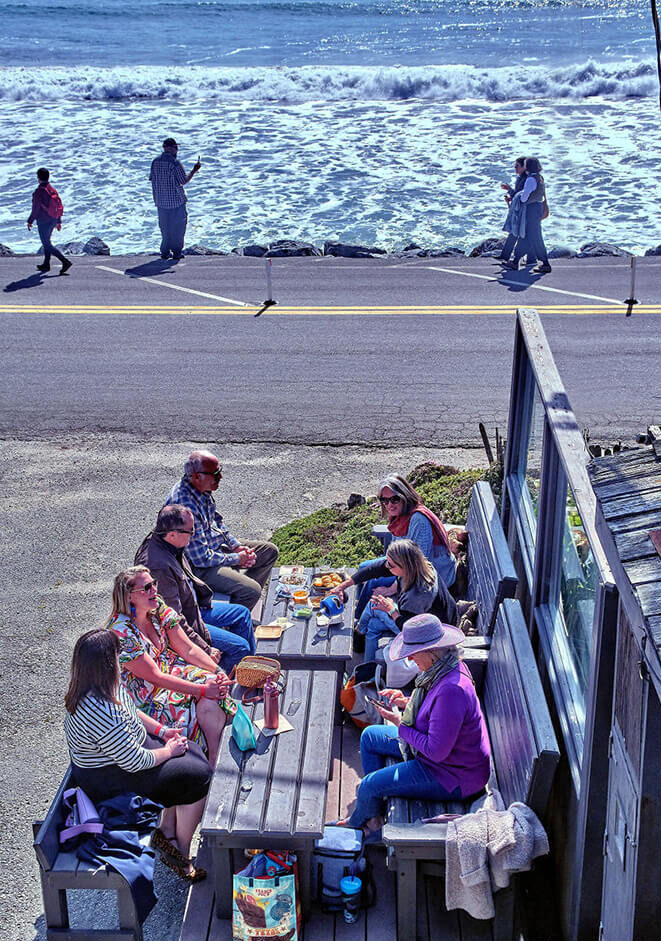
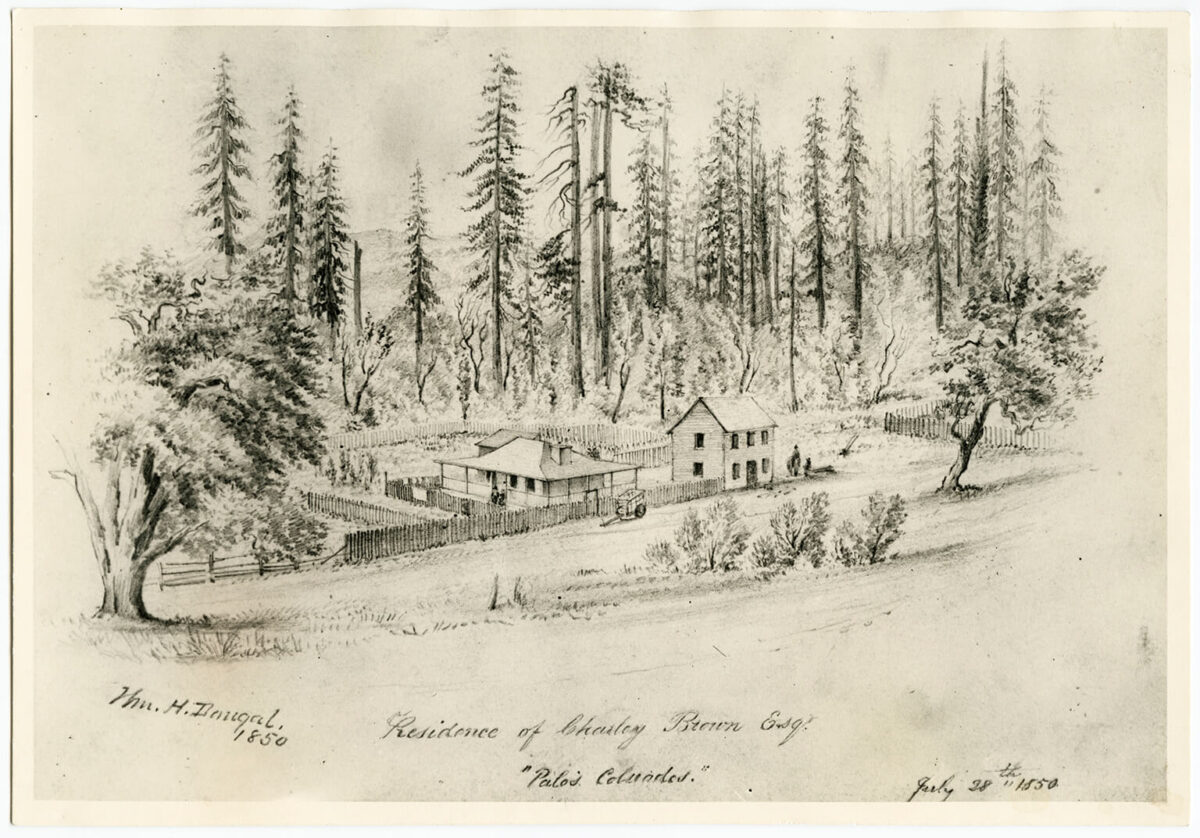
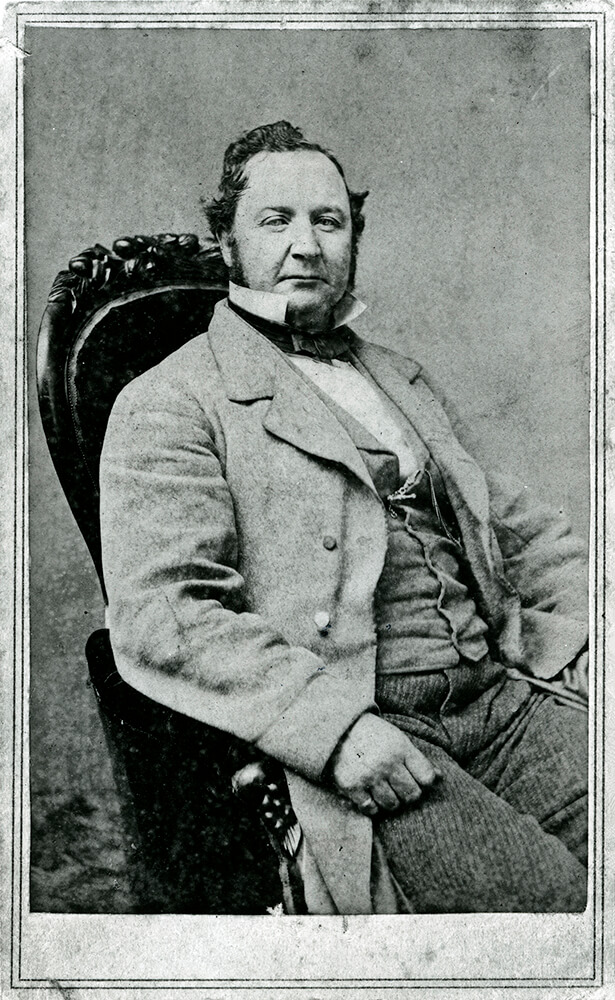




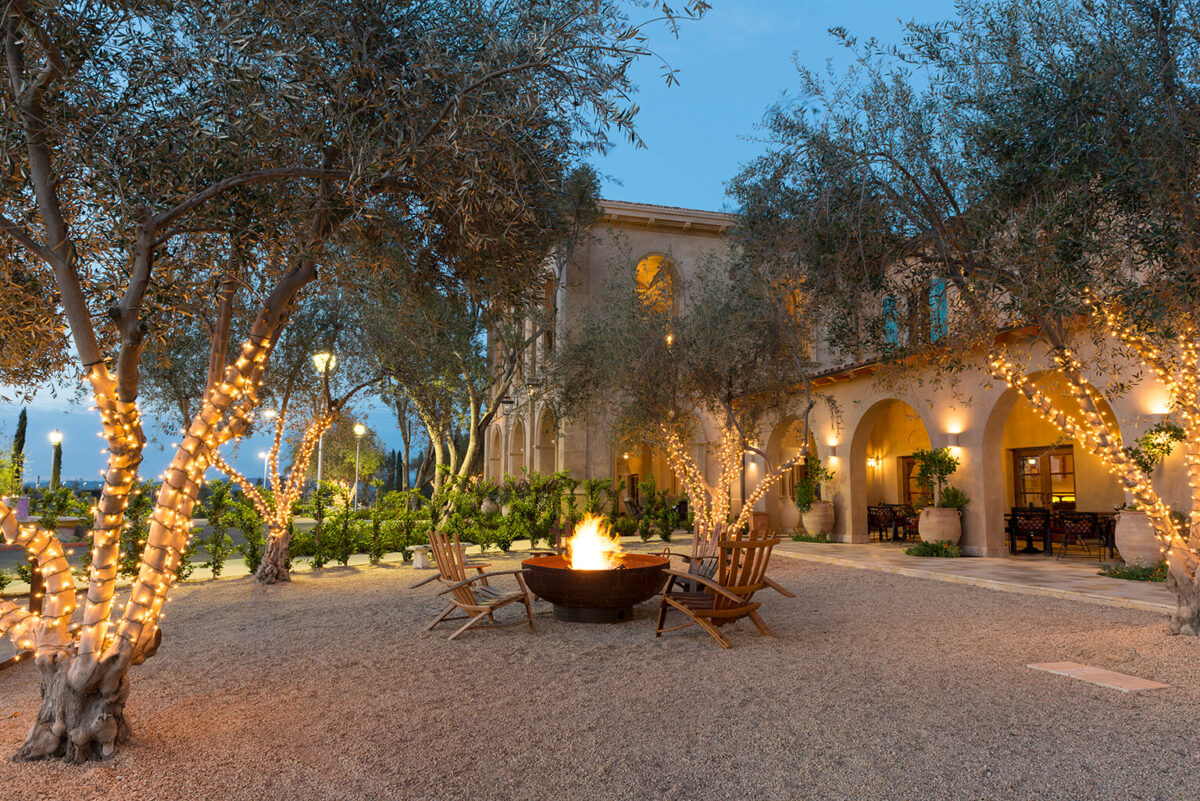
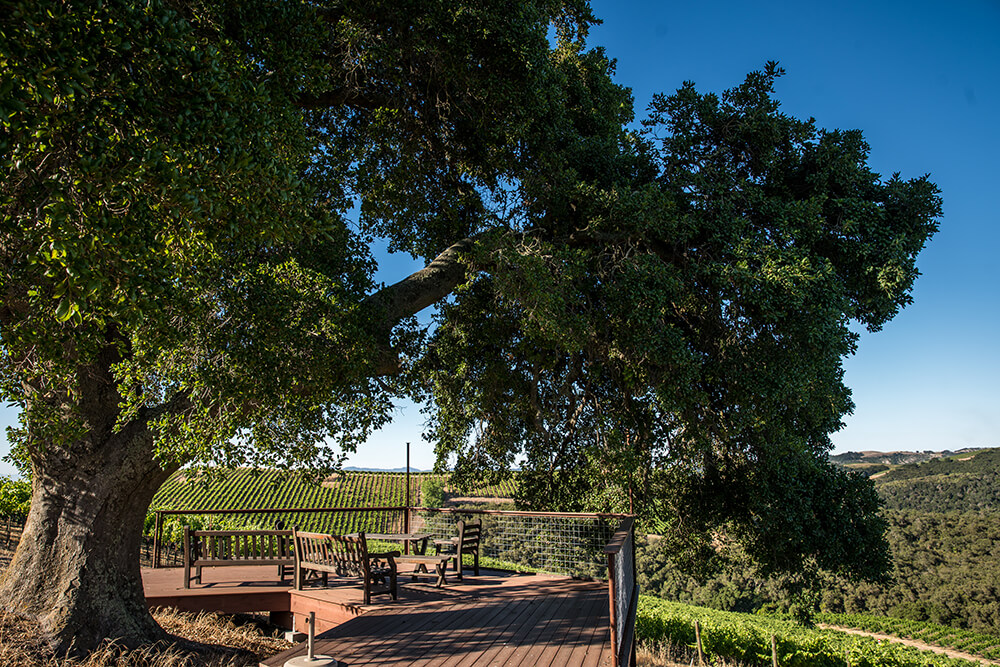
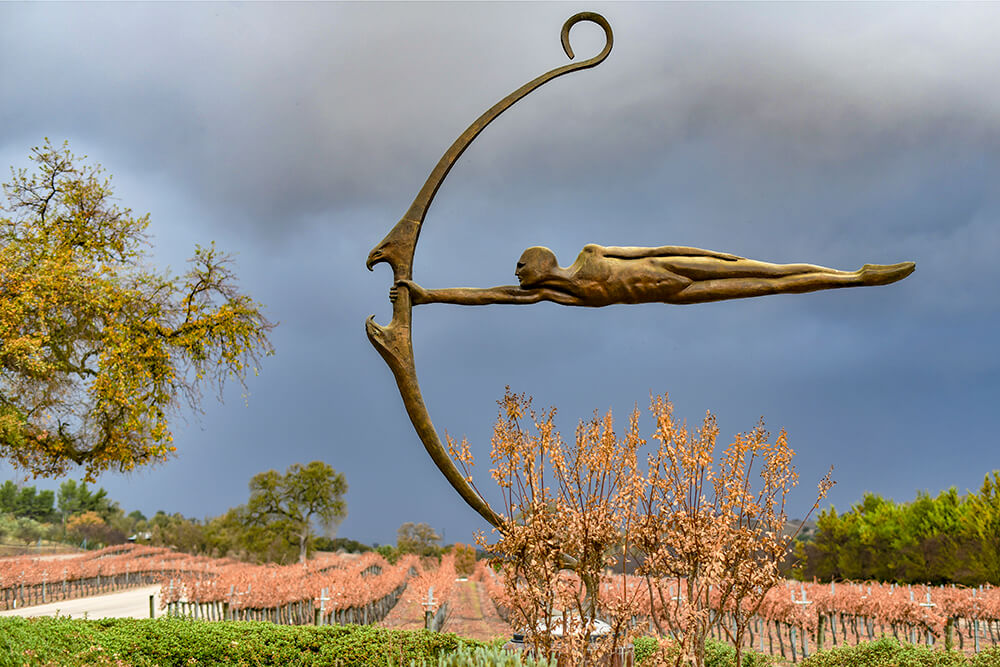
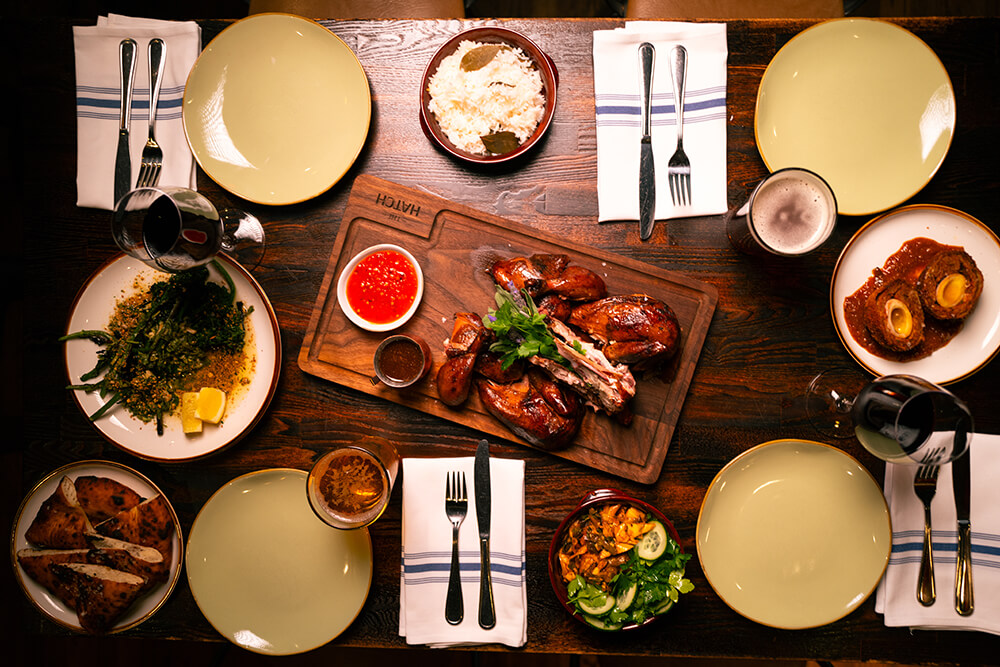
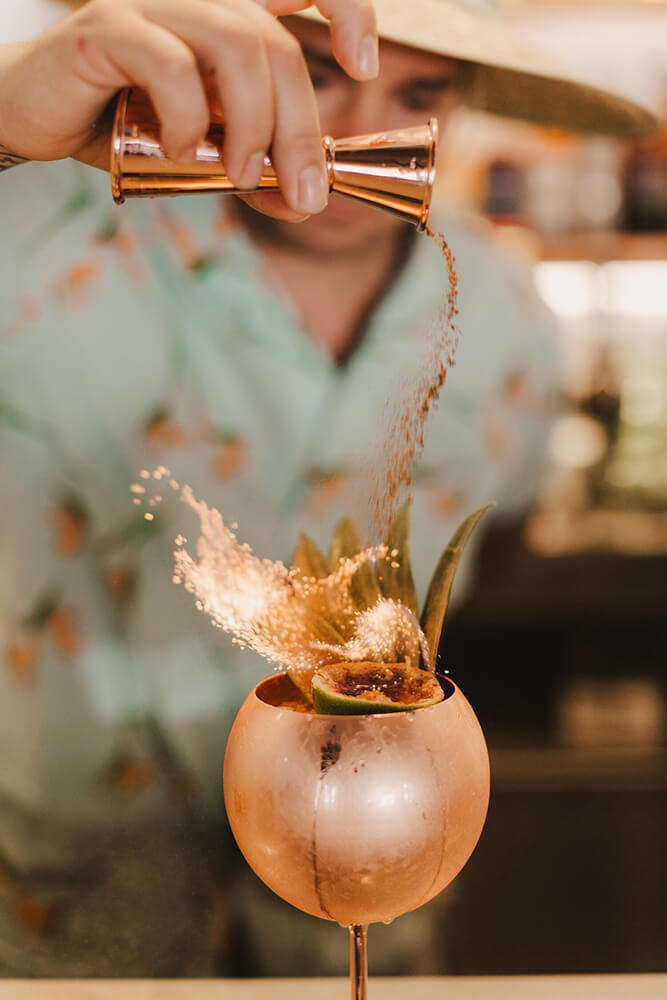
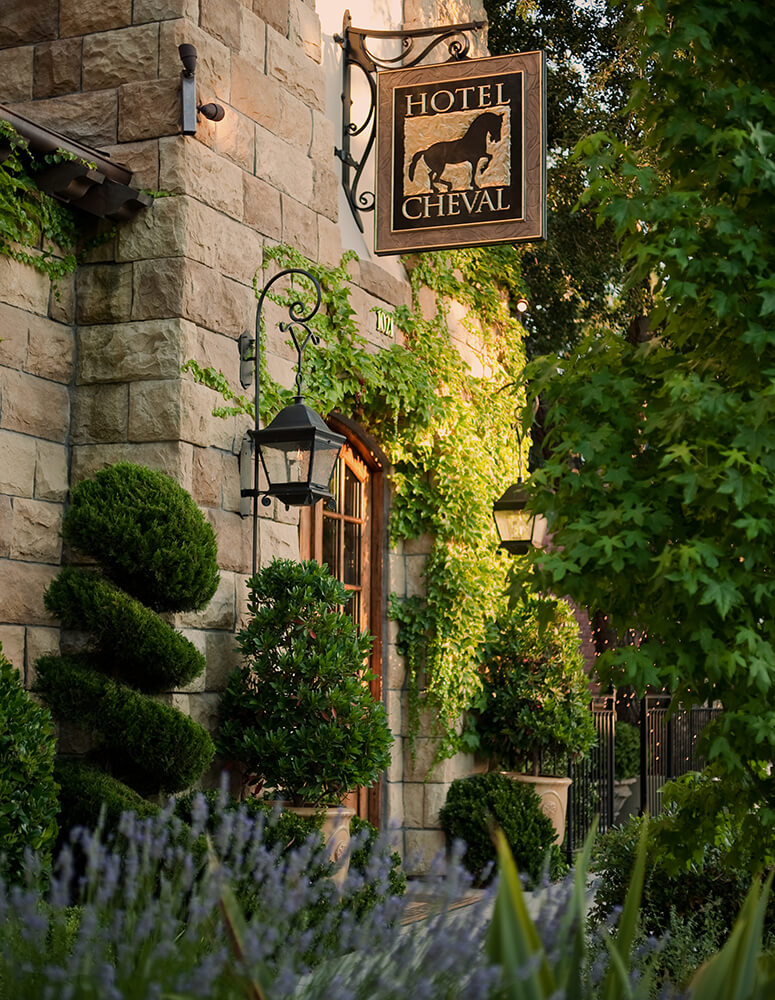
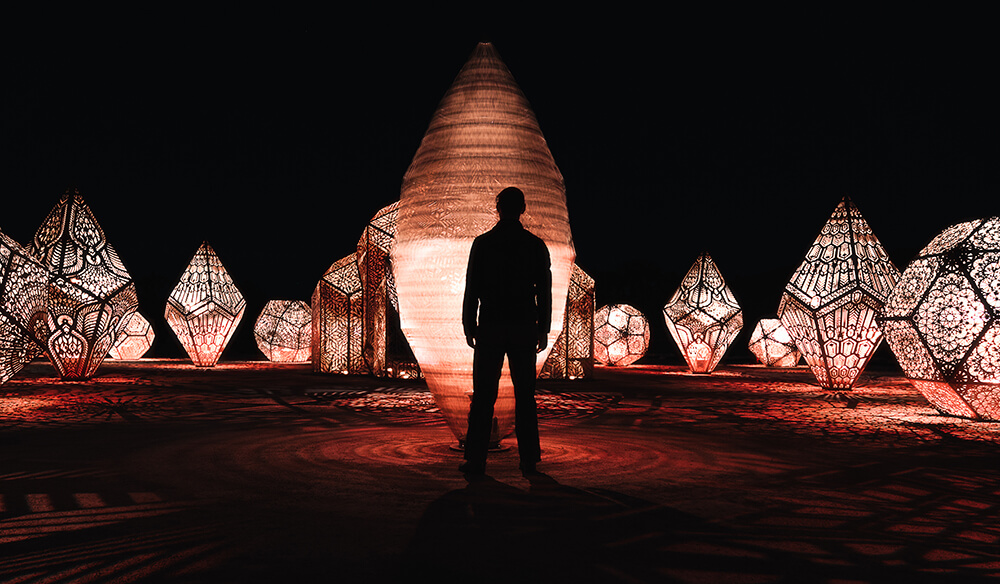
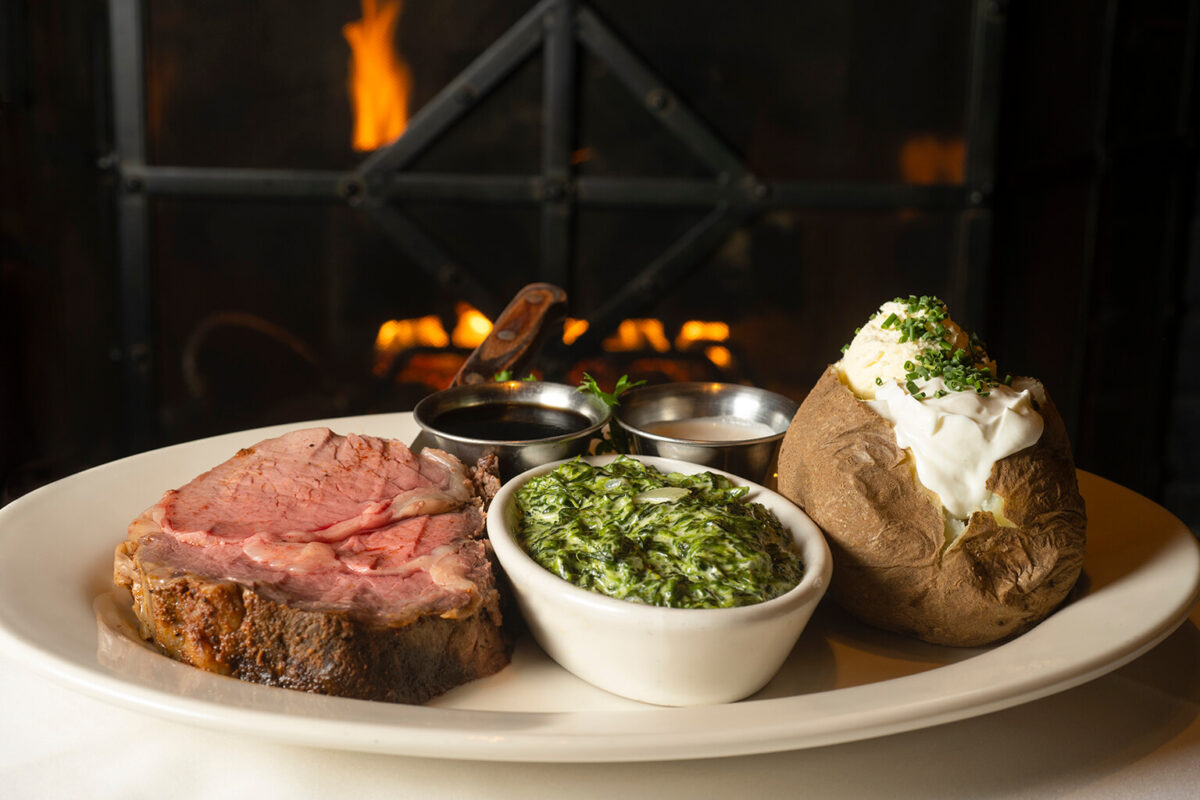
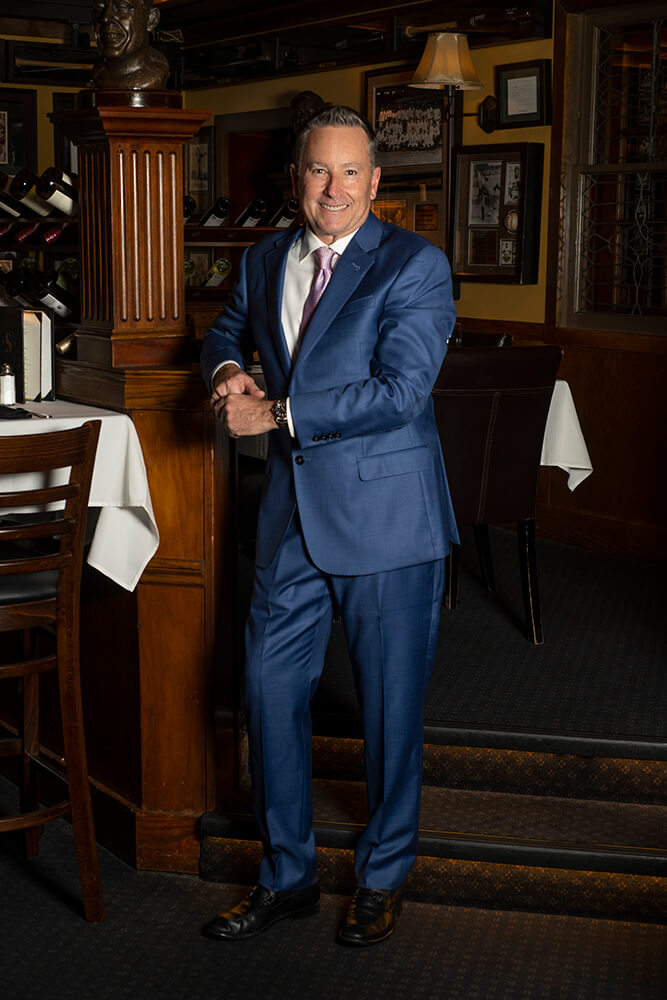
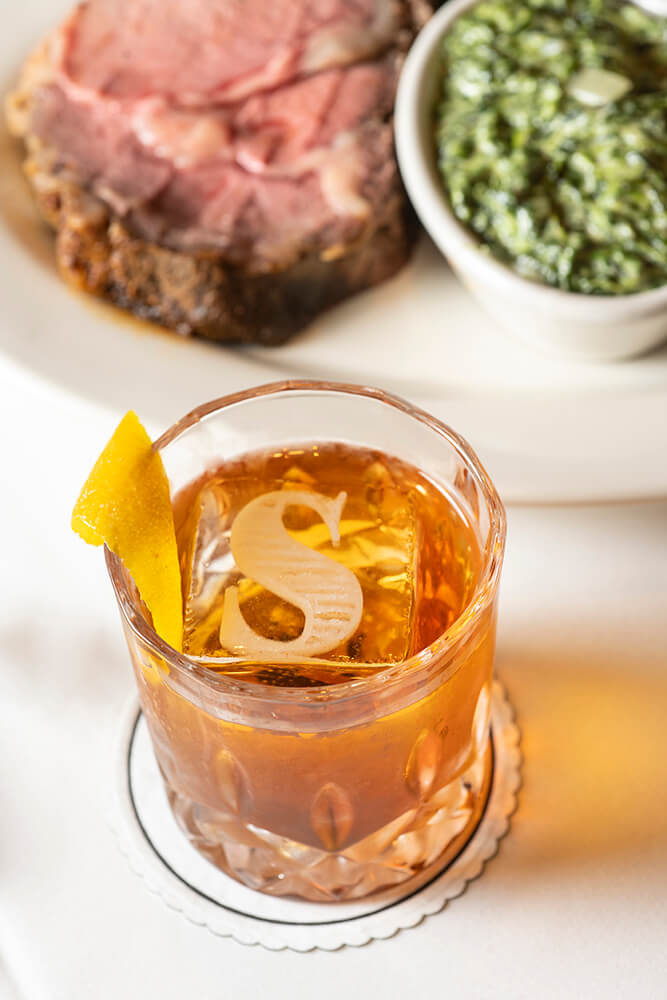
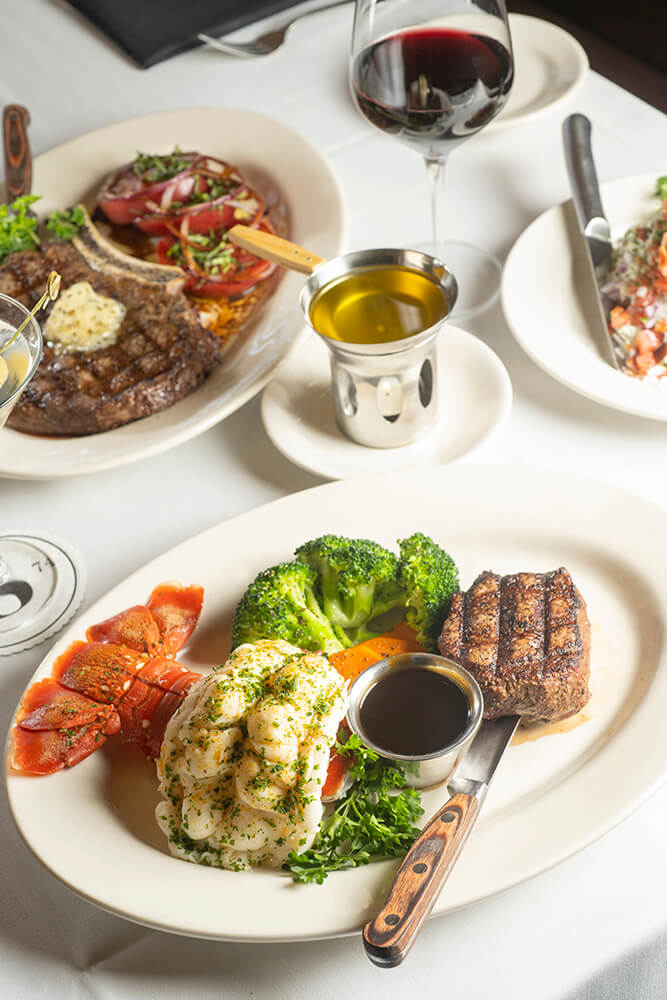
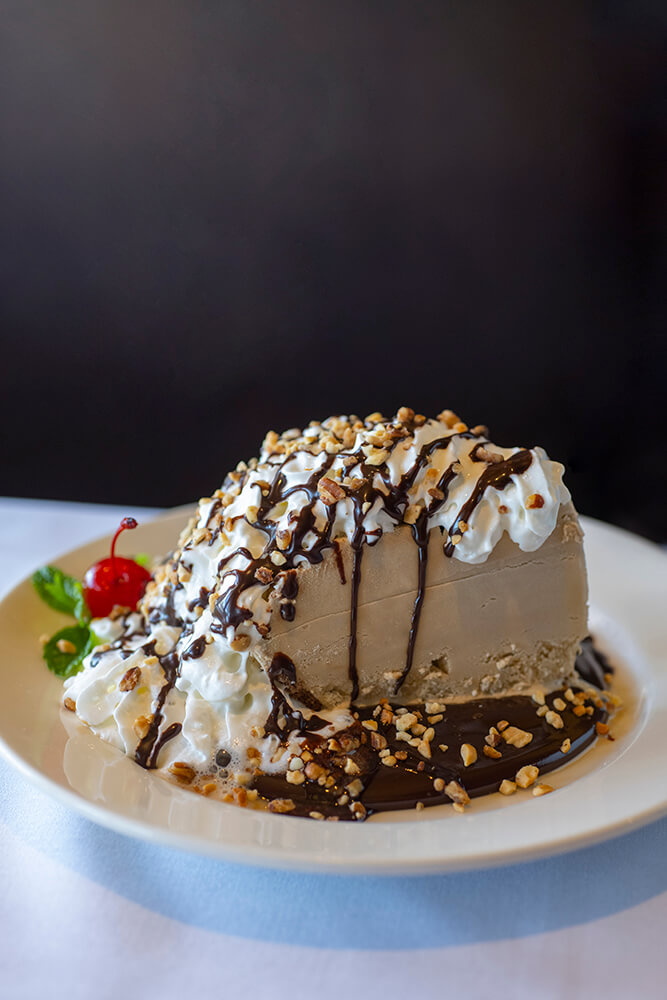
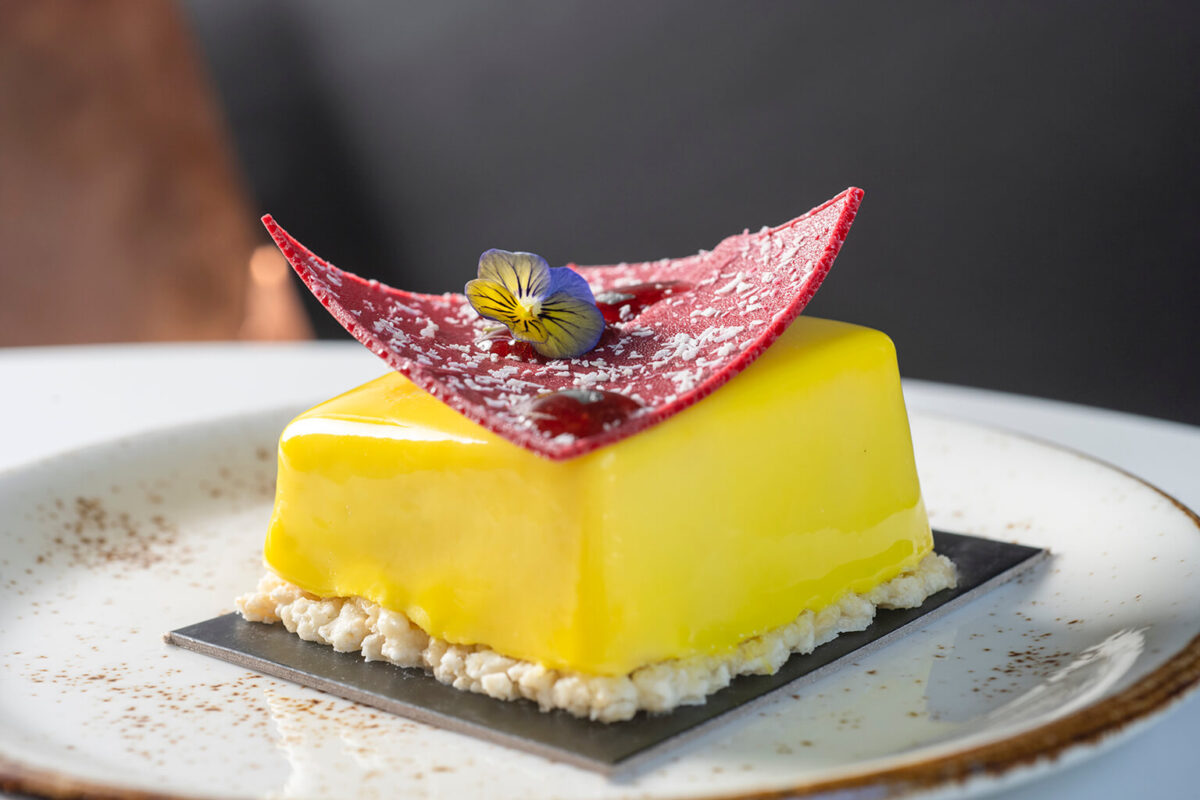
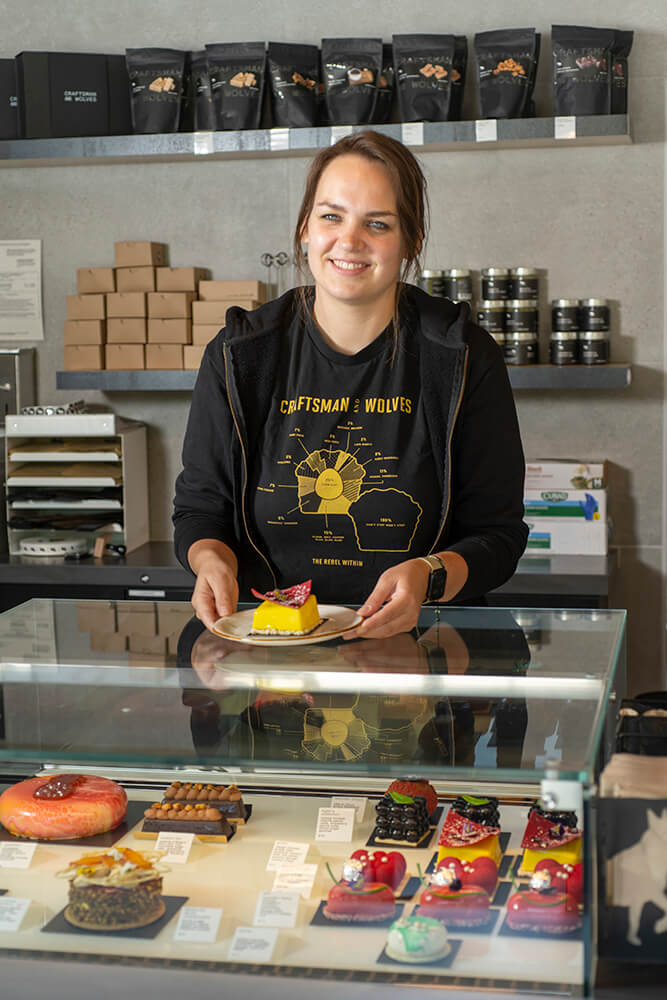
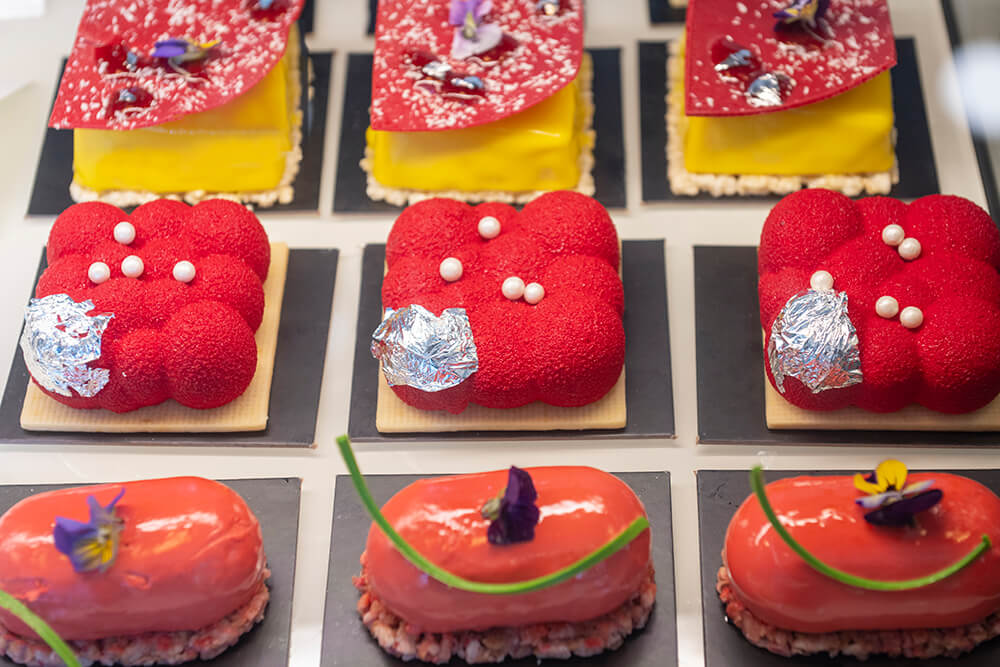
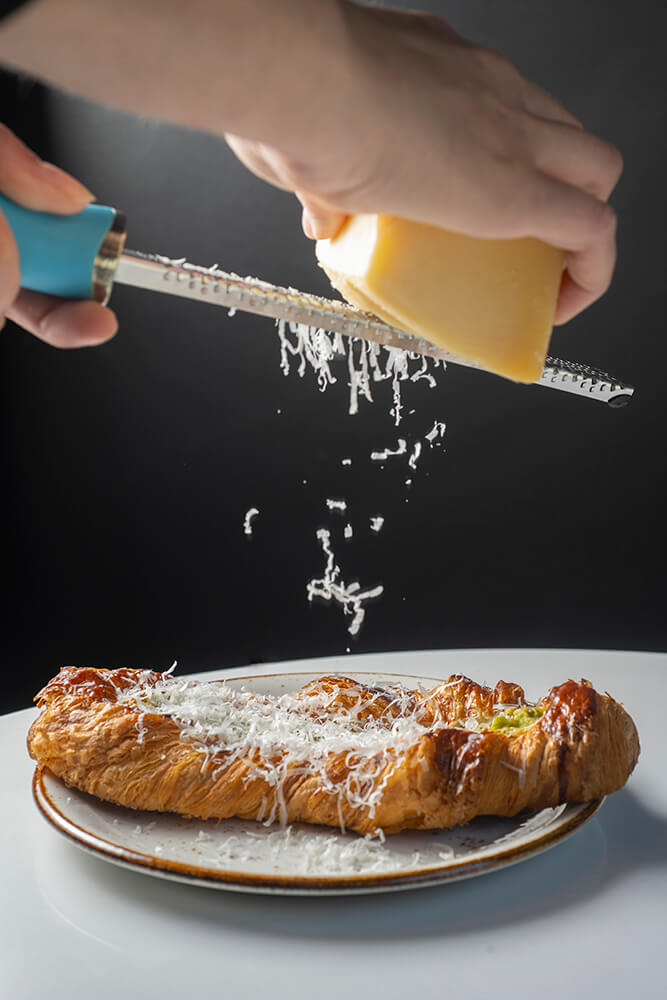
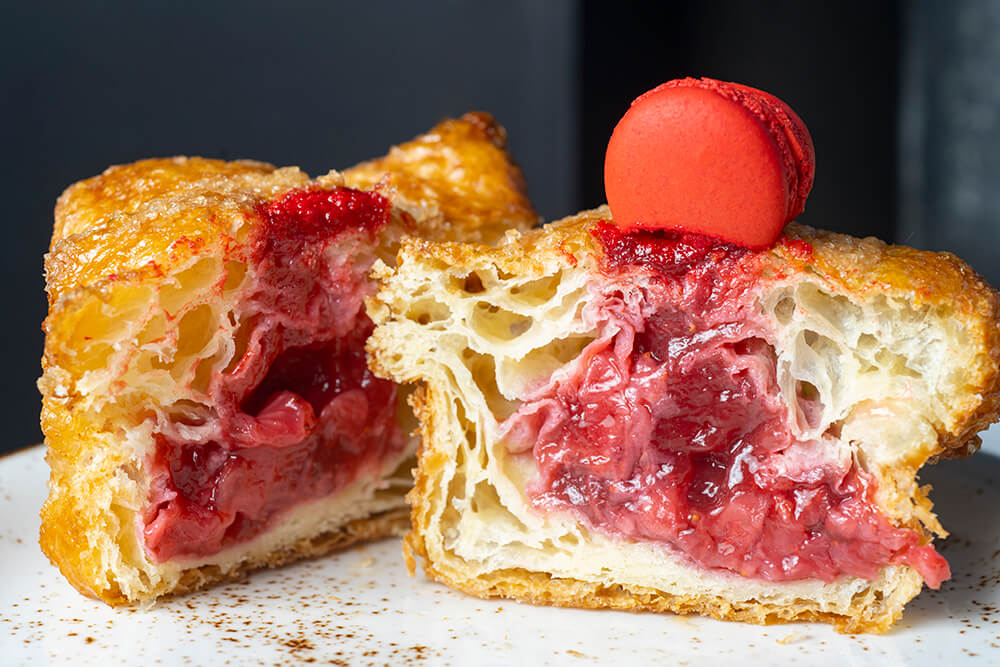
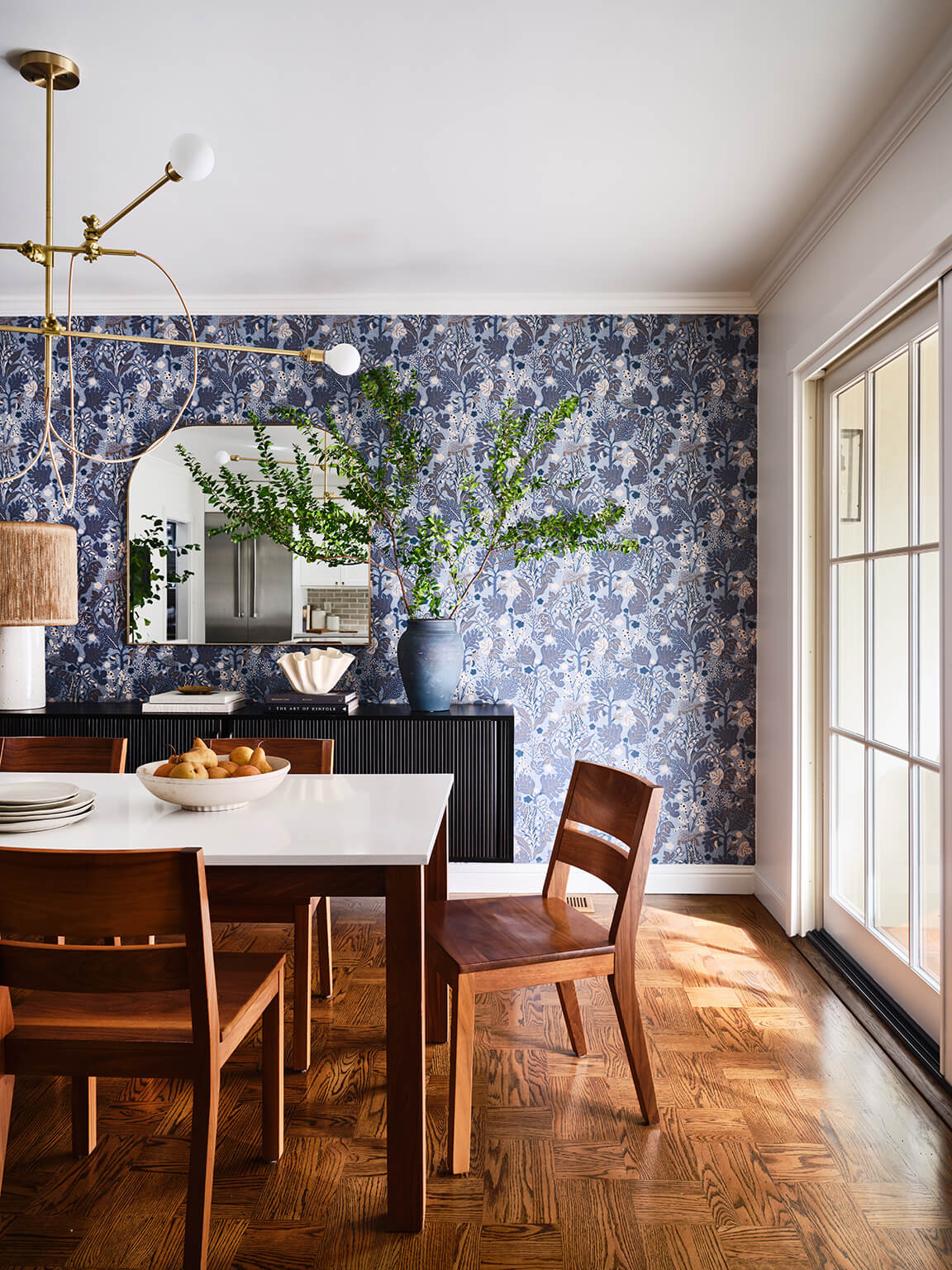



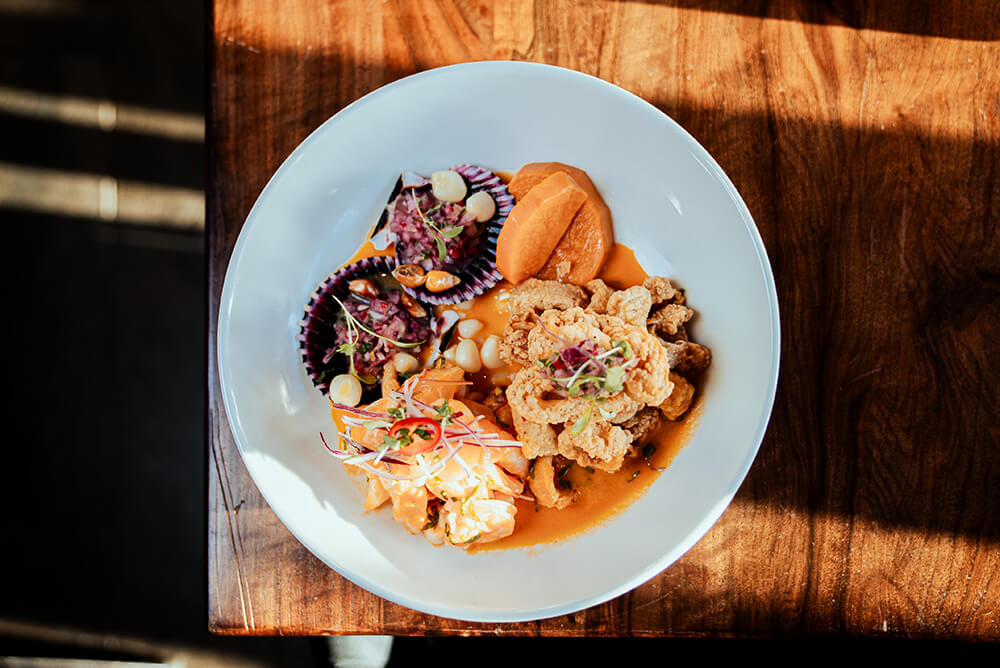
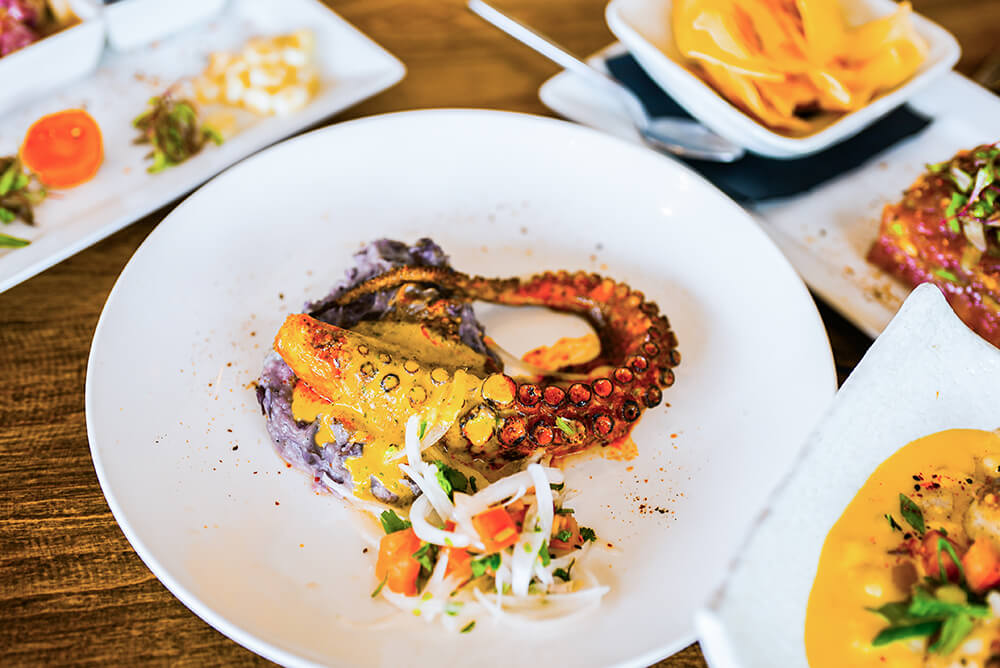
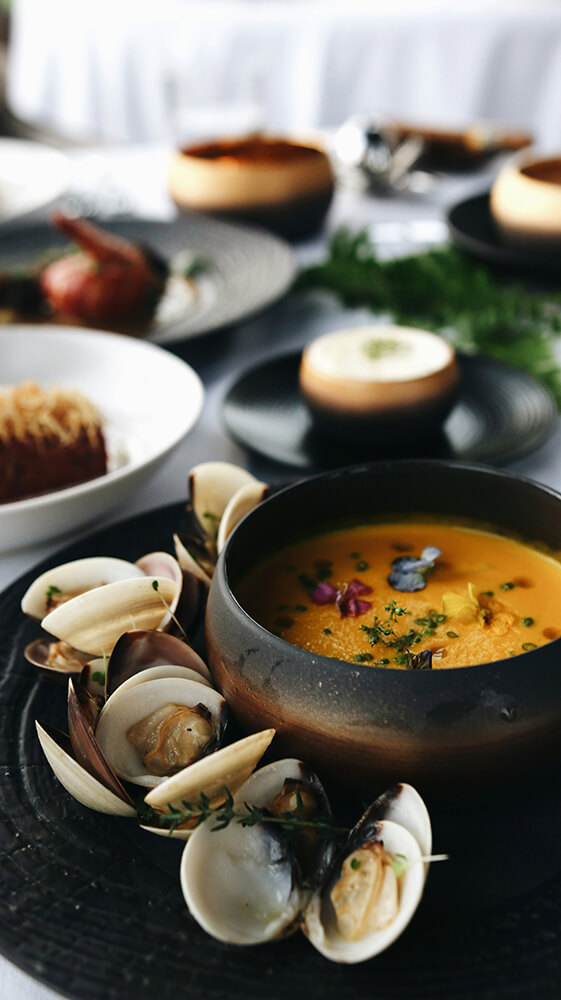

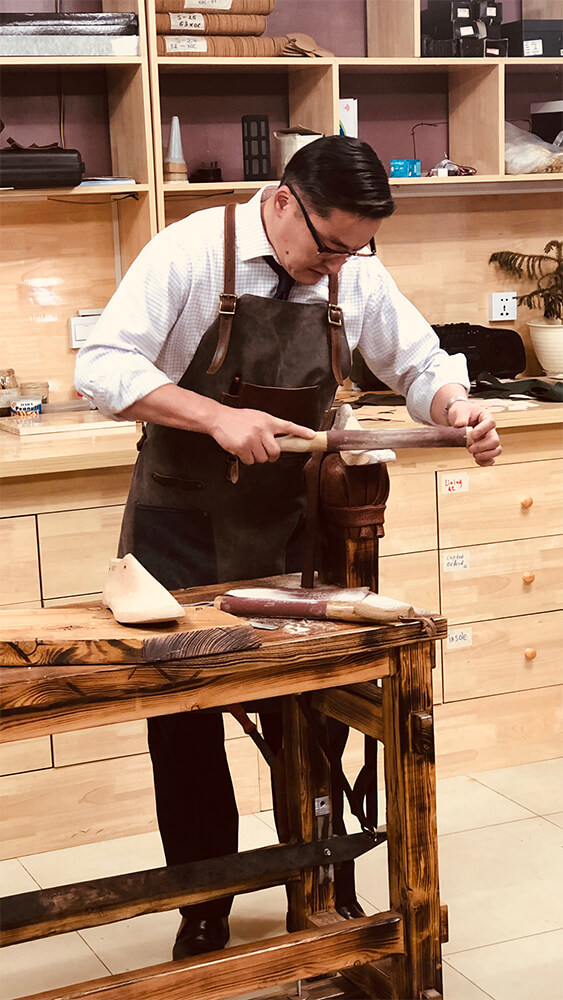

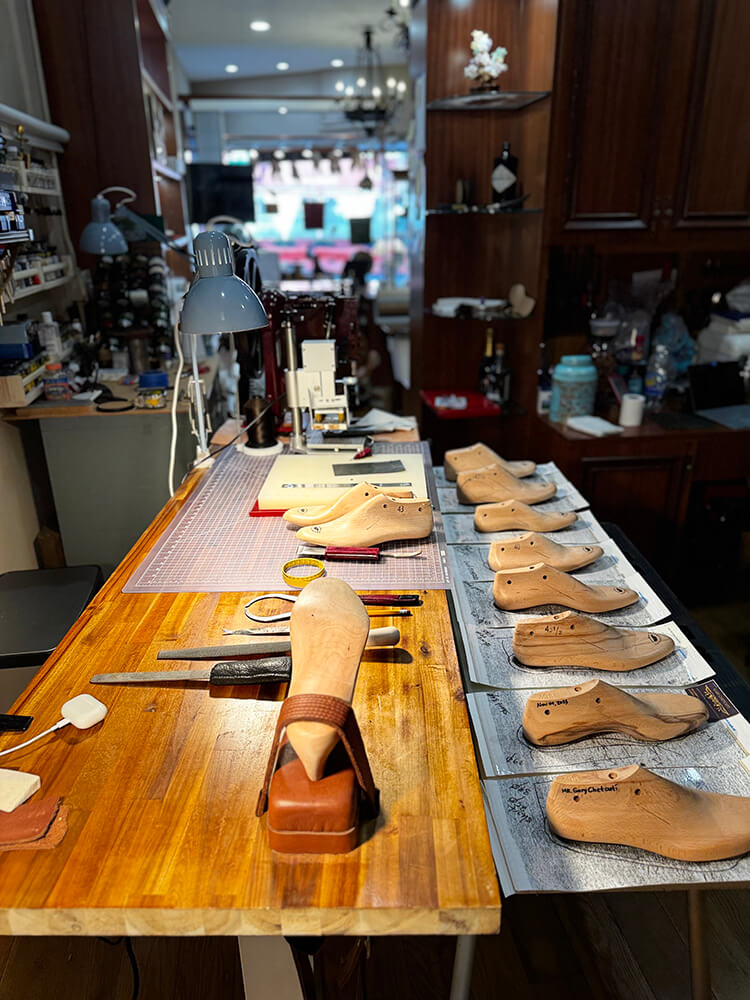

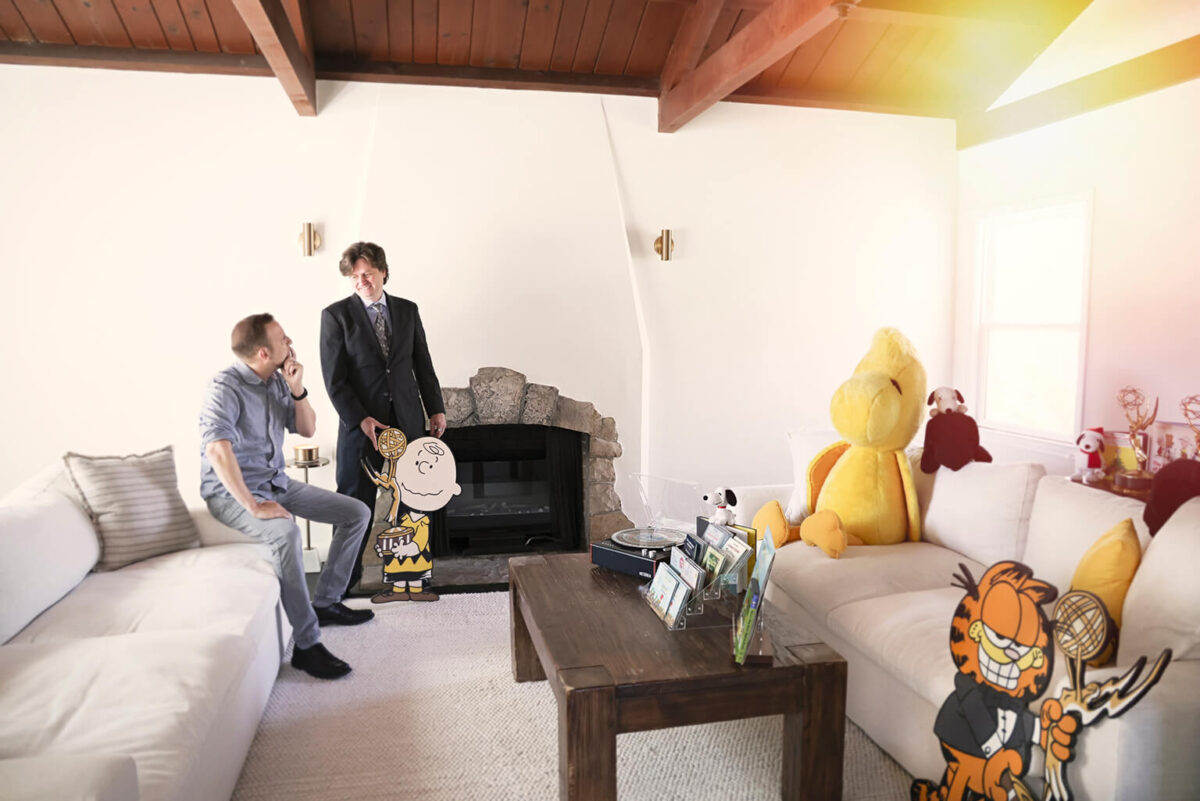





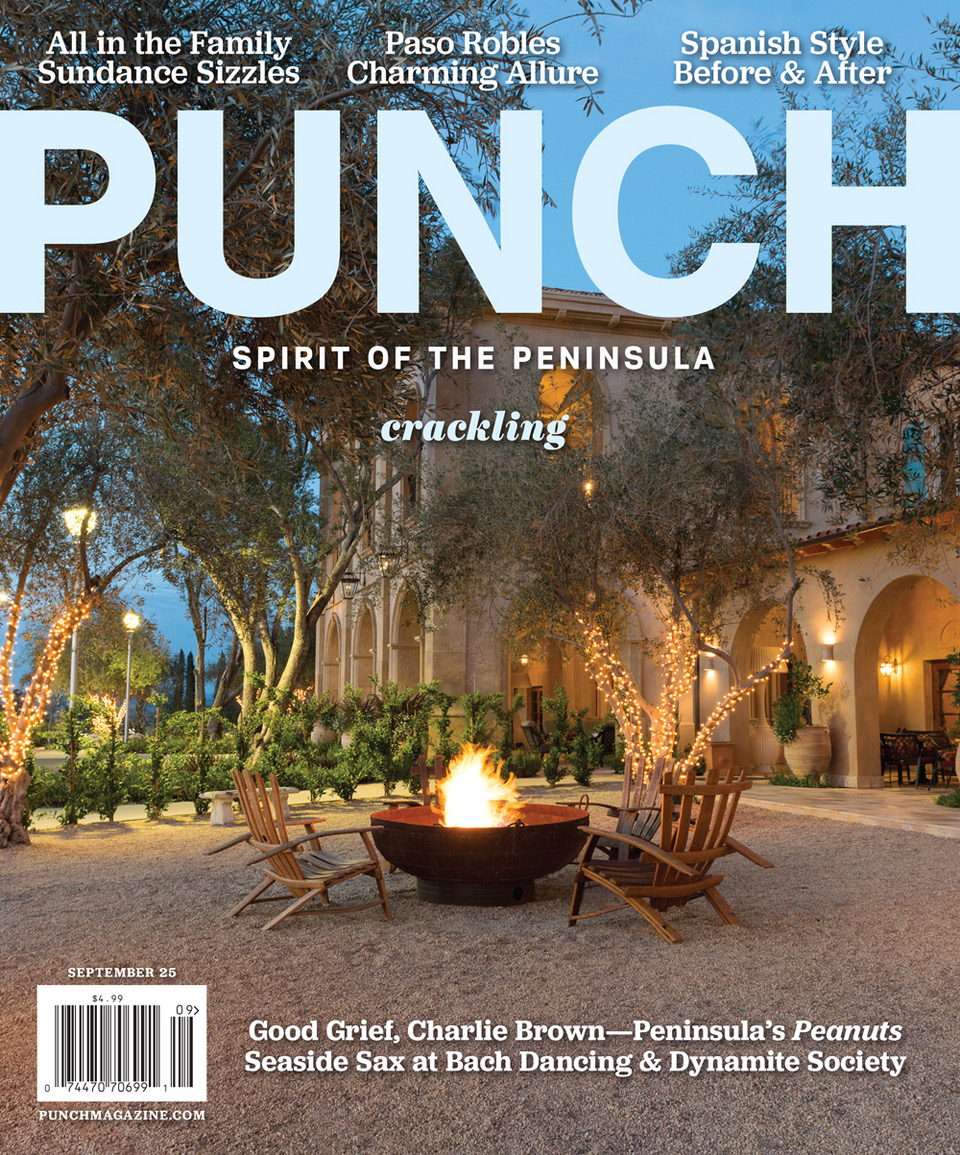
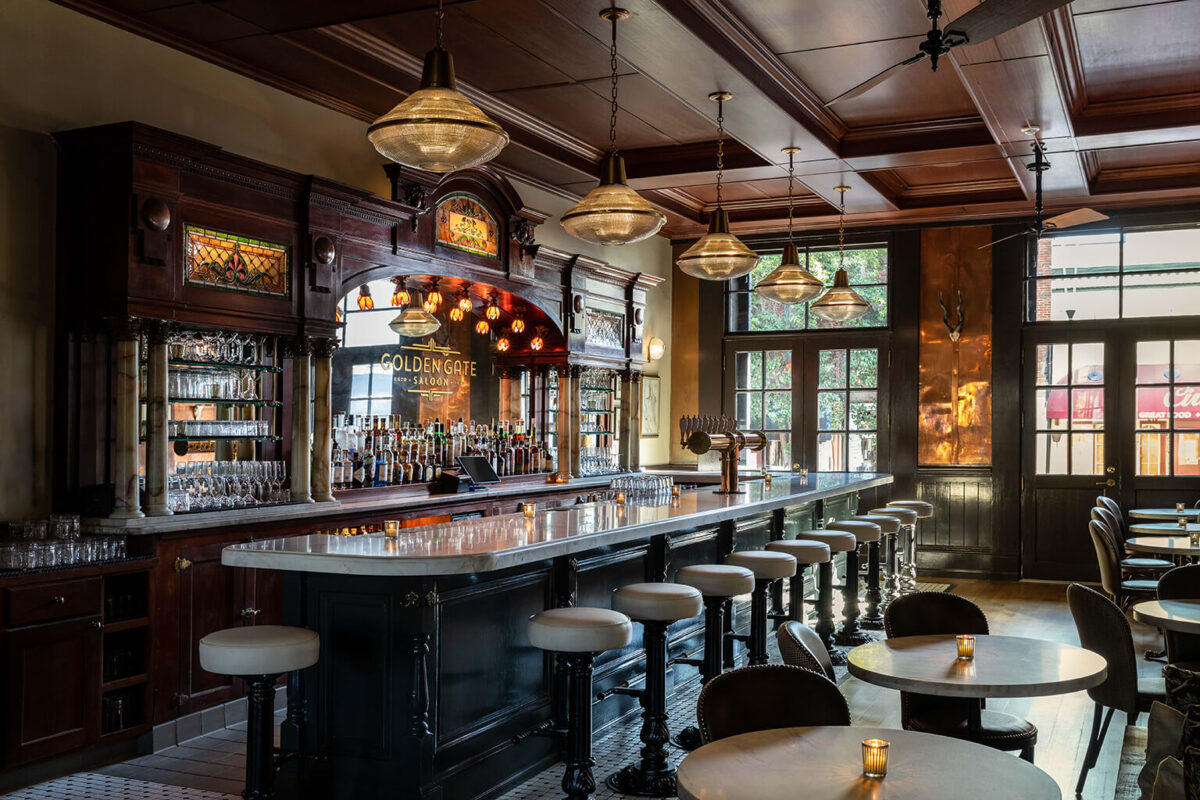

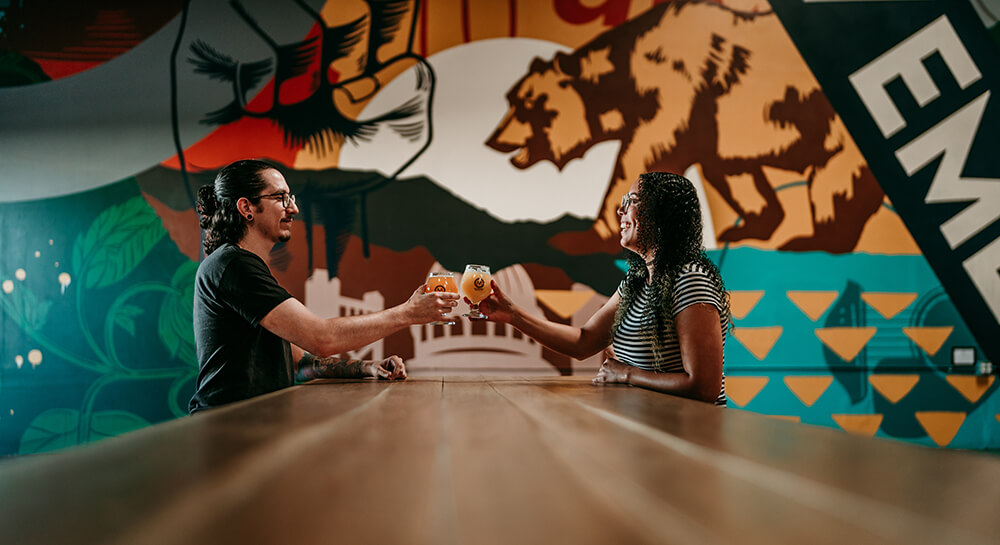
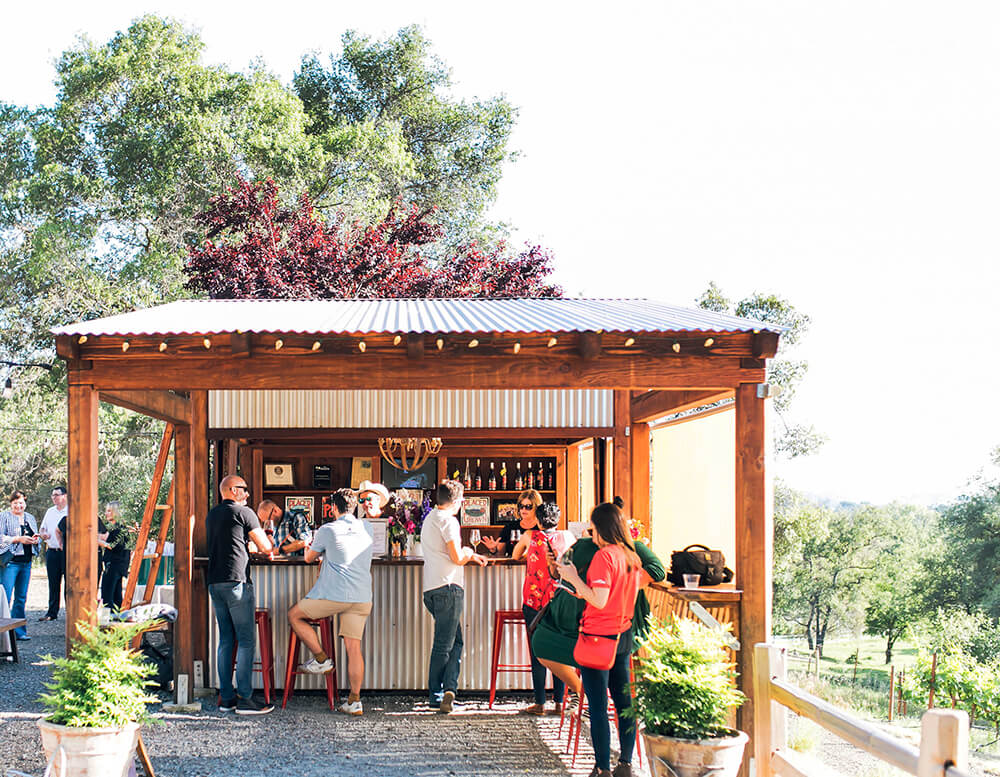

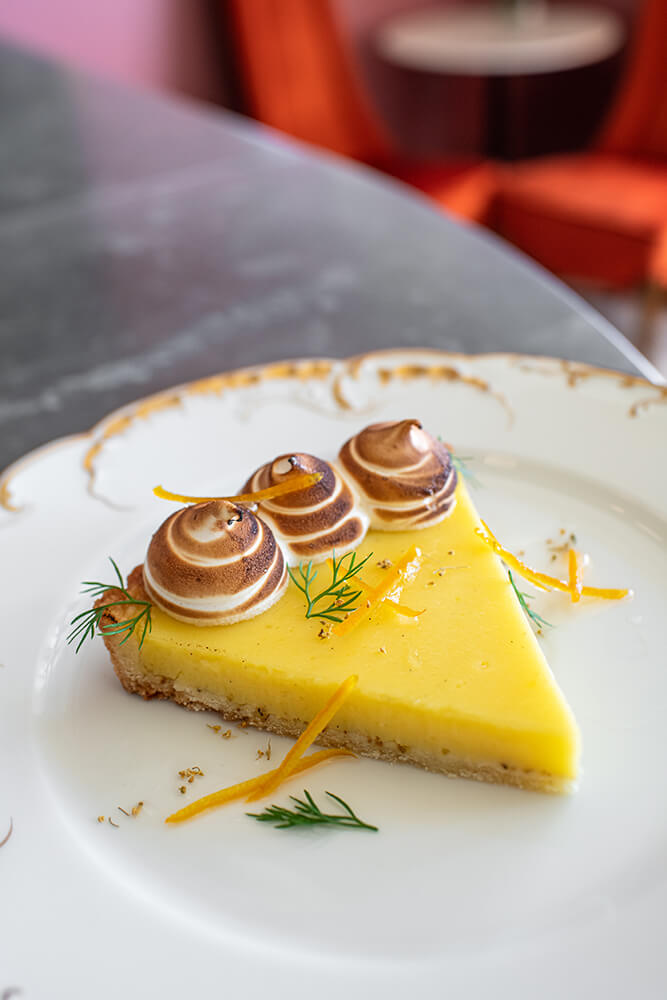
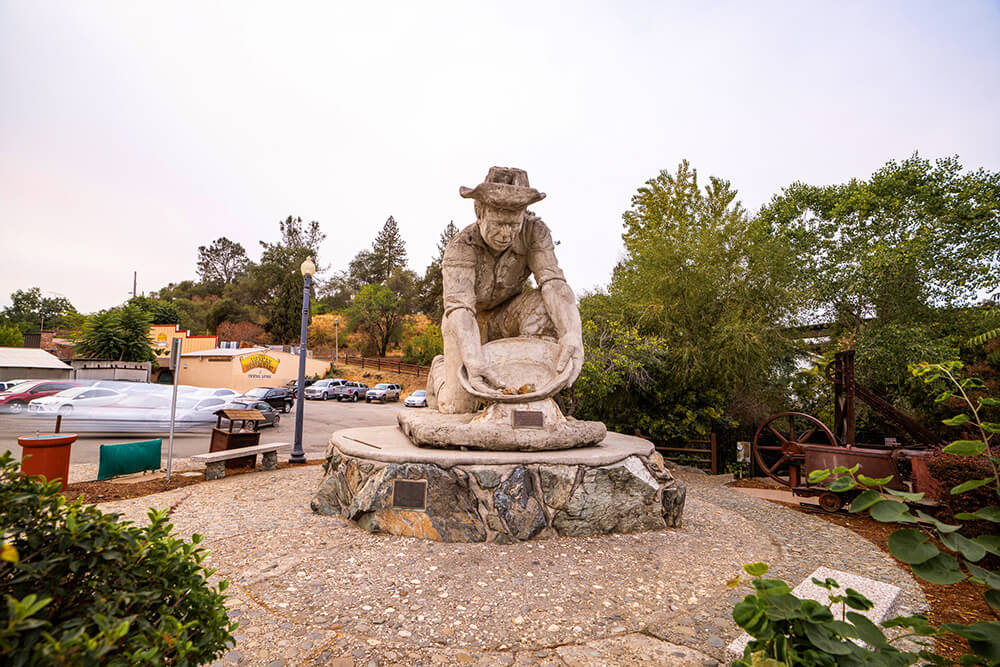
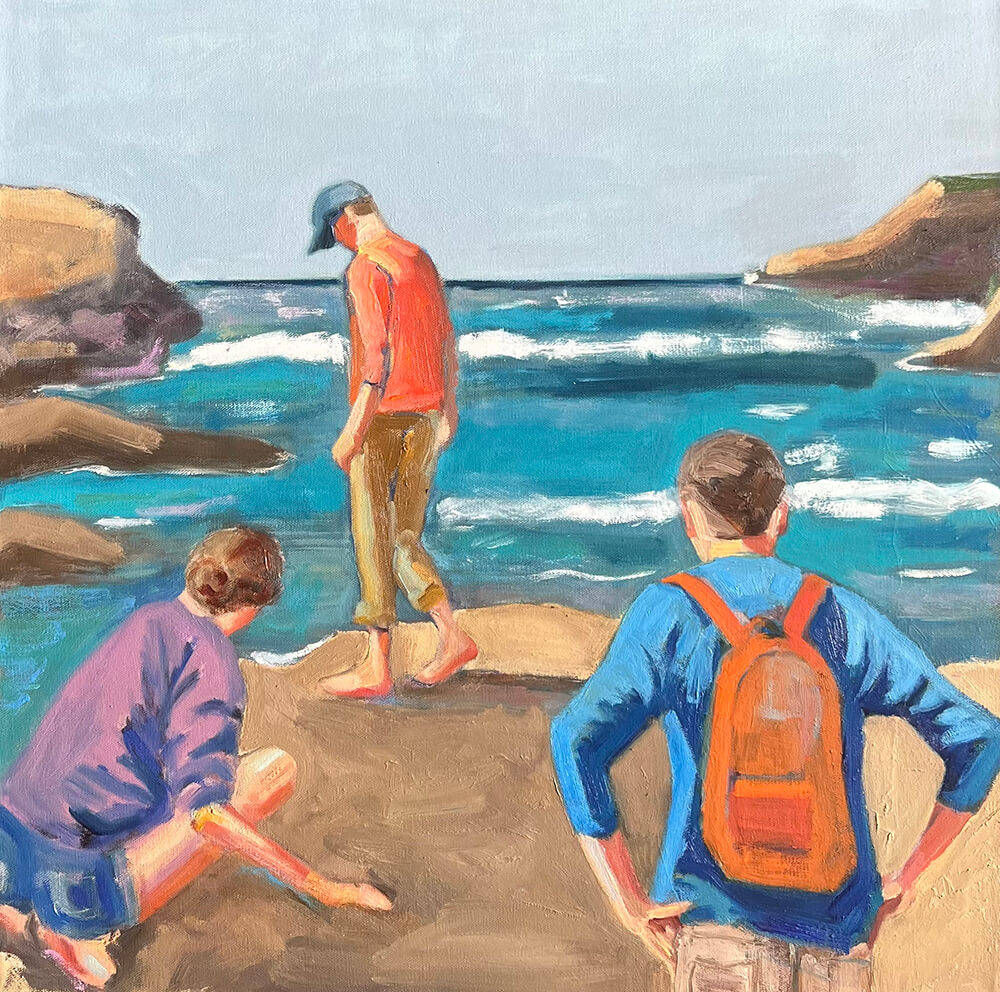
 Cover Painting: Tidepool Treasures / Above Painting: Tangerine Tunic
Cover Painting: Tidepool Treasures / Above Painting: Tangerine Tunic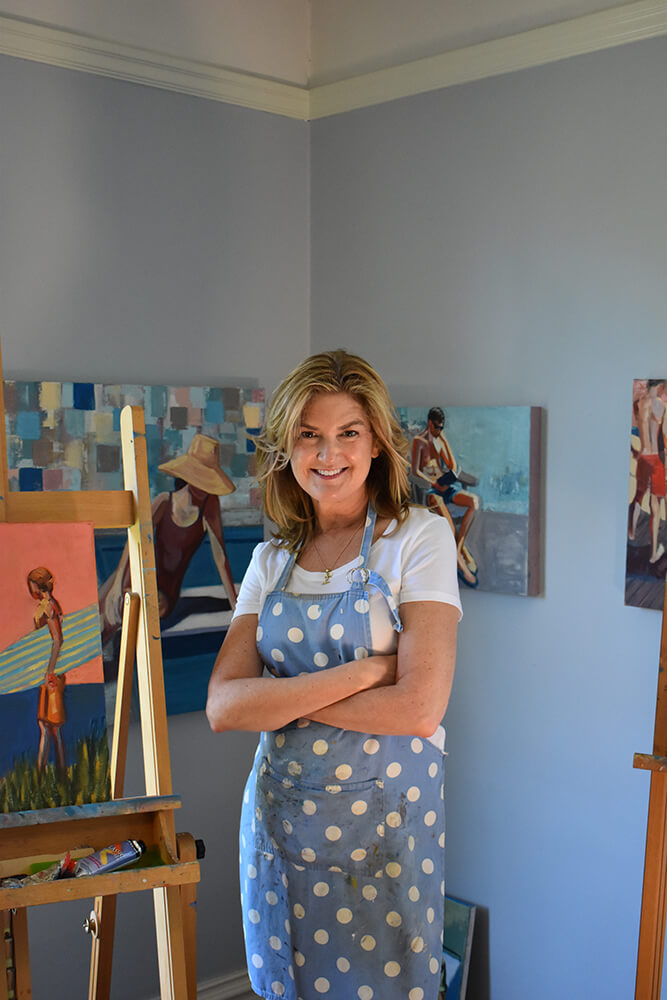


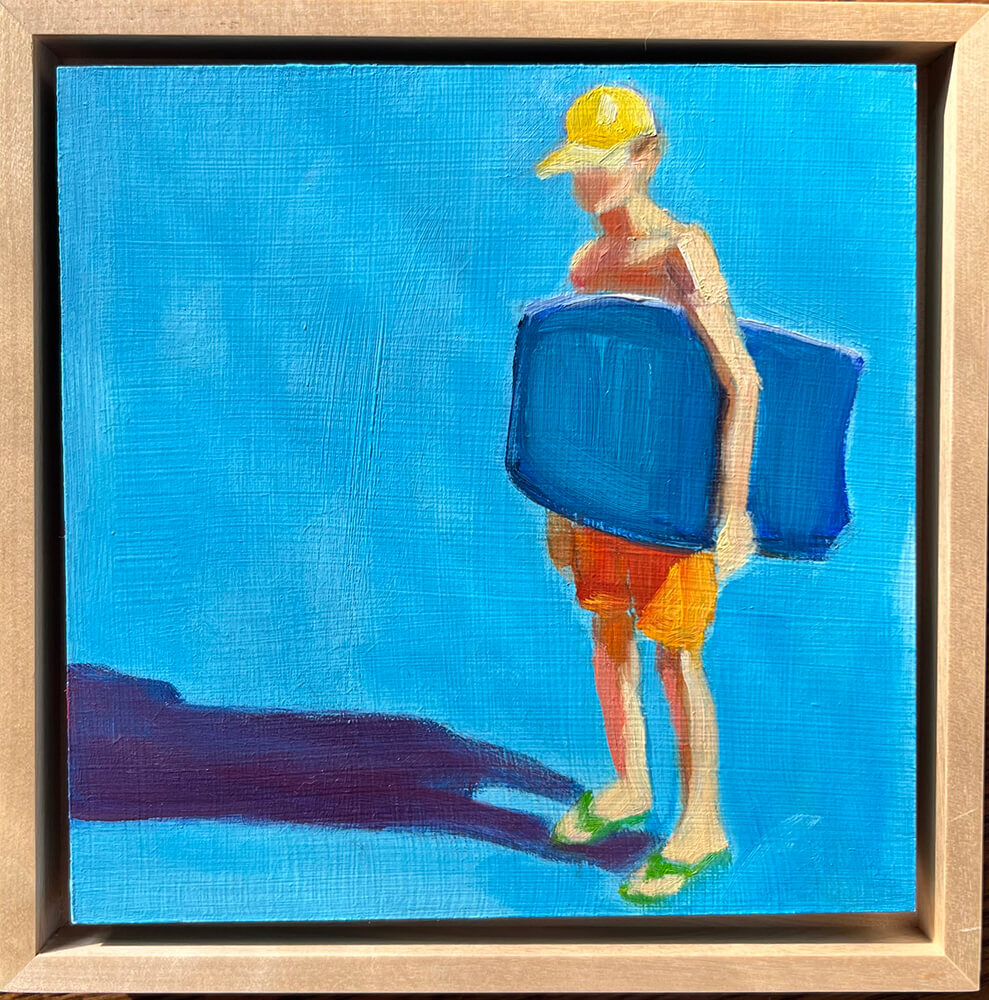
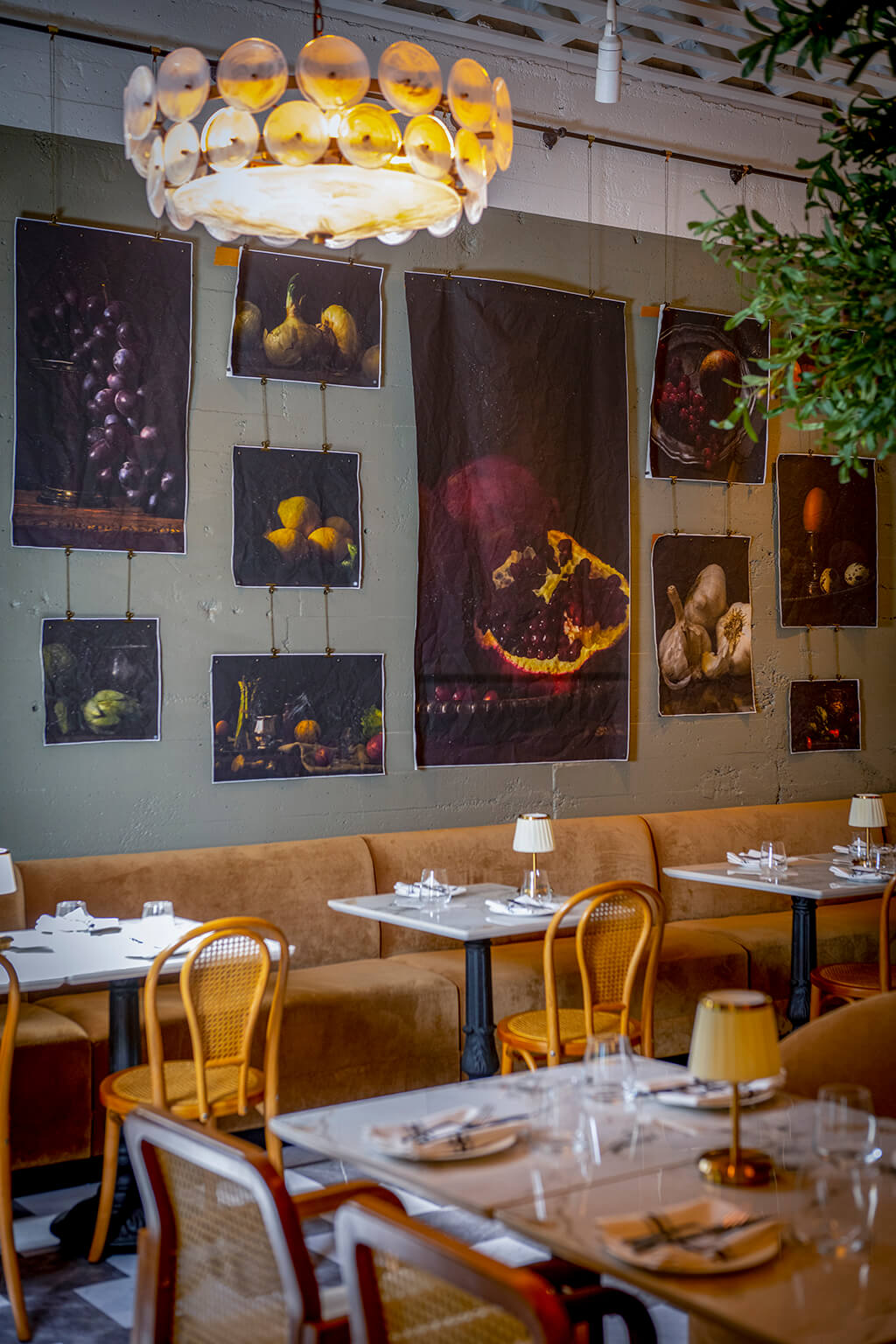
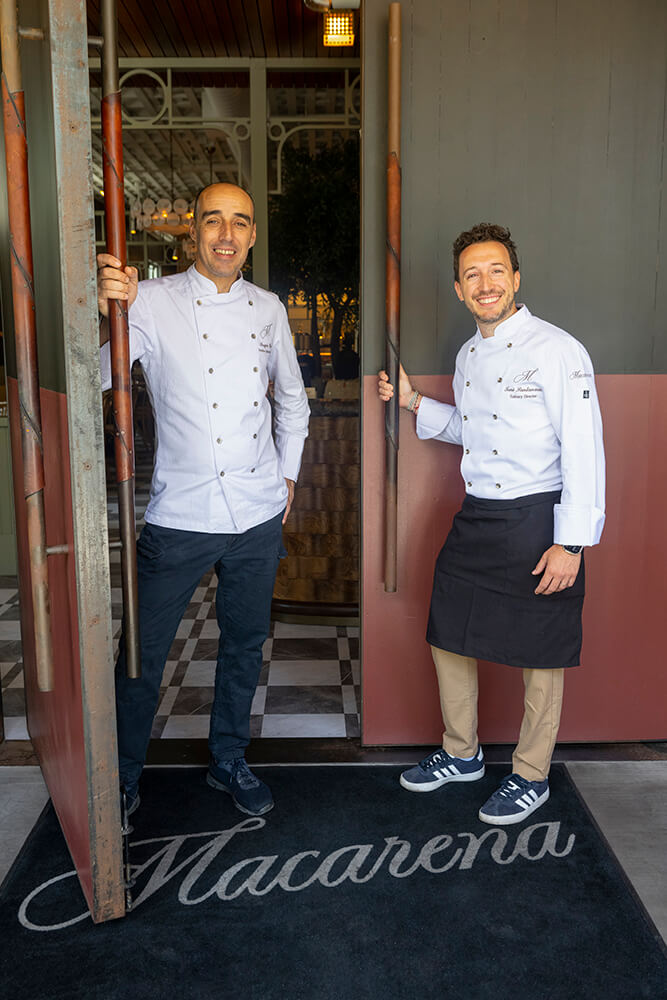
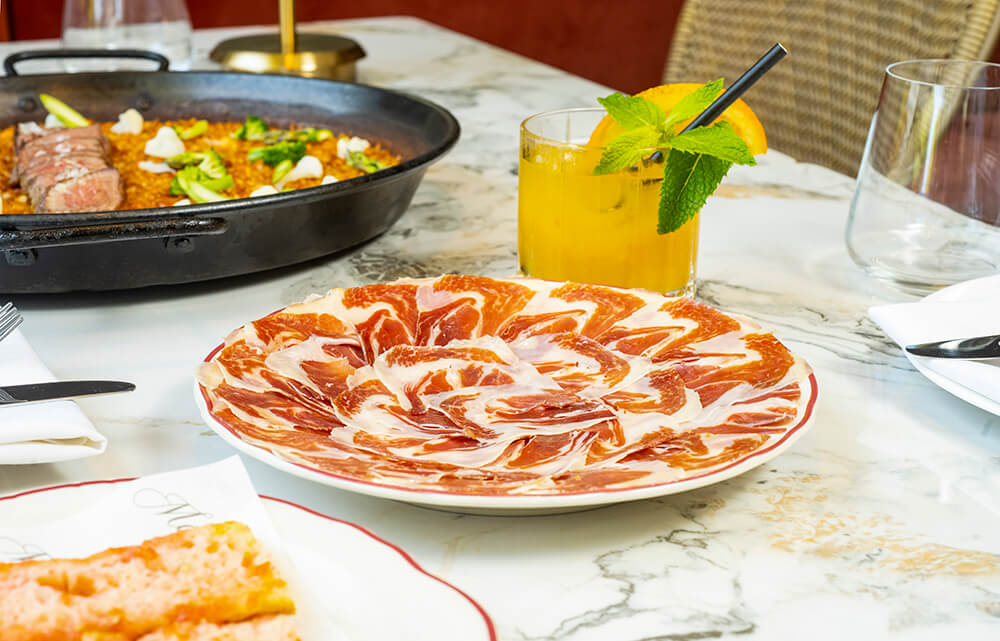
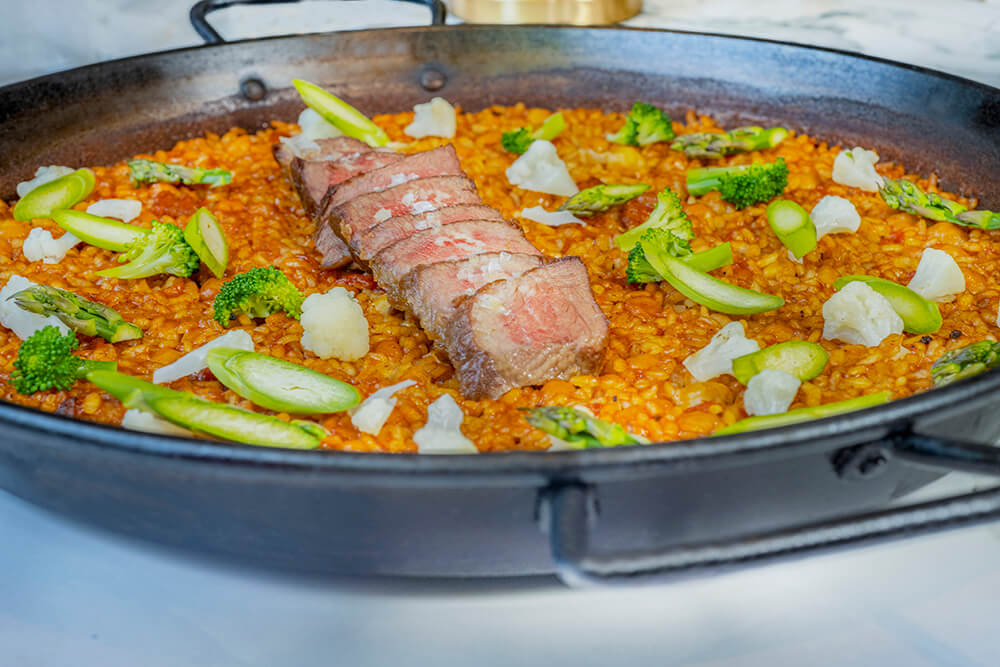
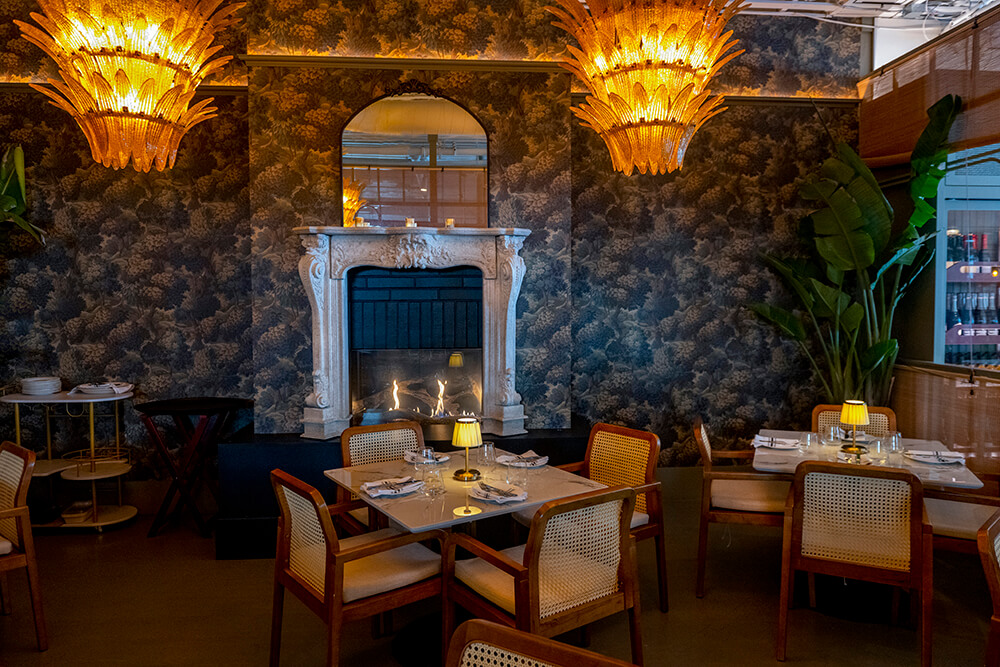
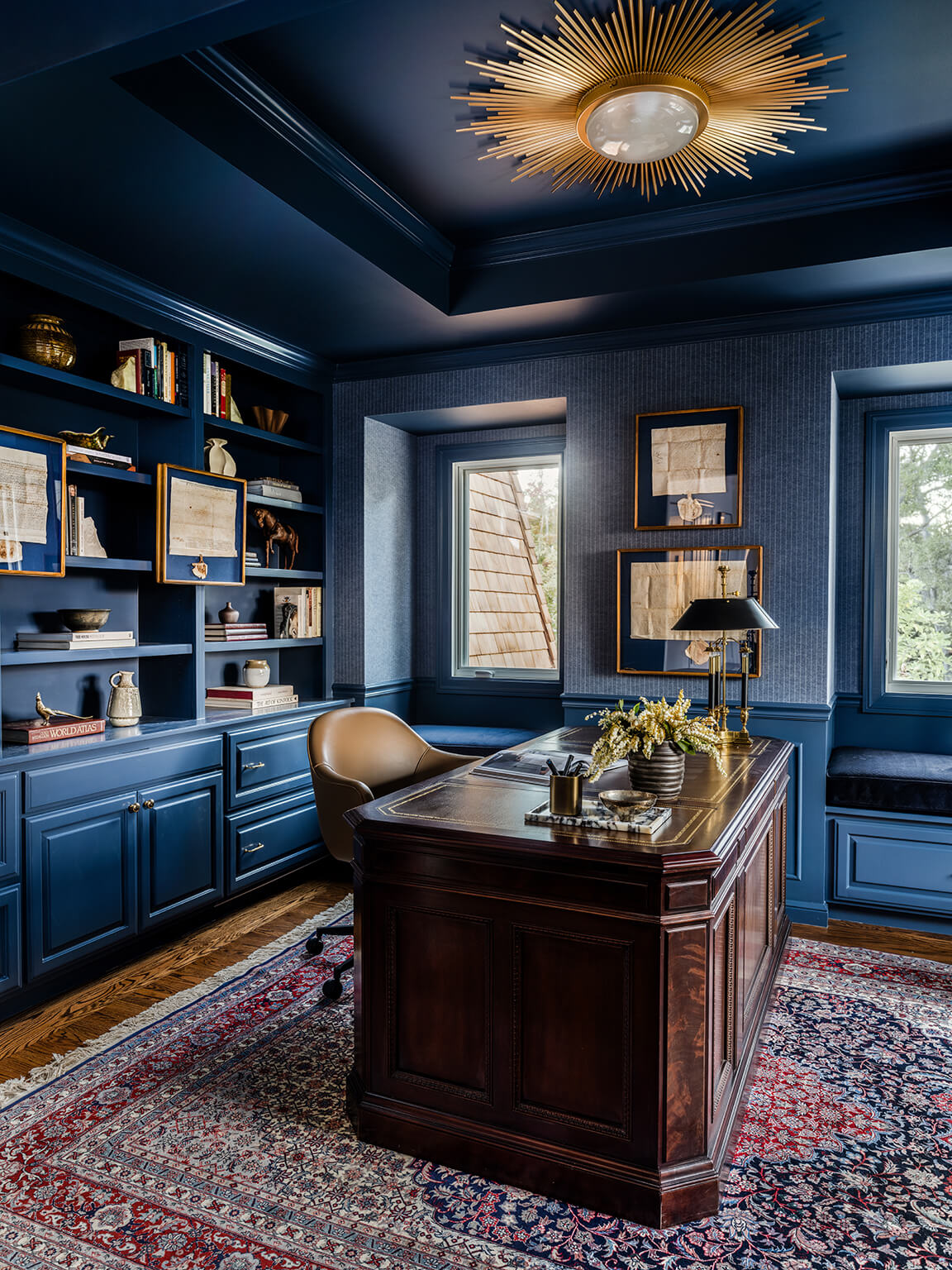
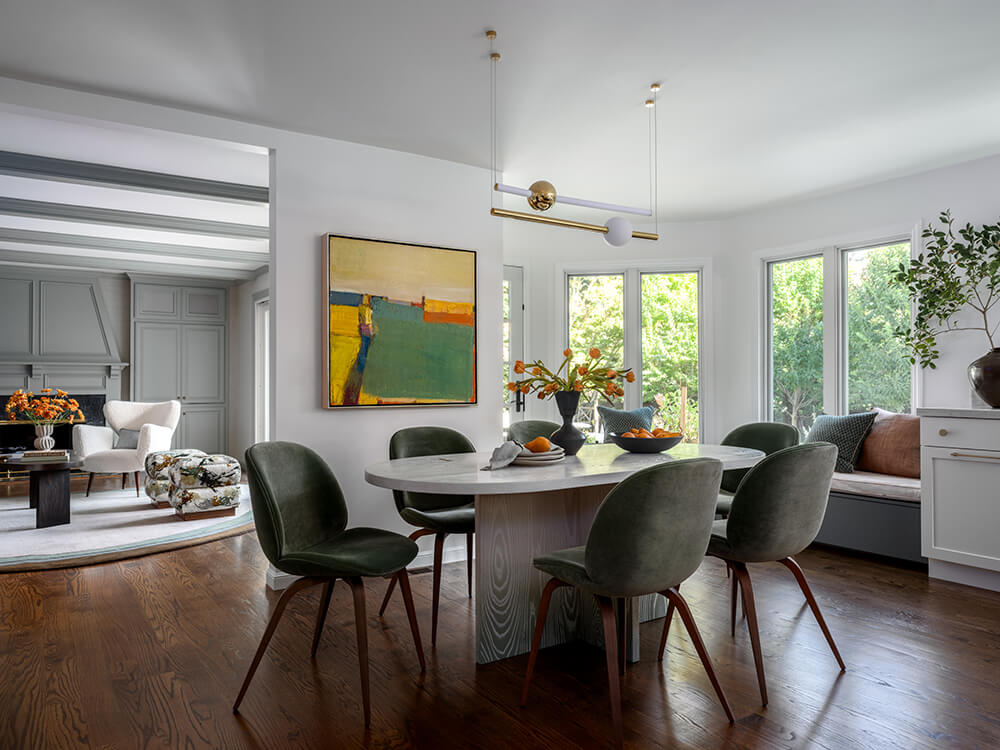
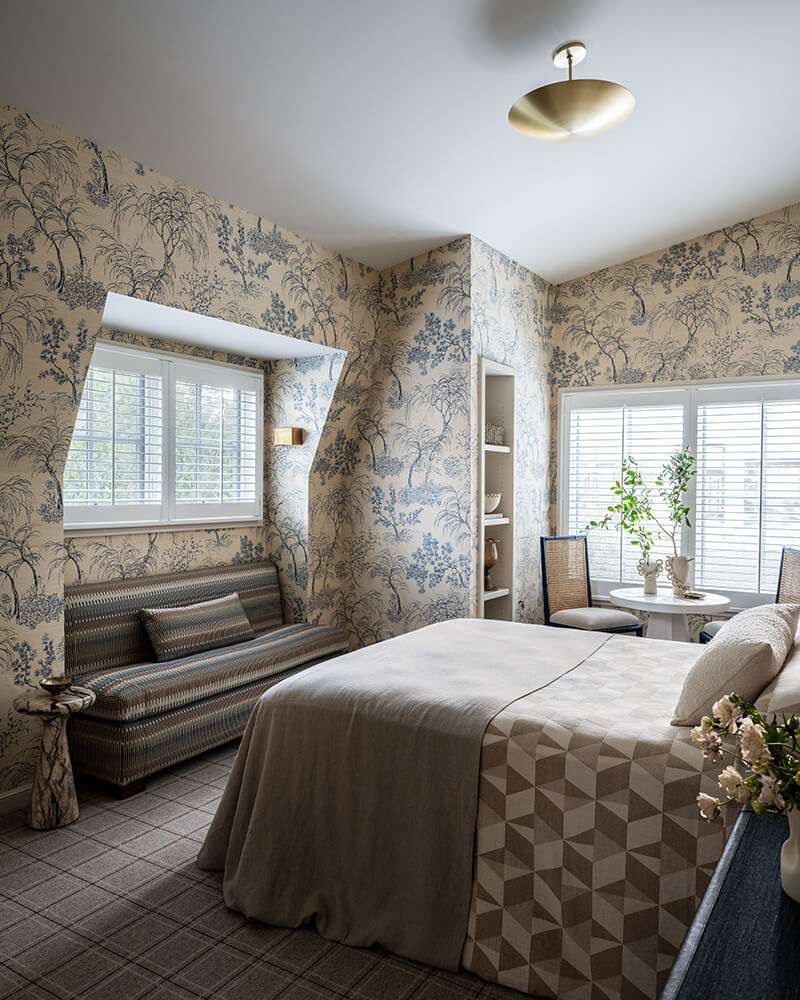
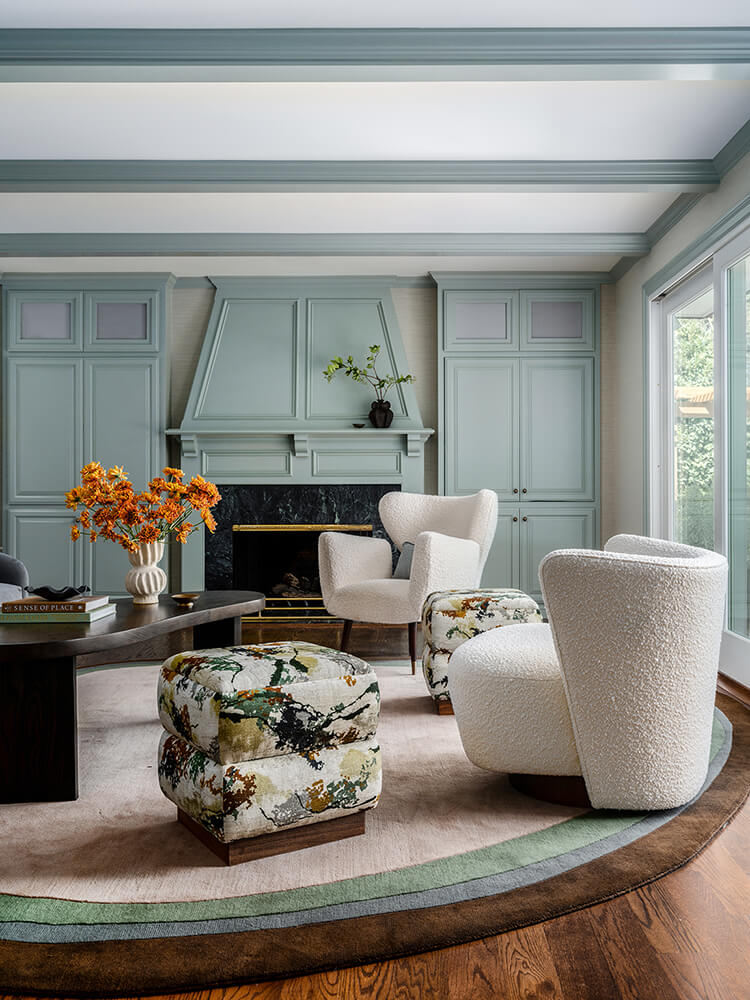
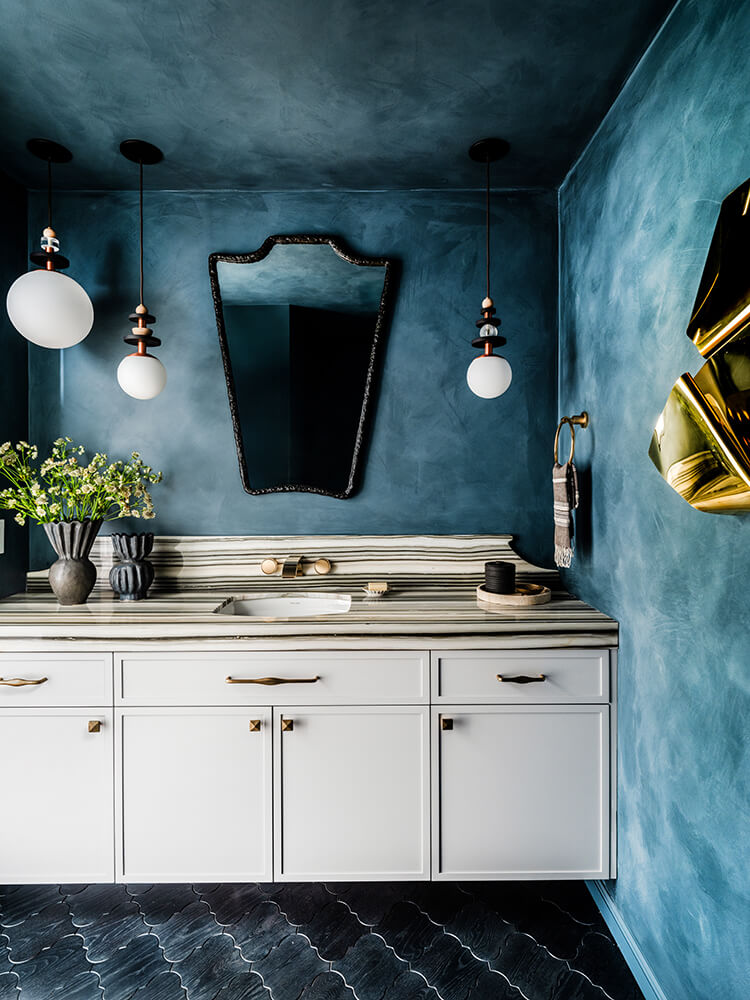
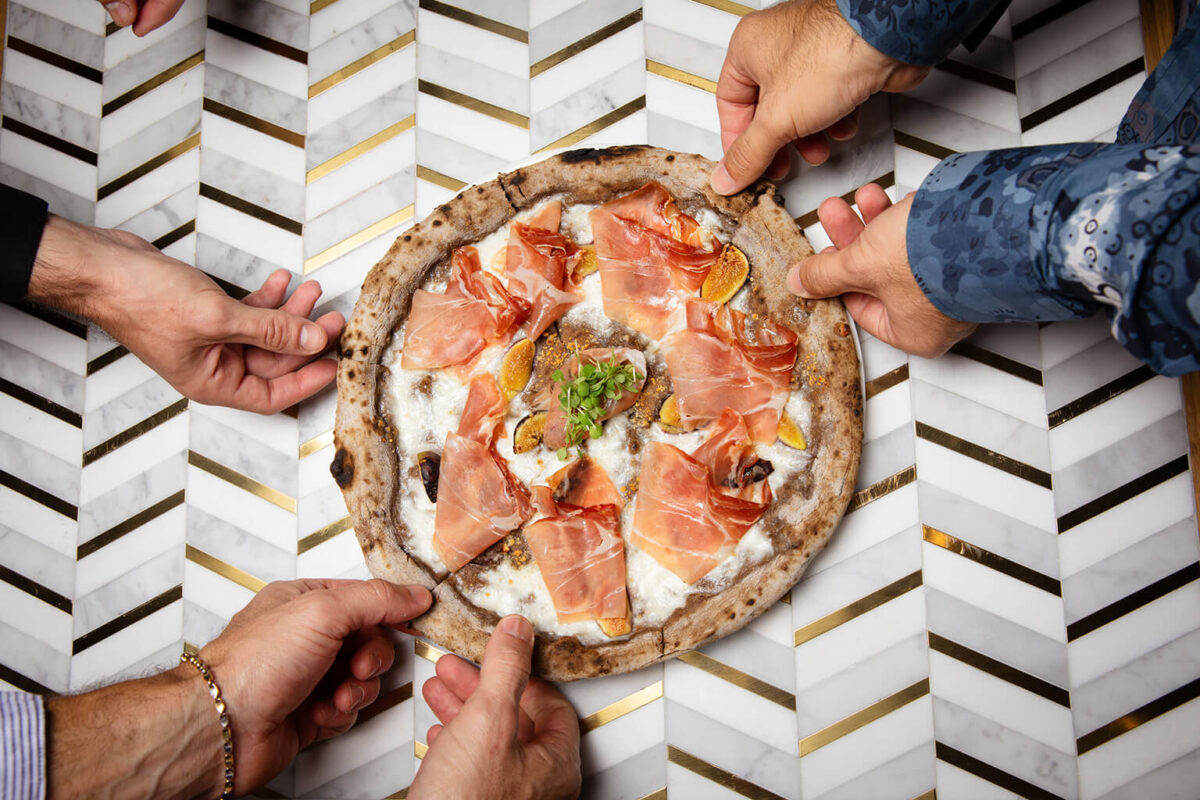
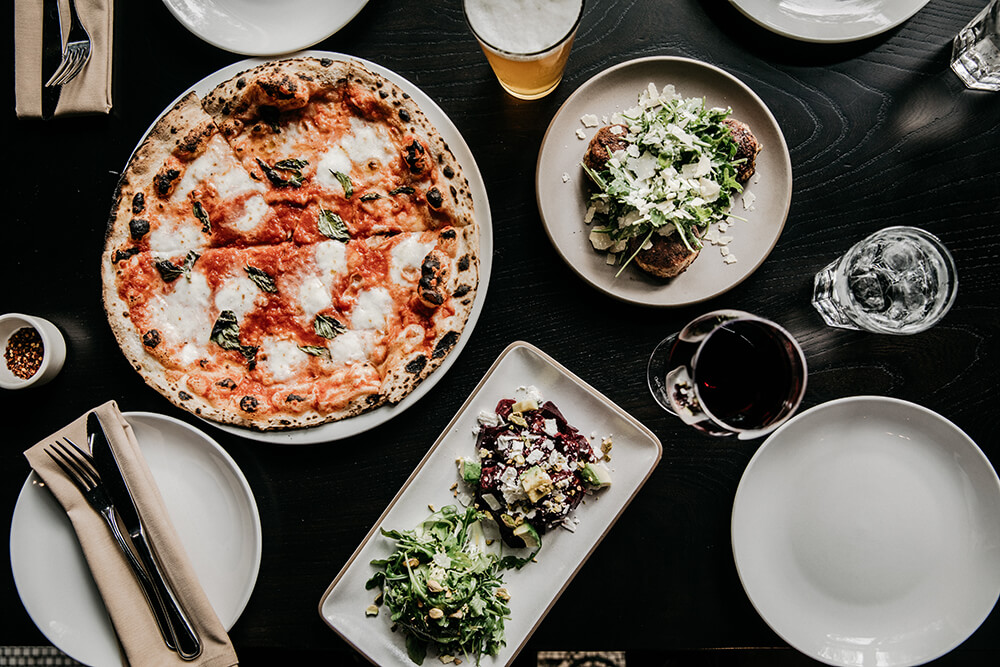
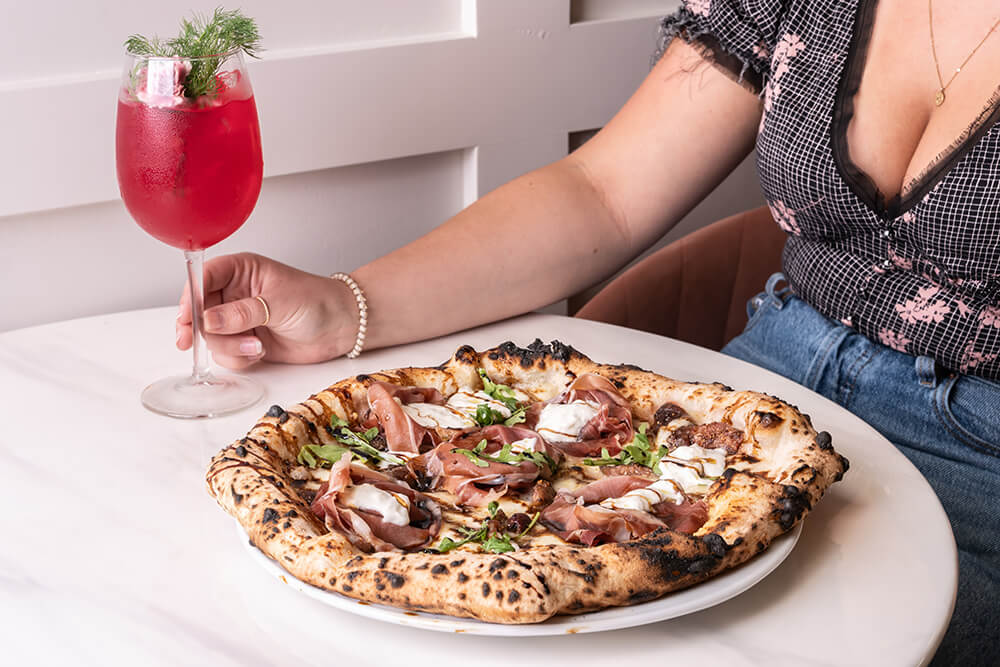
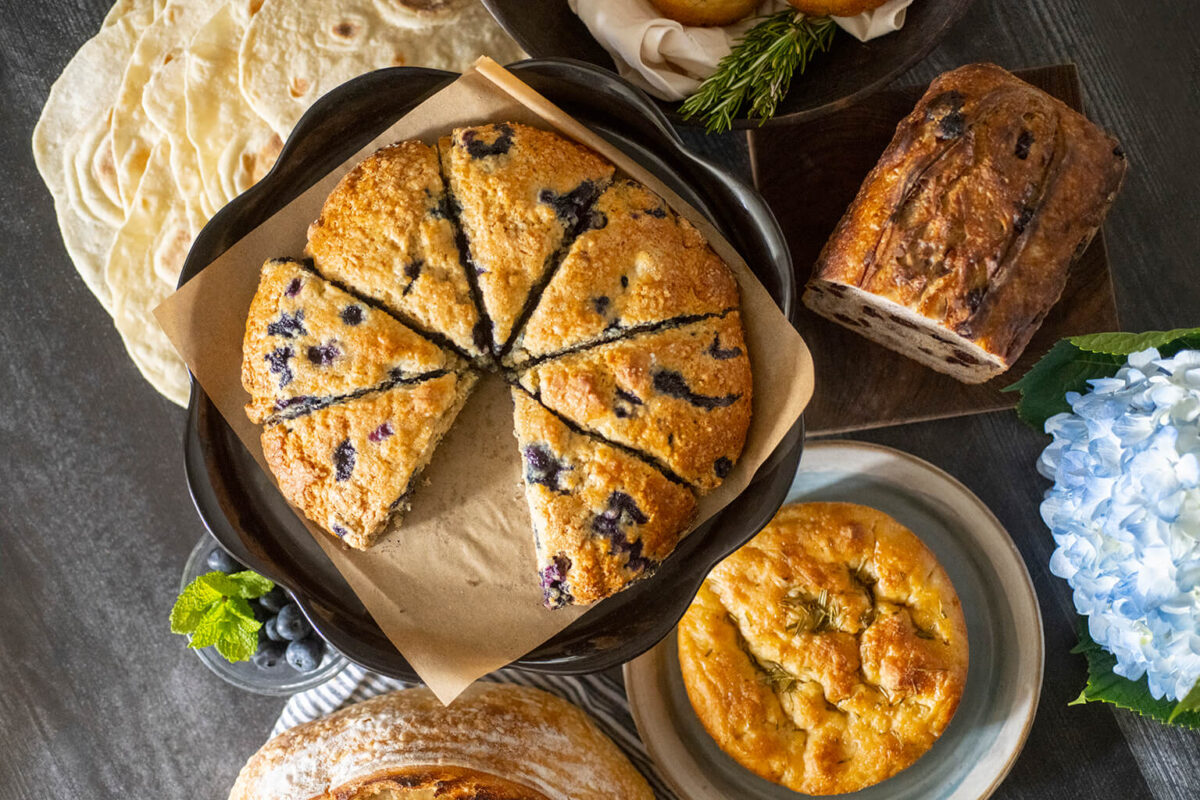
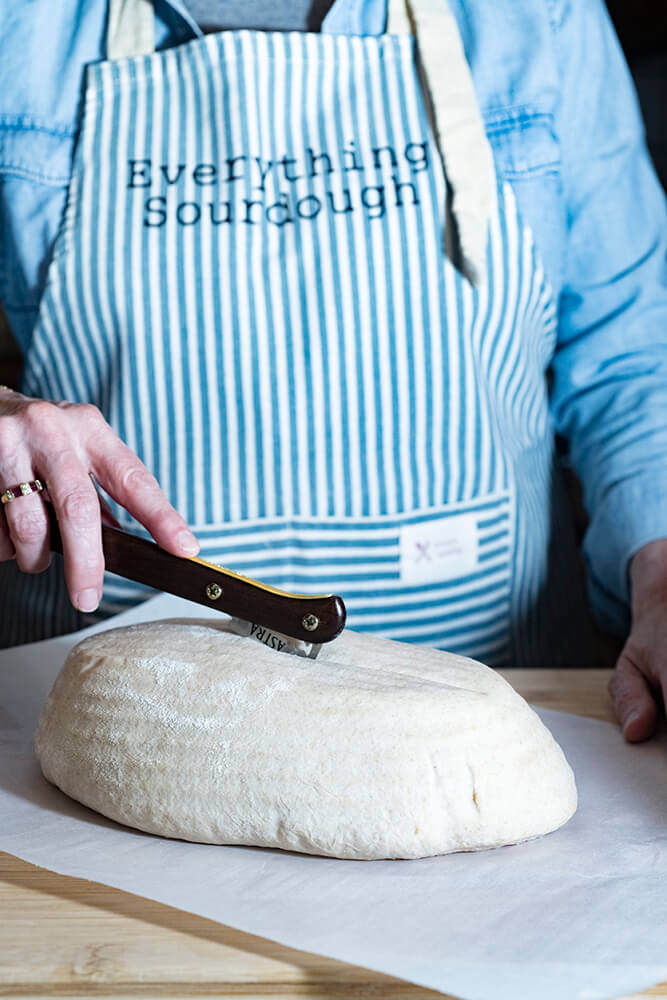 Deb launched her Etsy shop selling dehydrated sourdough starter, complete breadmaking kits and a beginner’s guide. Her Instagram account is where she shares her love of sourdough baking by way of tempting recipes, practical advice and encouraging words. She also teaches classes a few times a month, has an Amazon storefront selling recommended tools and bakes for a few clients every month.
Deb launched her Etsy shop selling dehydrated sourdough starter, complete breadmaking kits and a beginner’s guide. Her Instagram account is where she shares her love of sourdough baking by way of tempting recipes, practical advice and encouraging words. She also teaches classes a few times a month, has an Amazon storefront selling recommended tools and bakes for a few clients every month.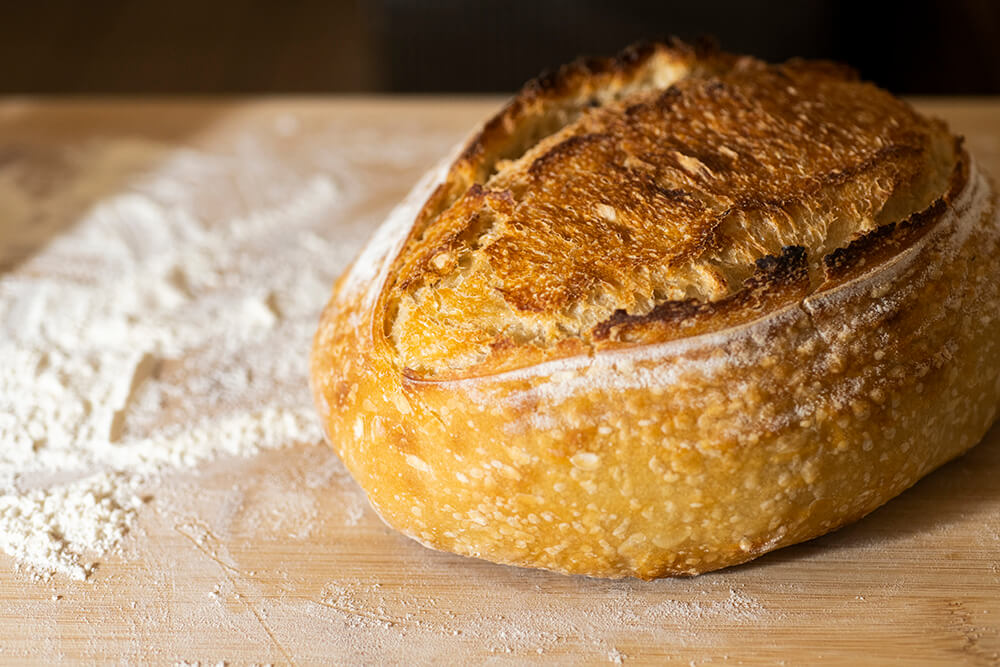
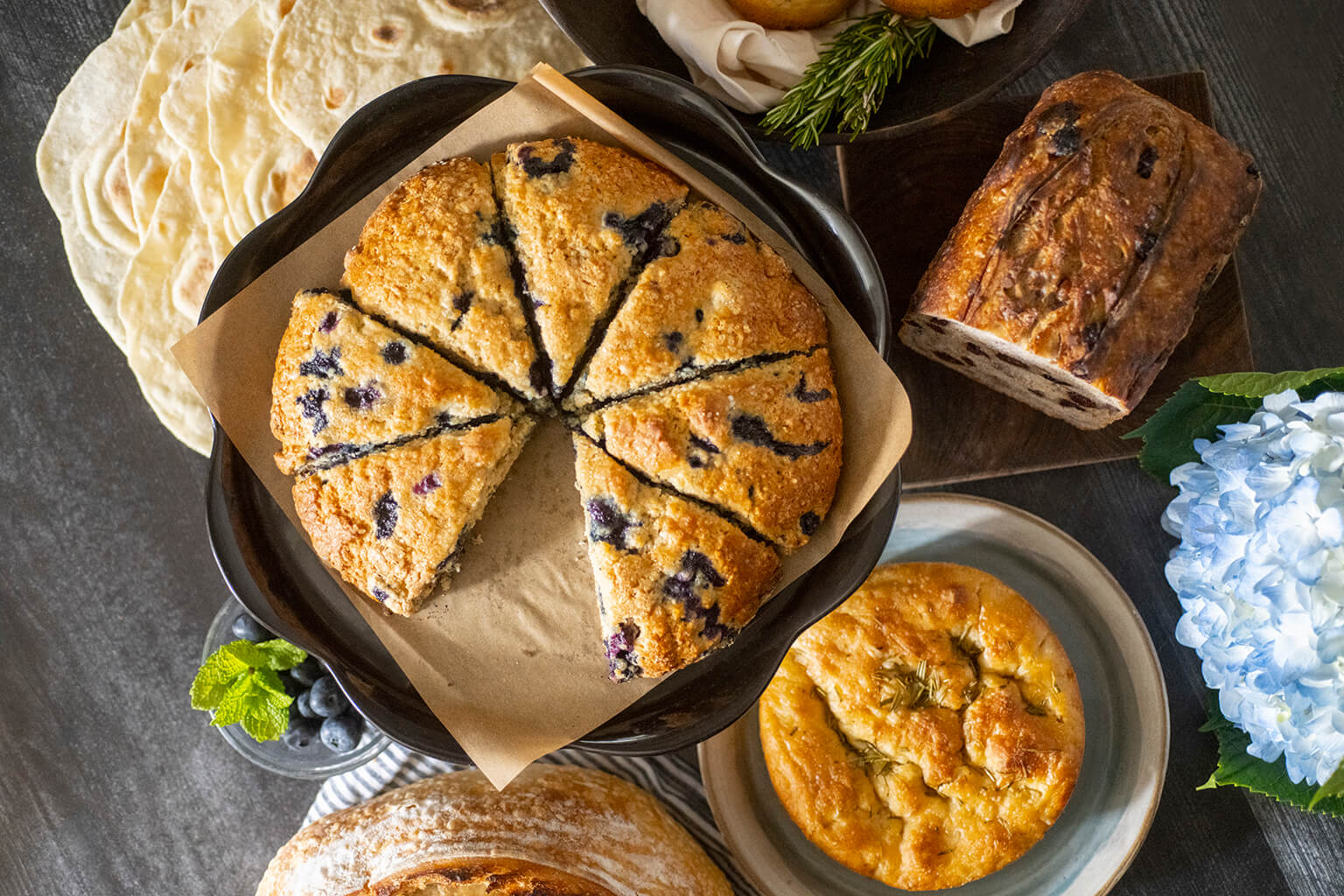
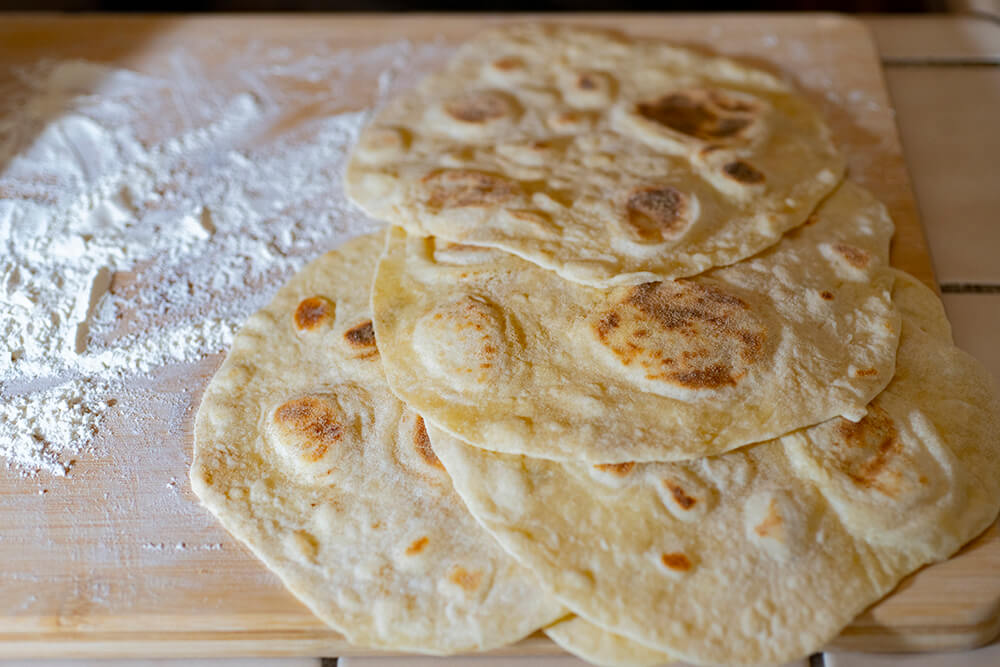
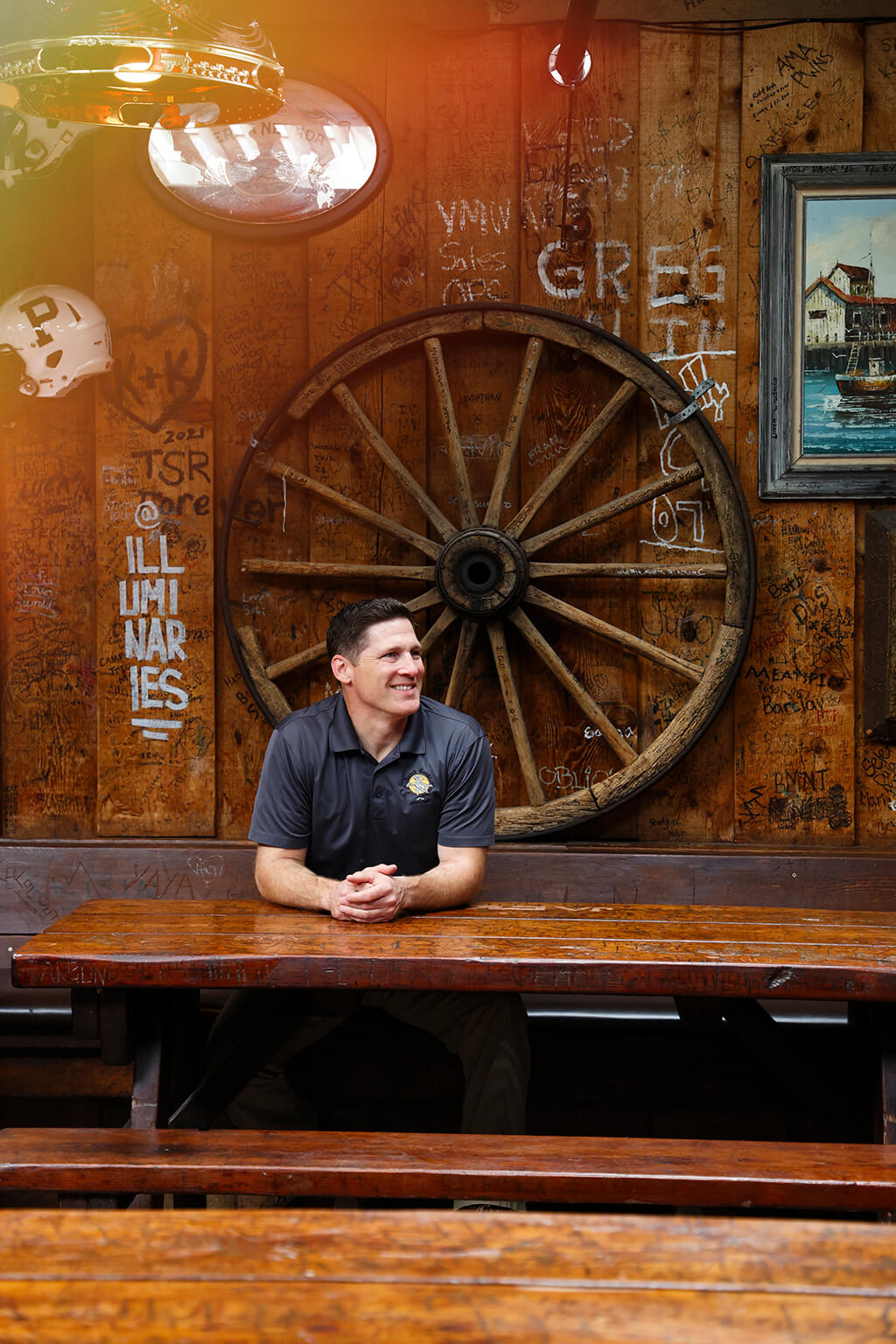
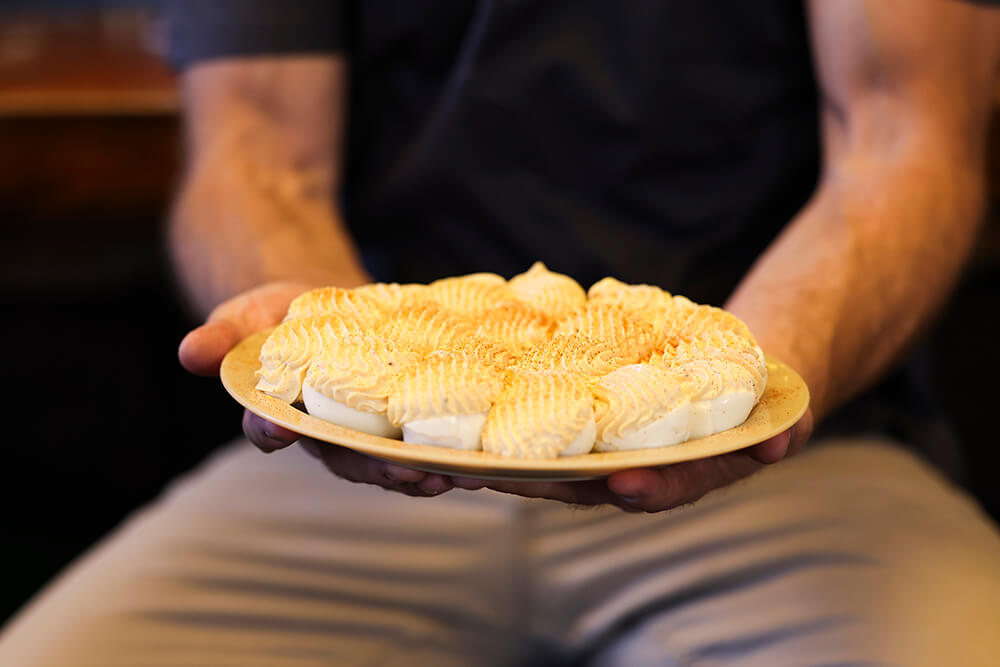
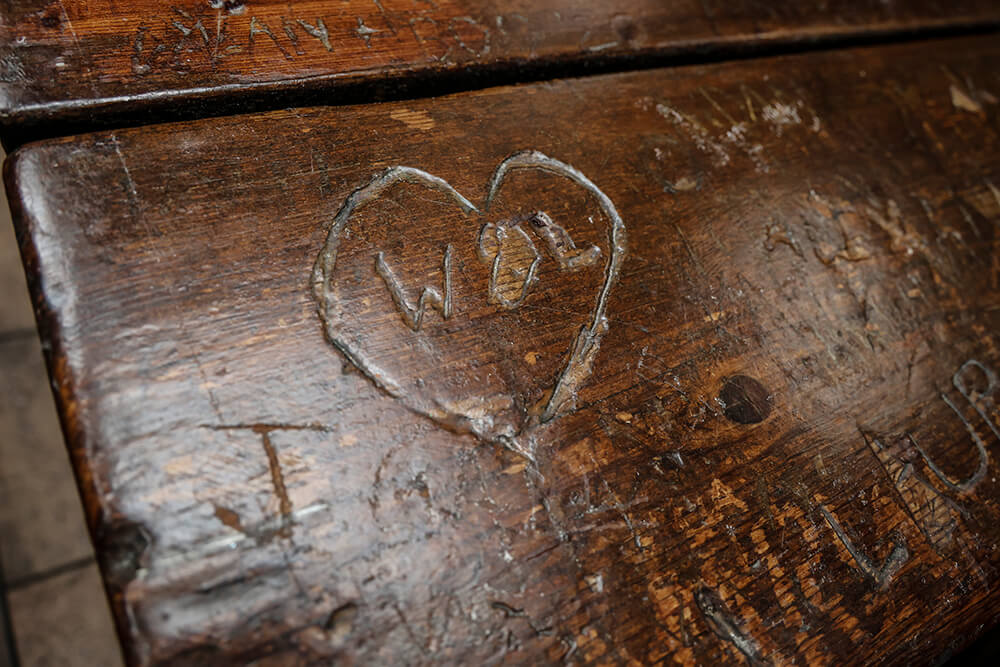
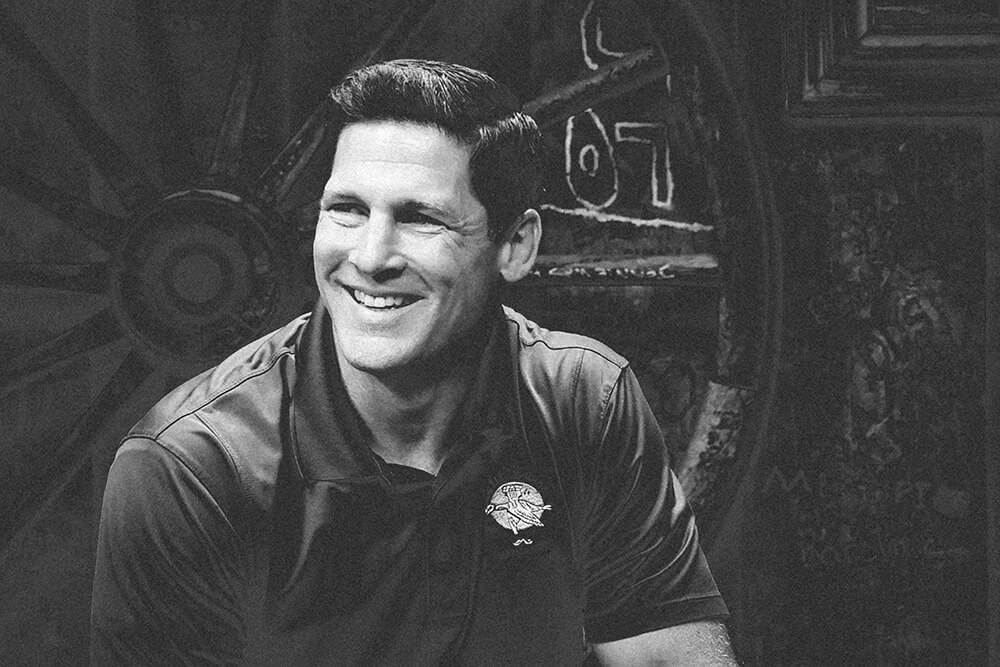
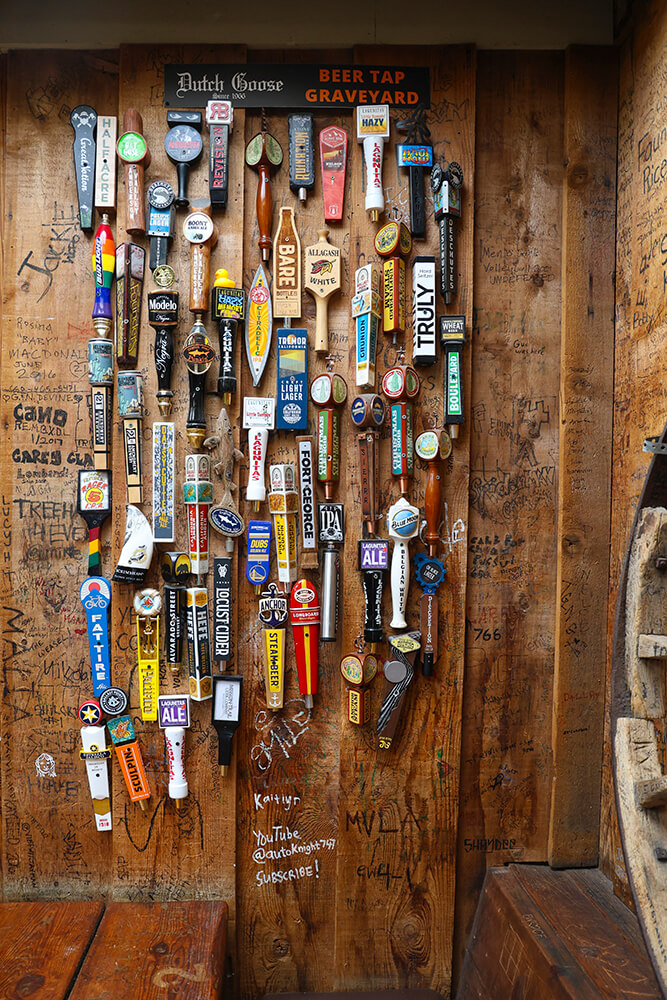
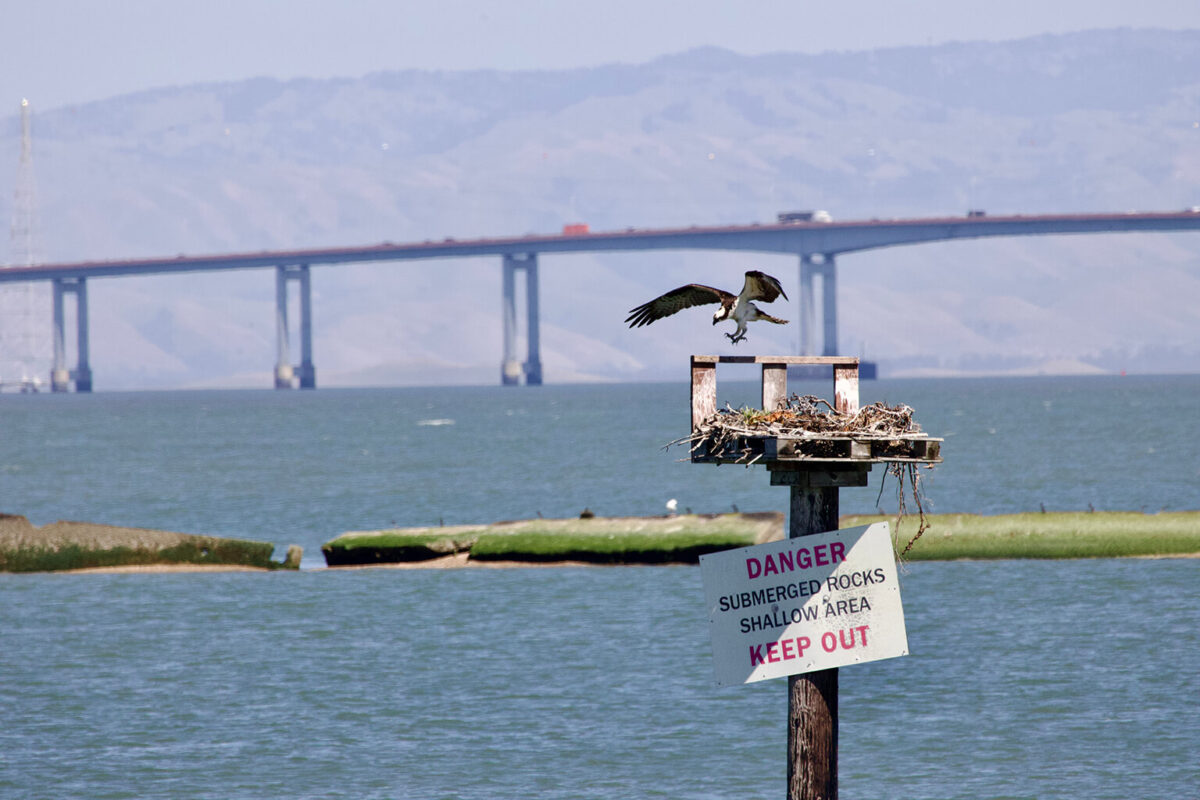


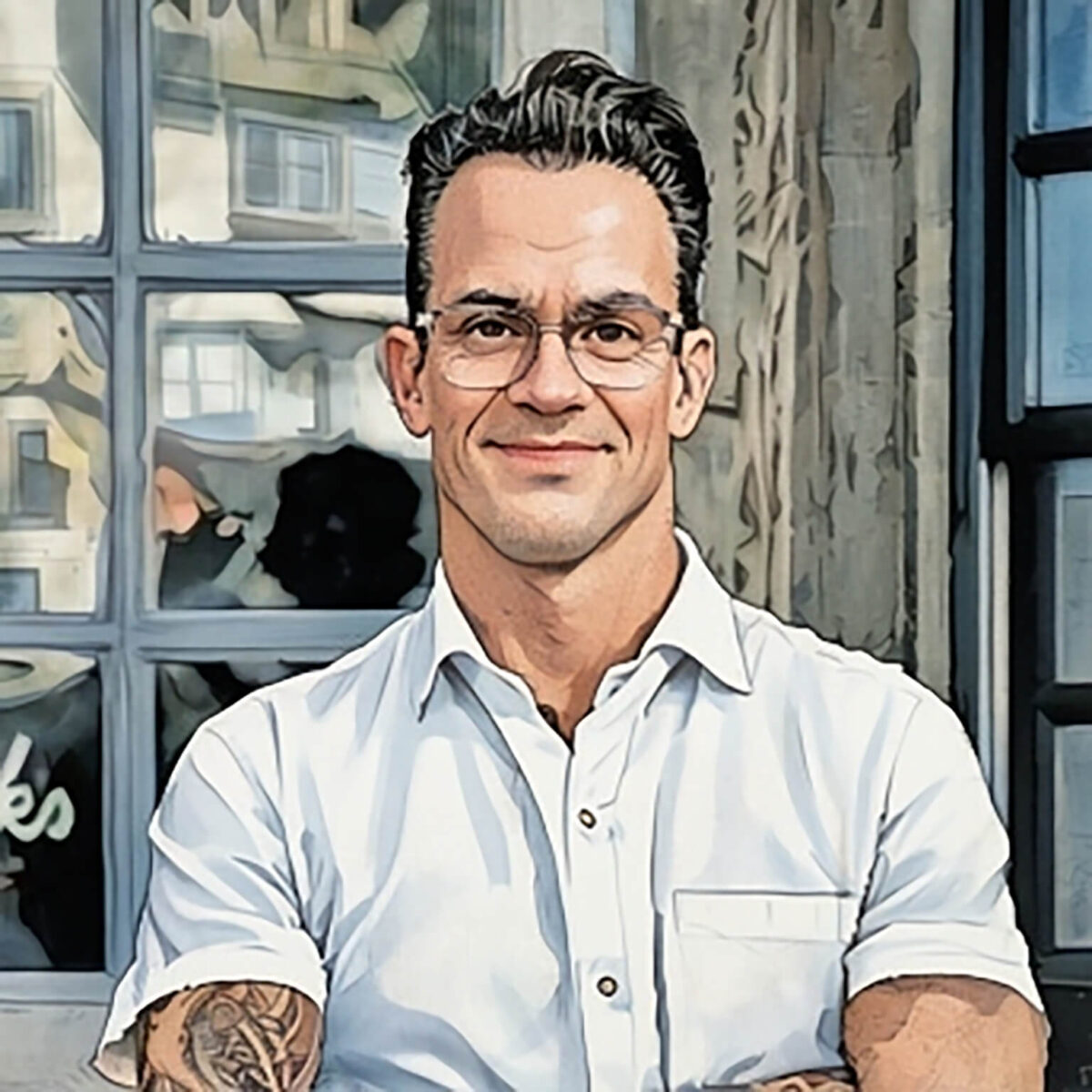

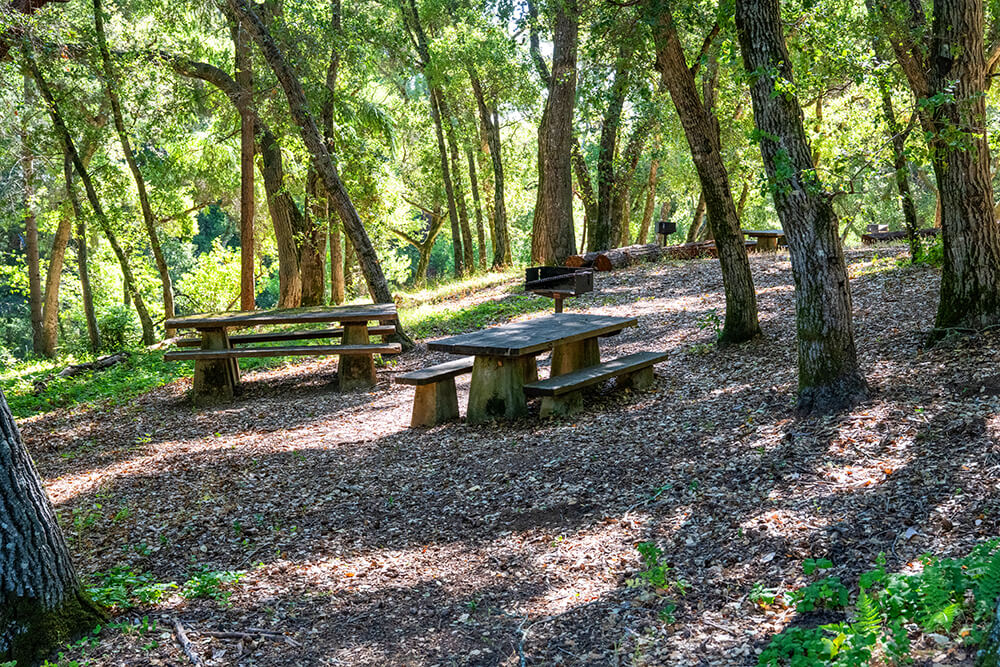

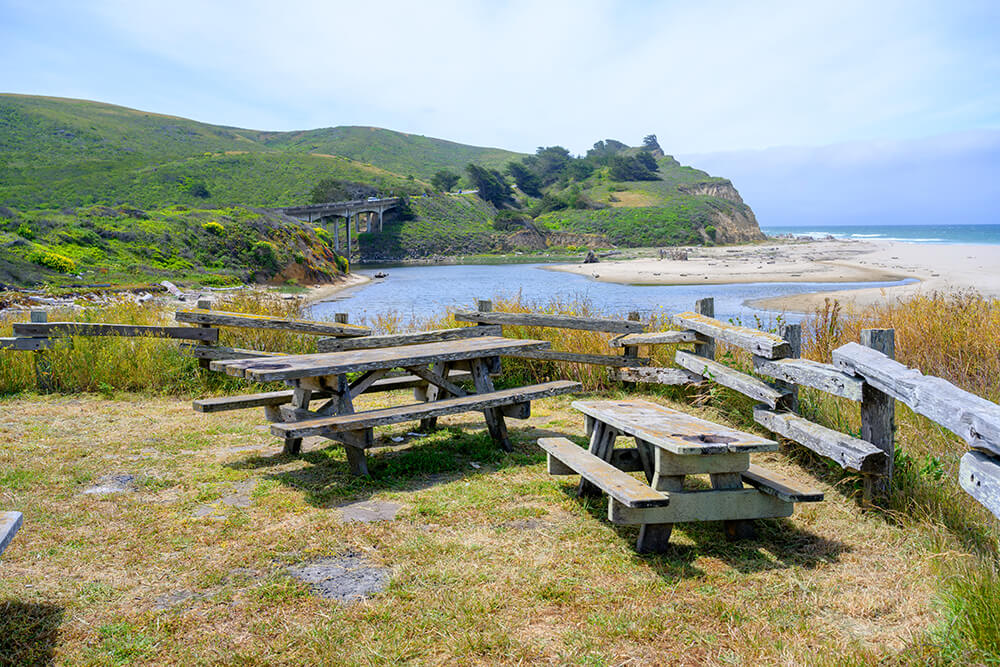
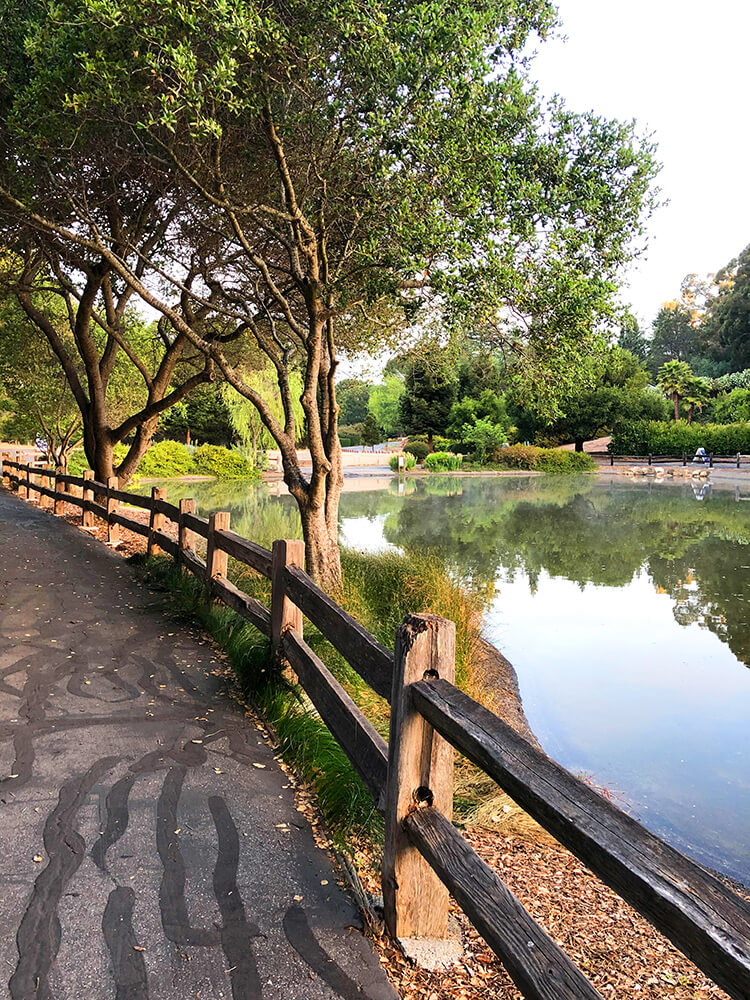
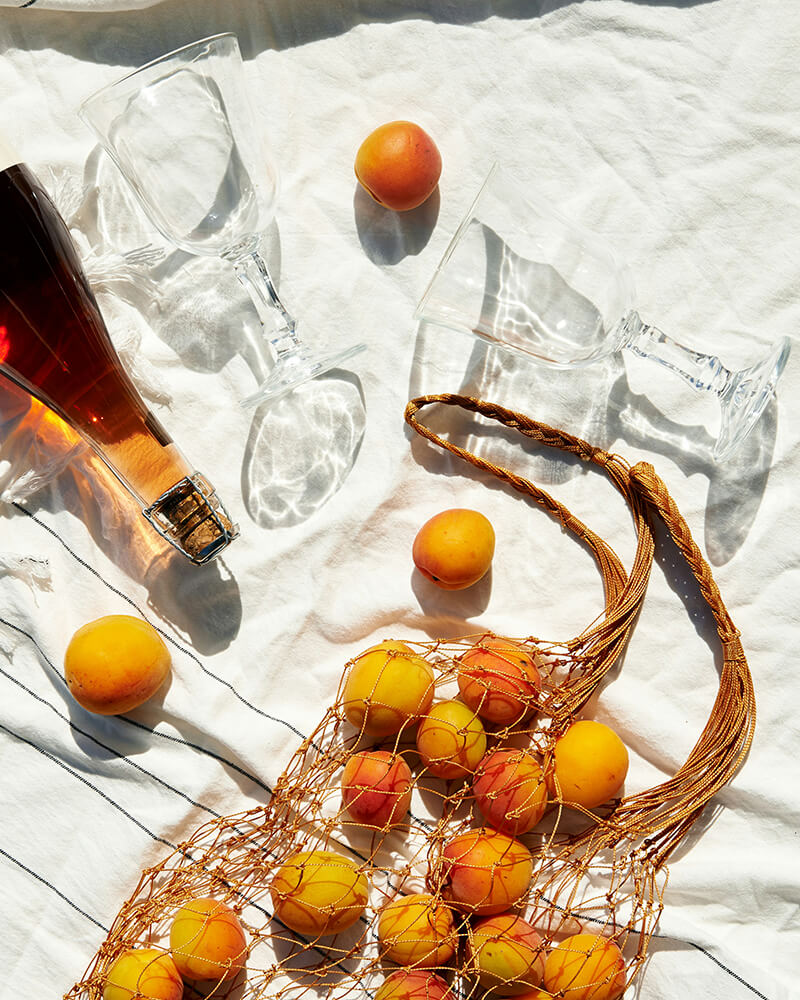
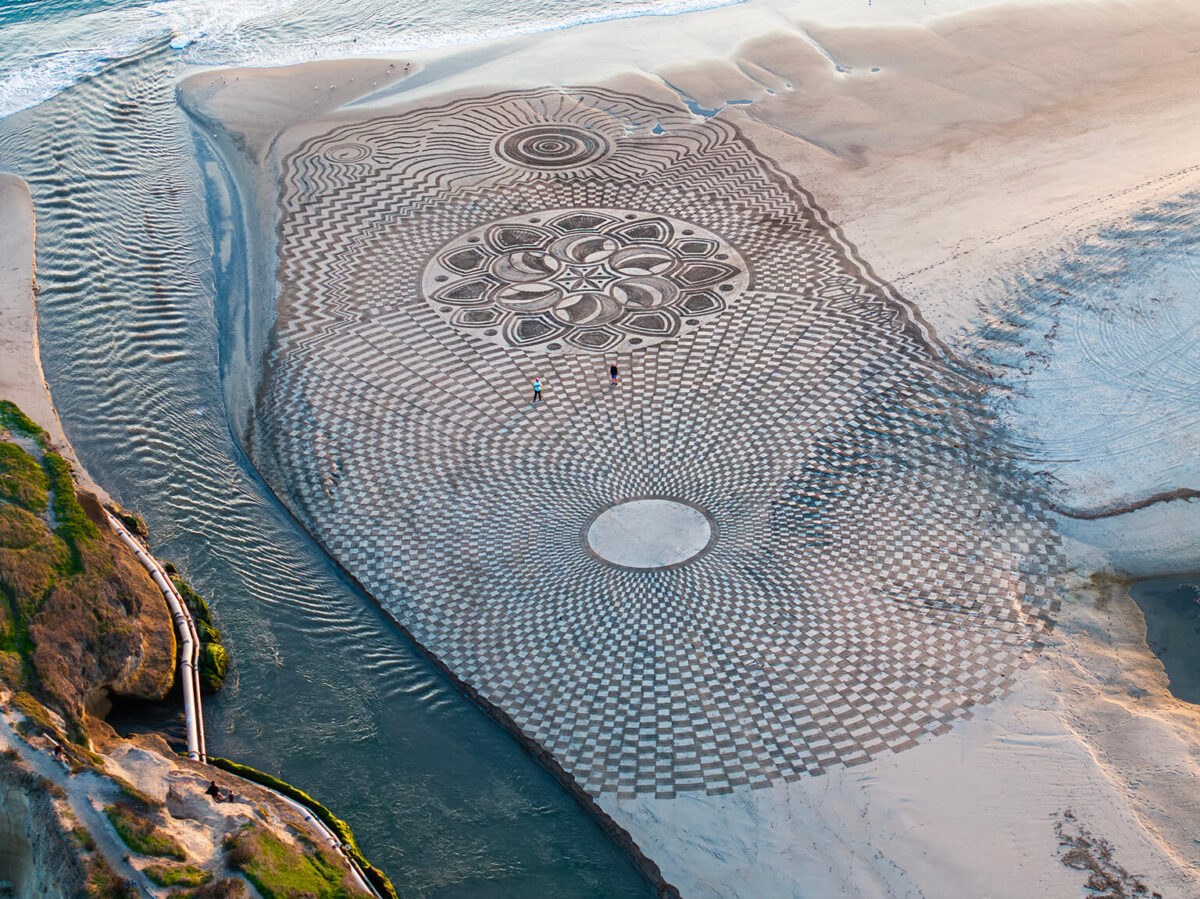
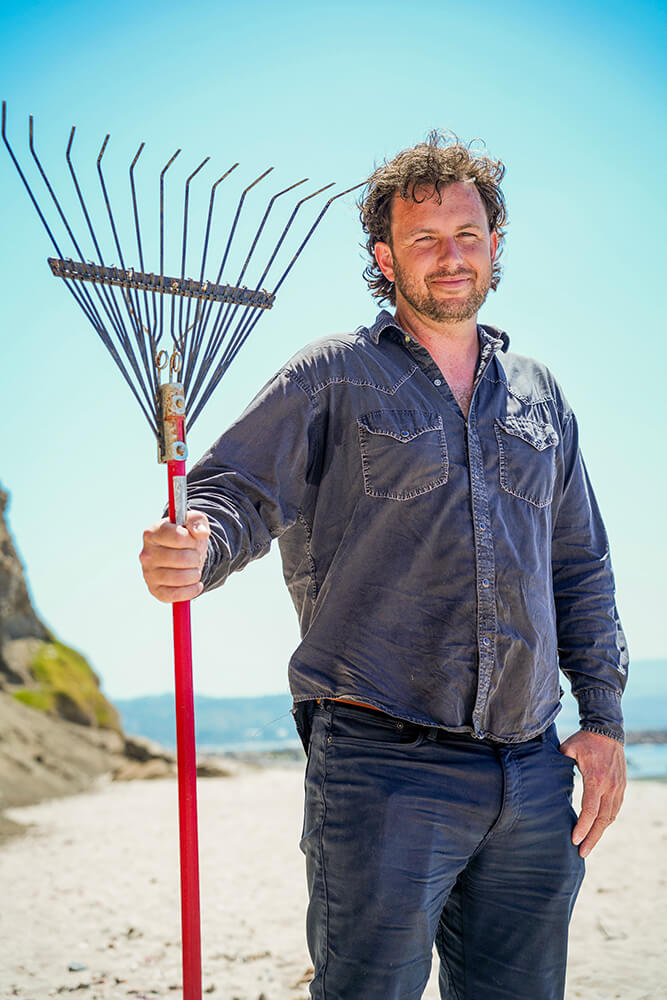
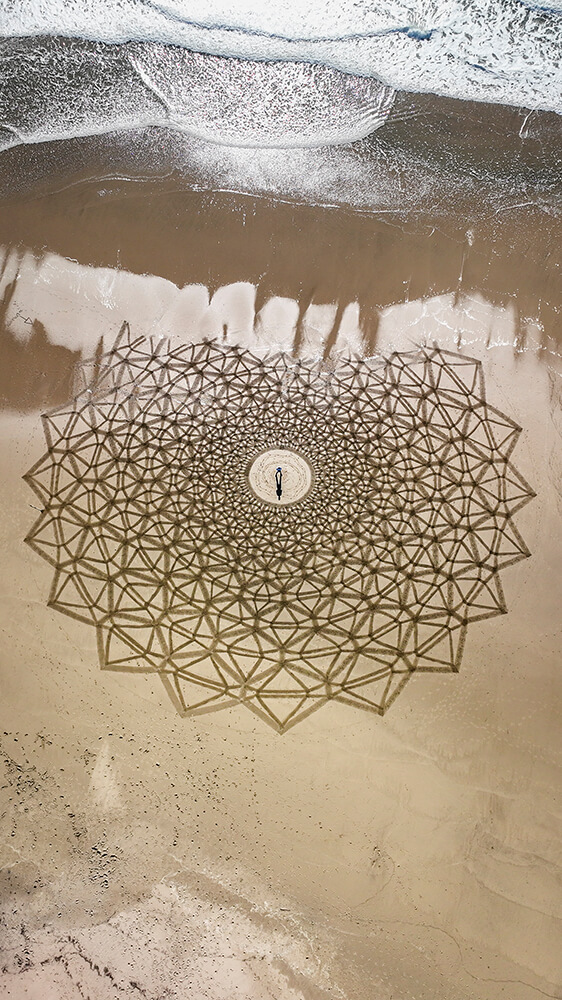

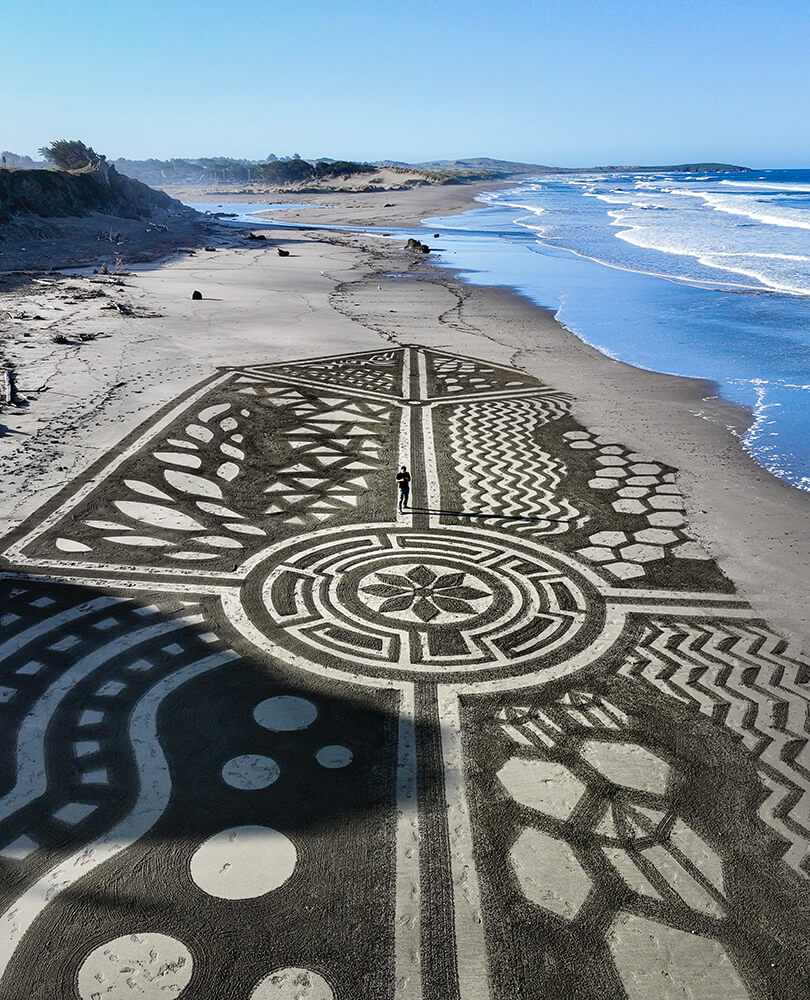
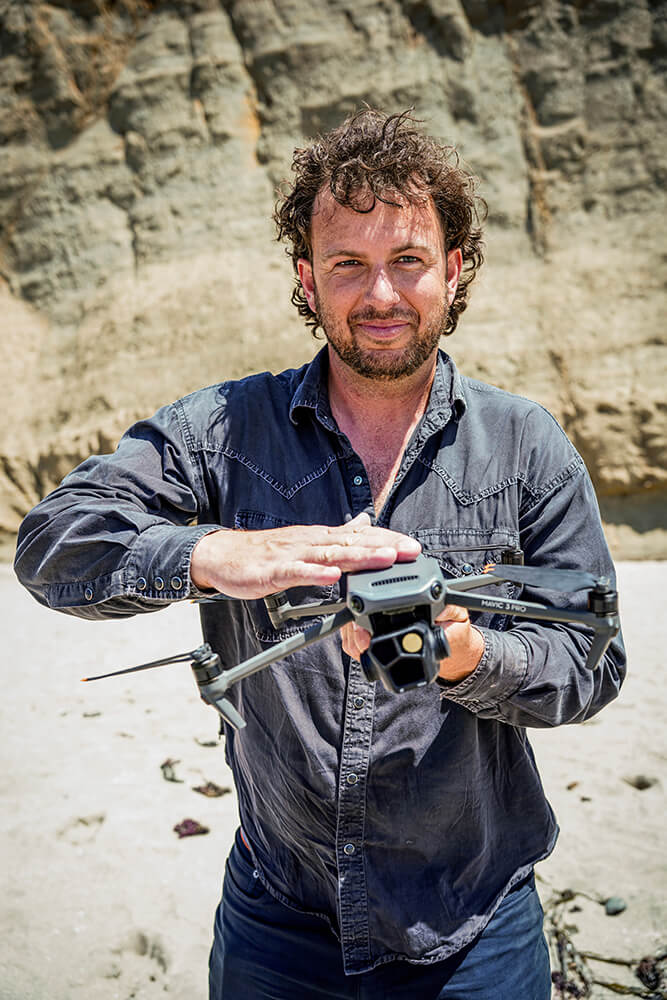

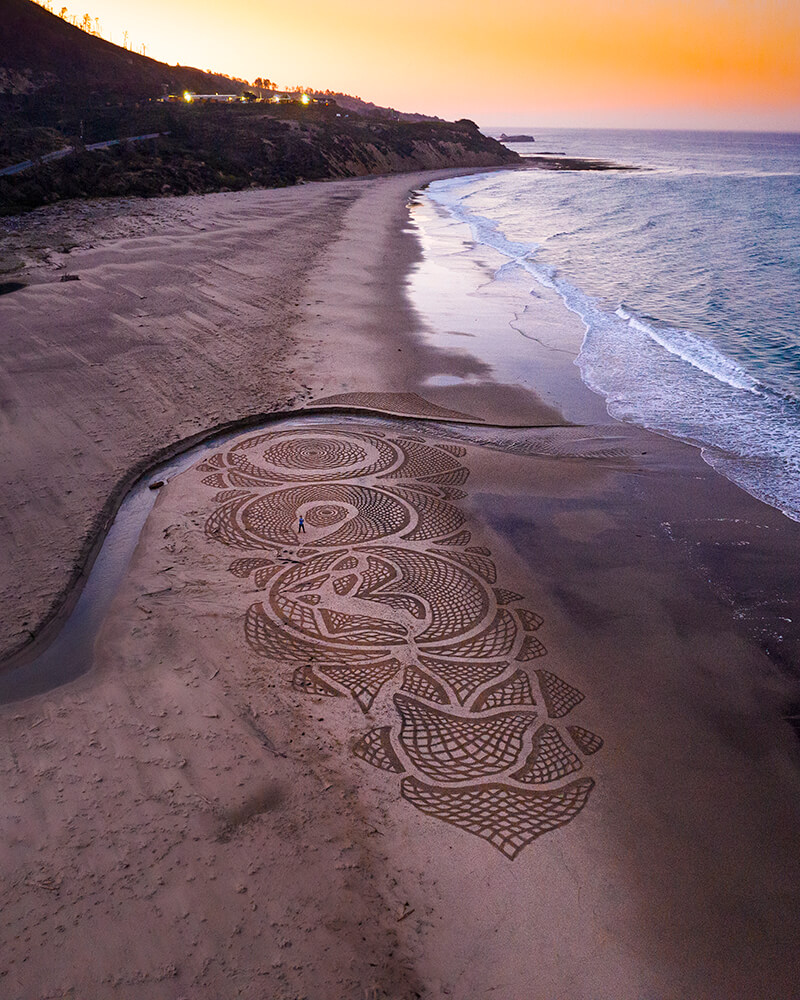 Photography: Brighton Denevan
Photography: Brighton Denevan